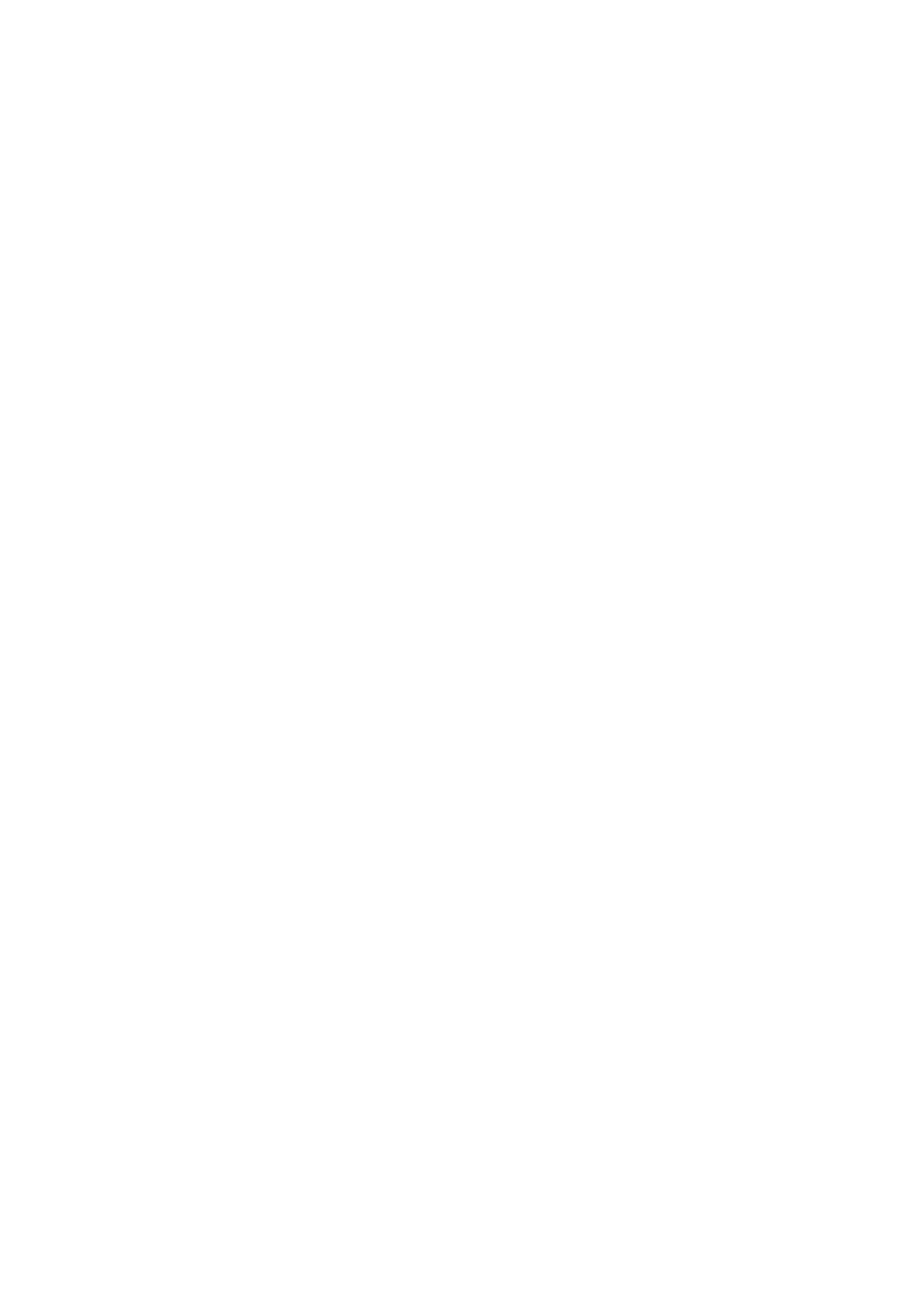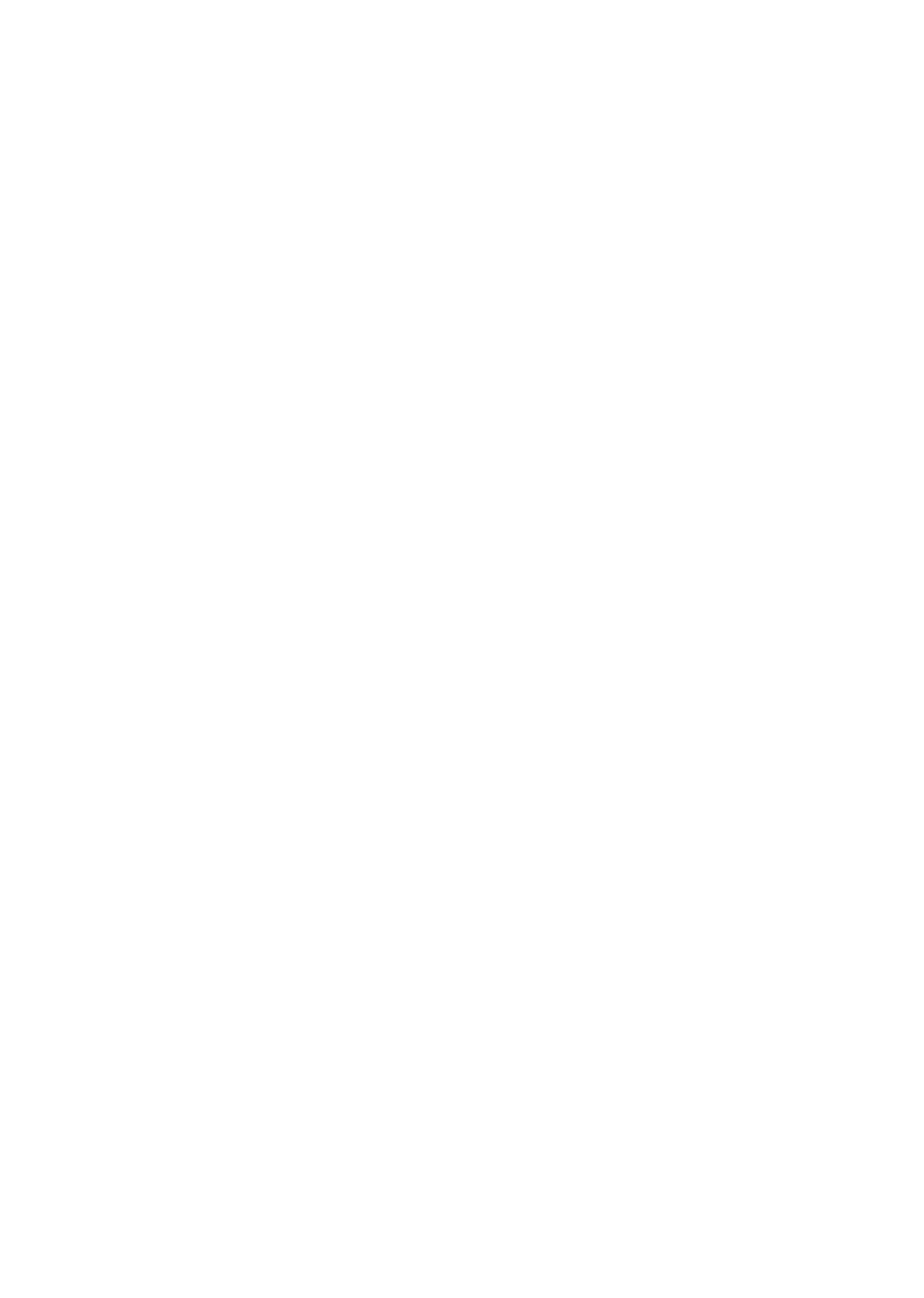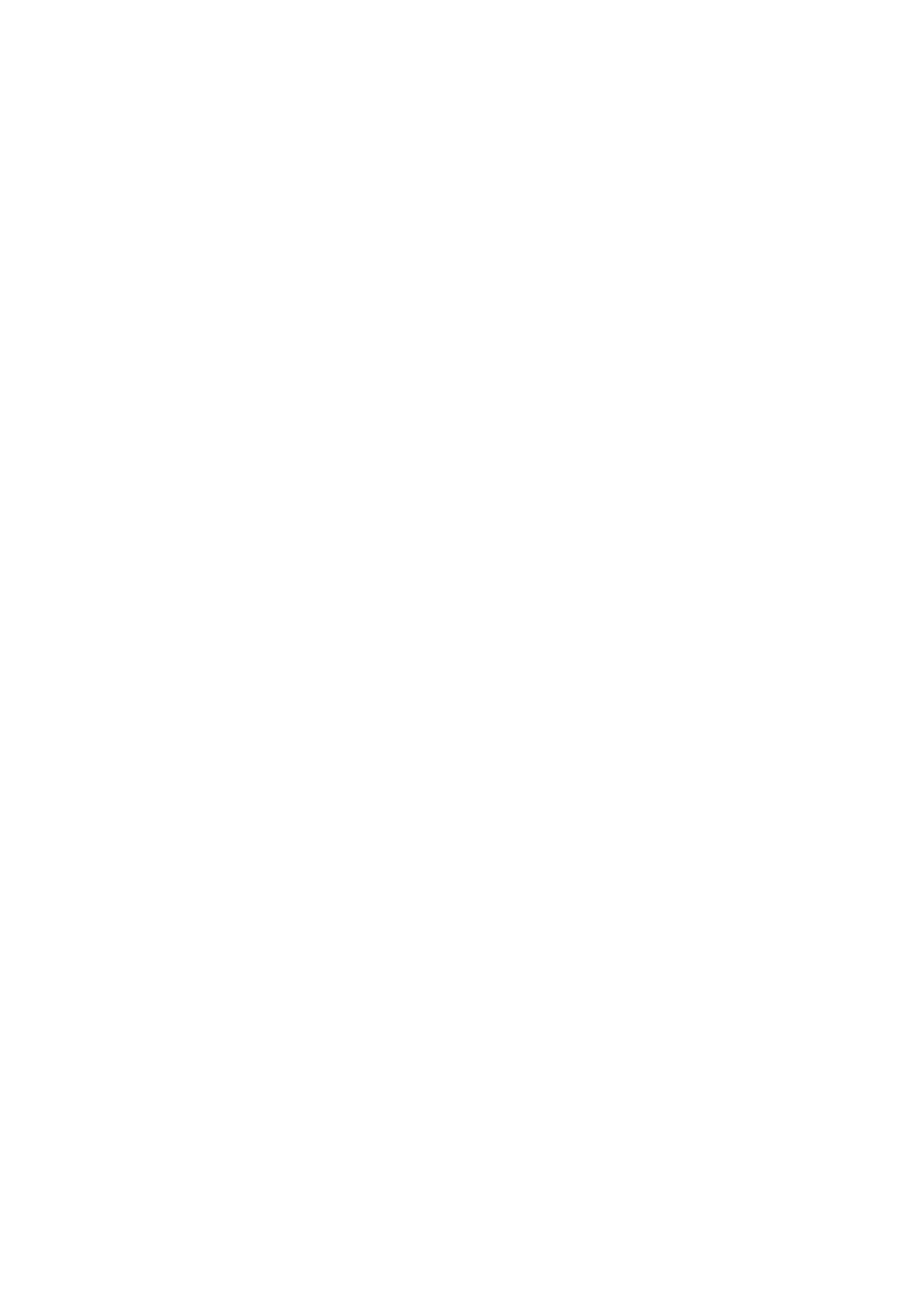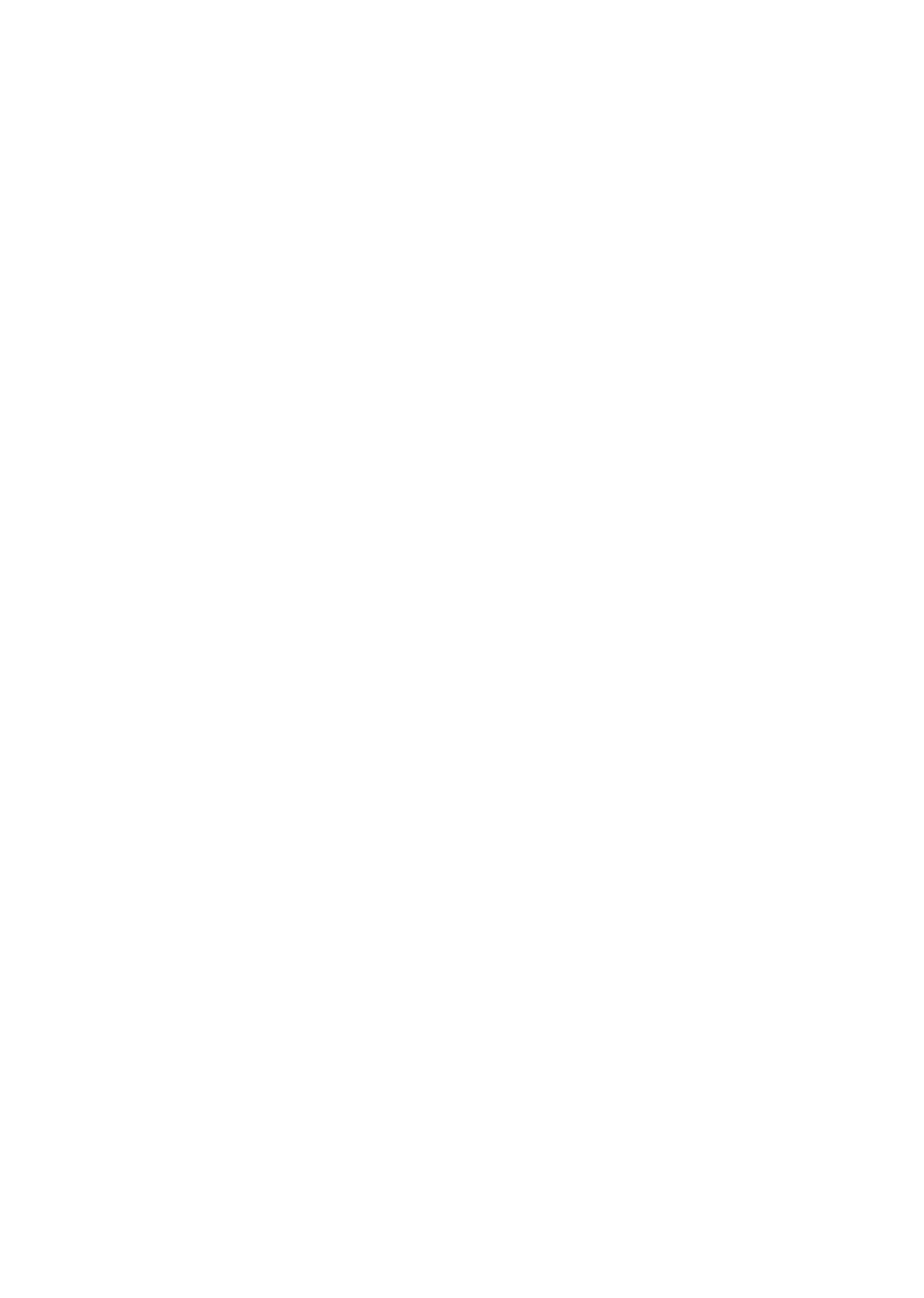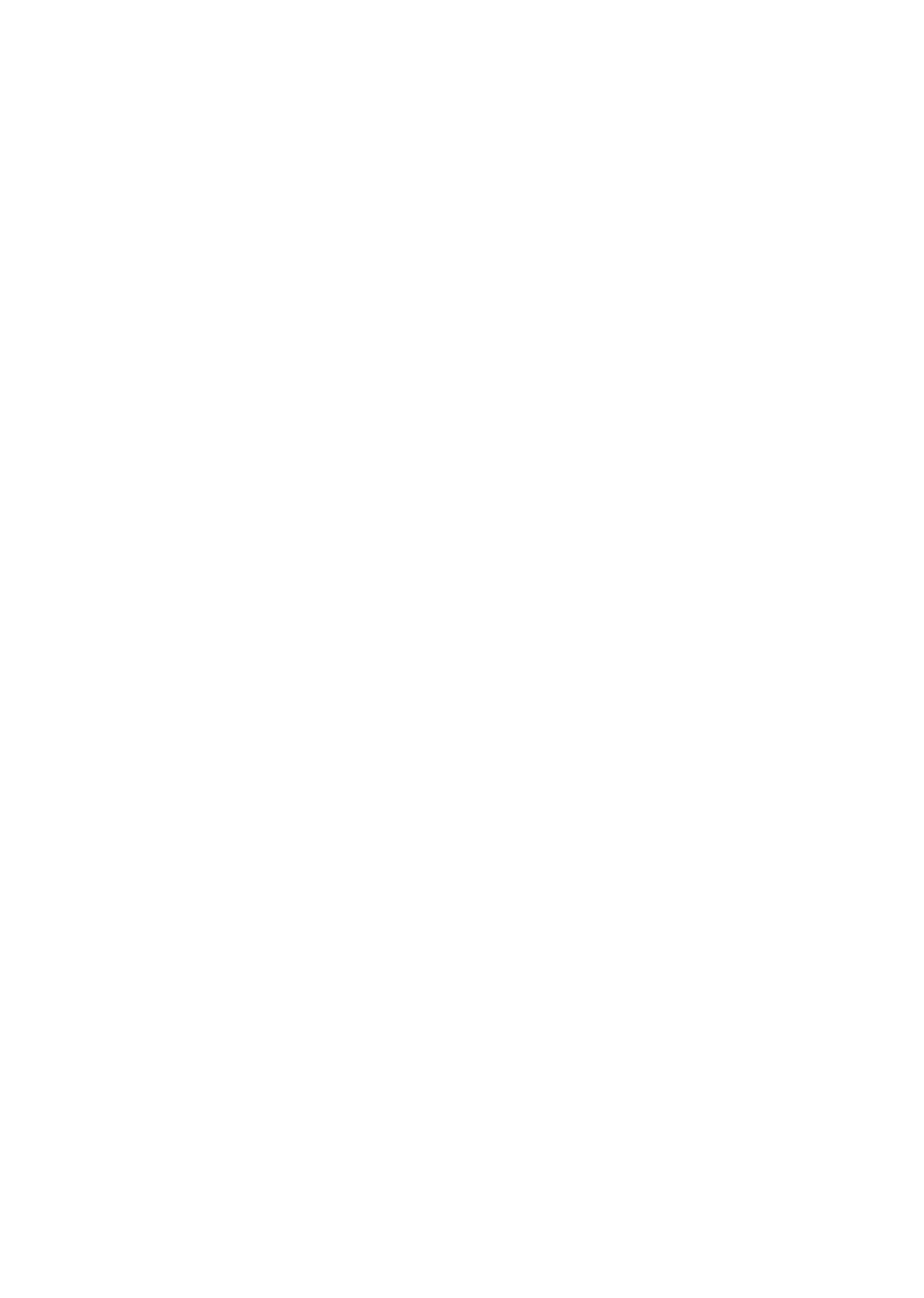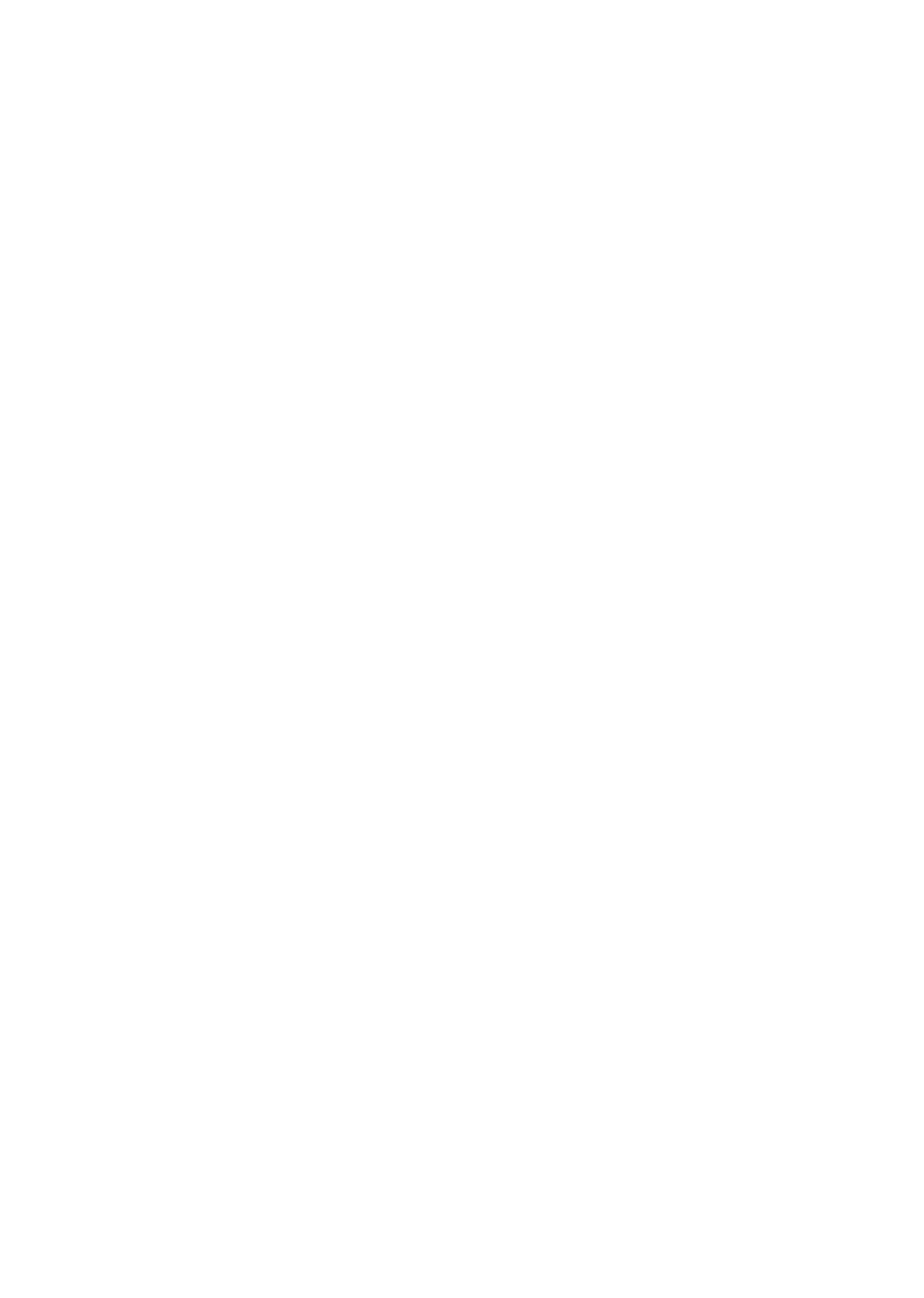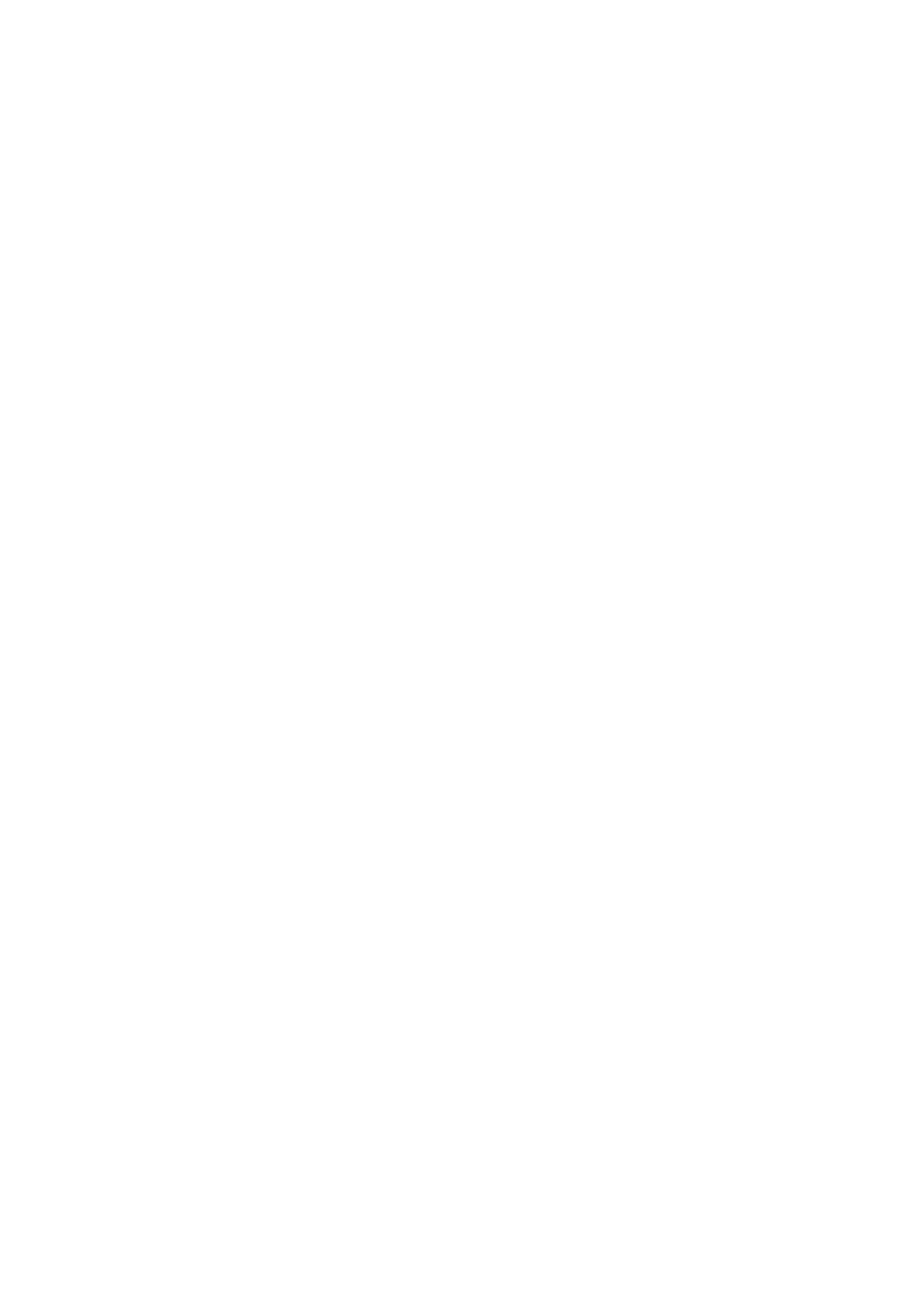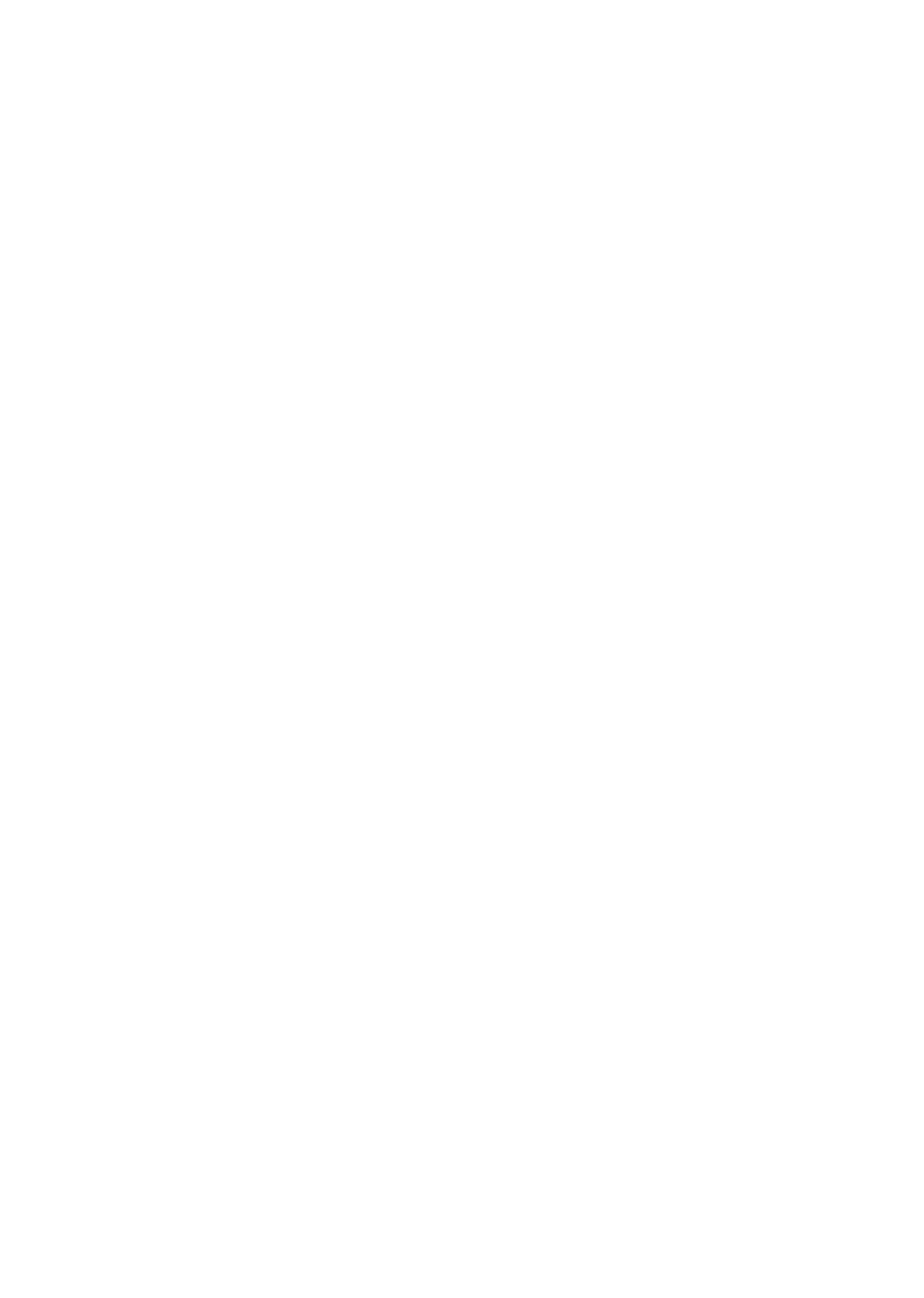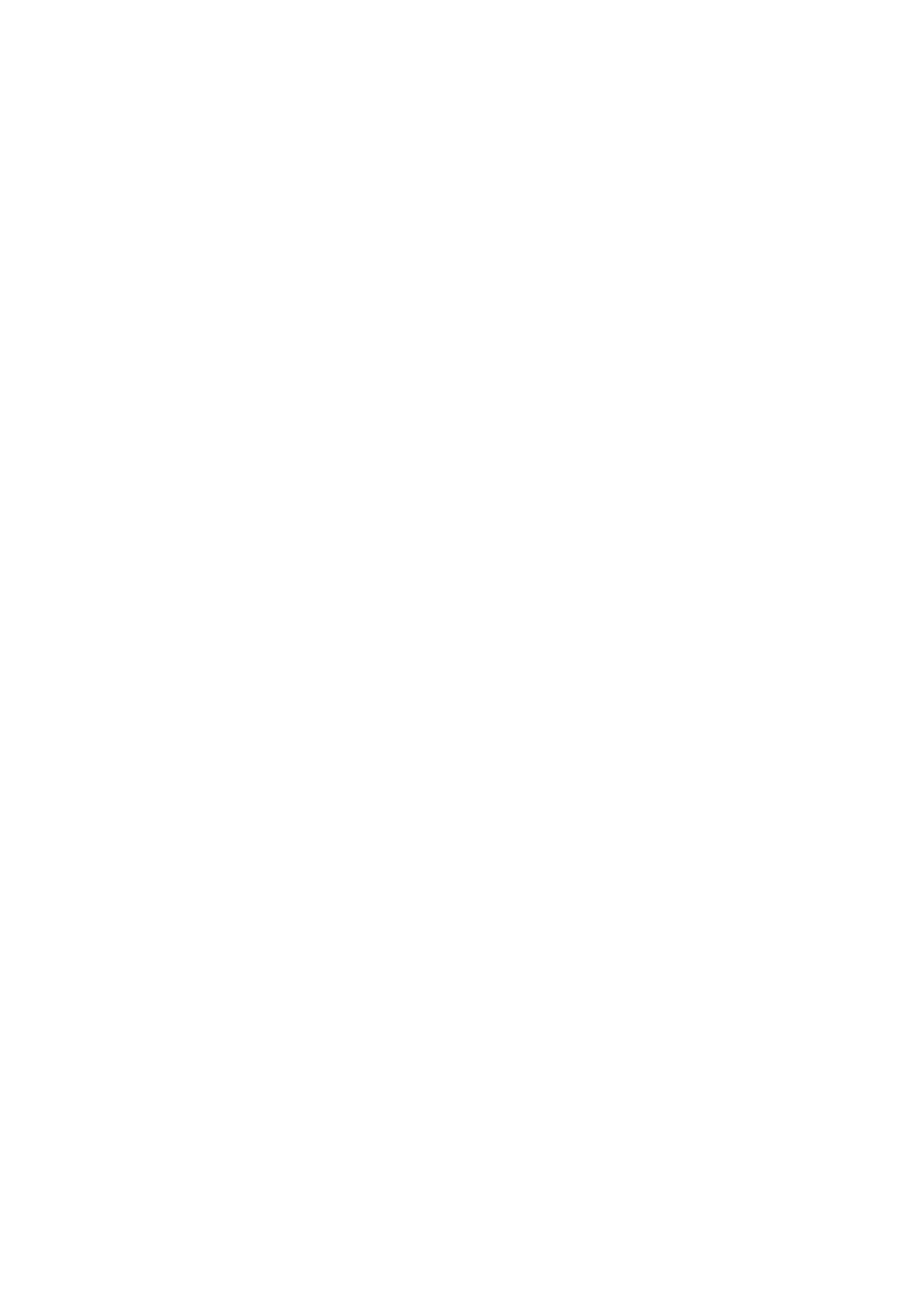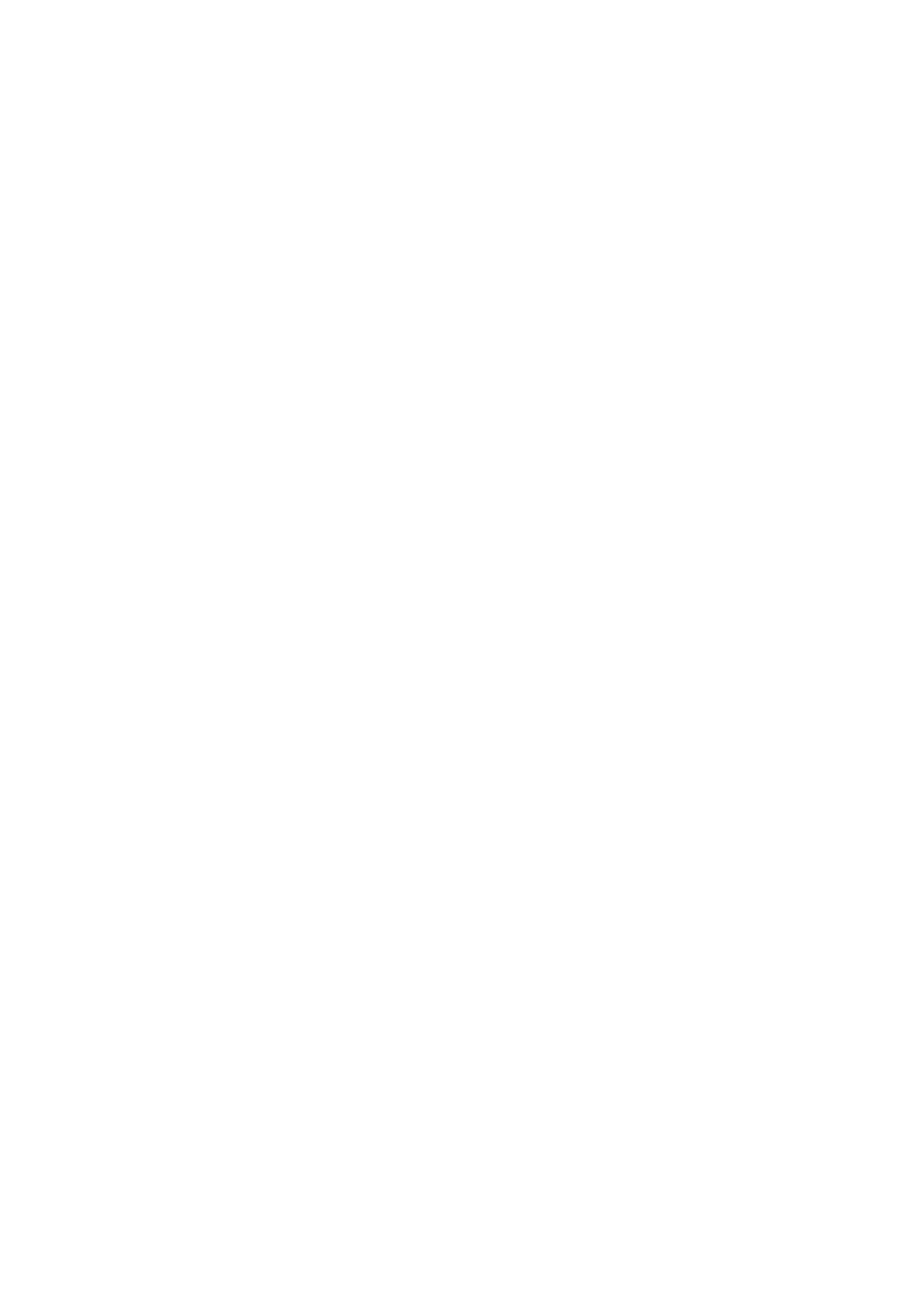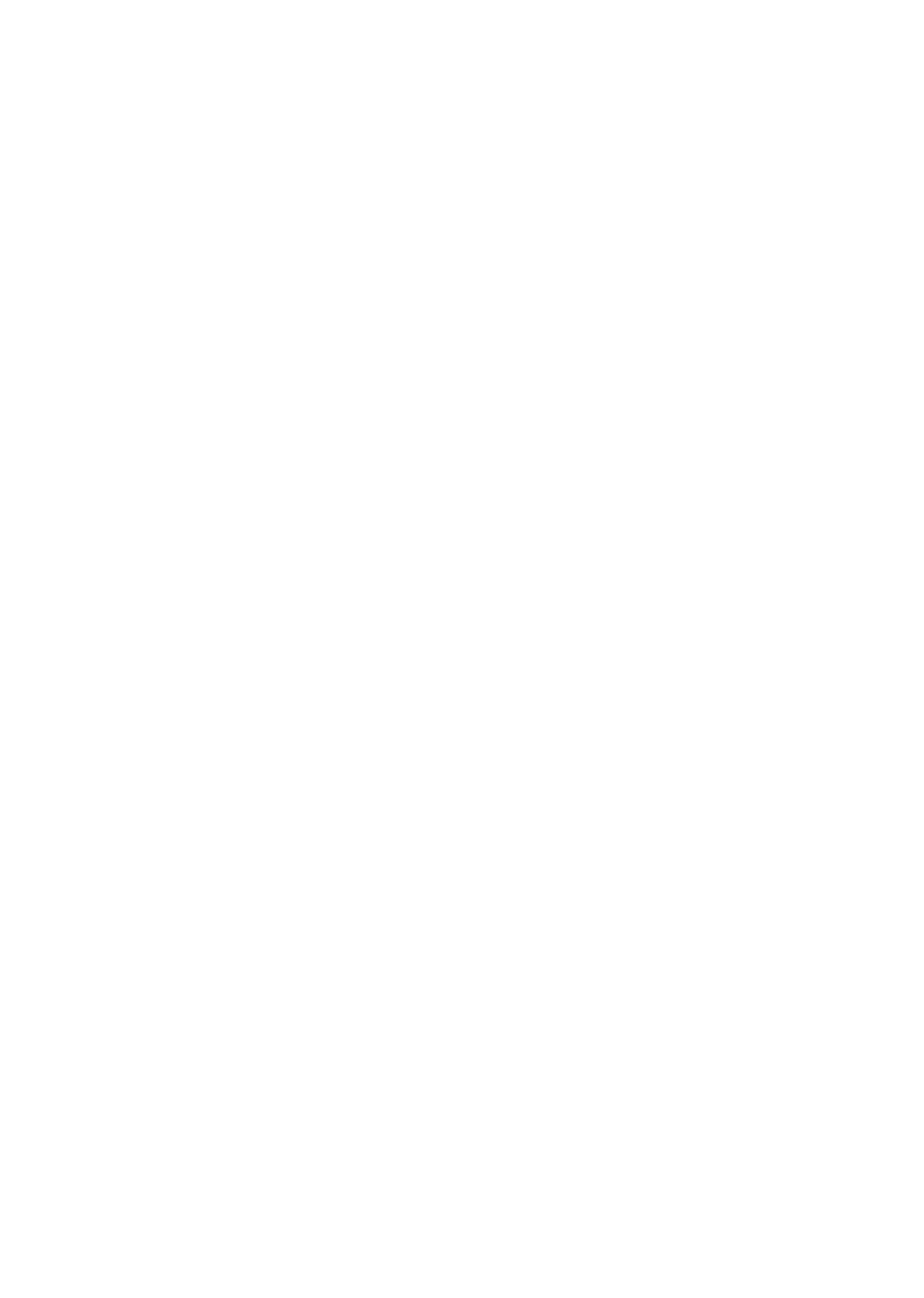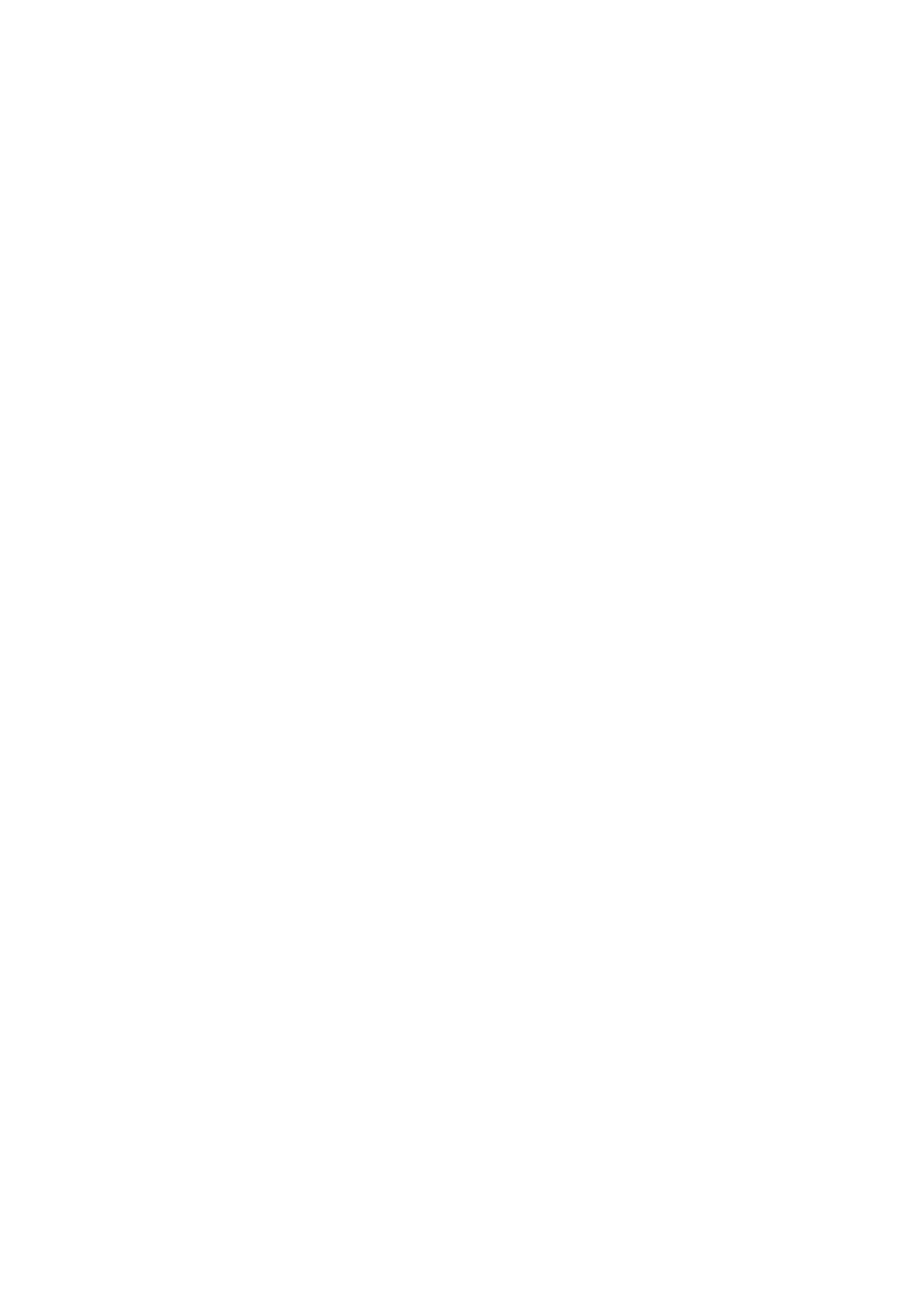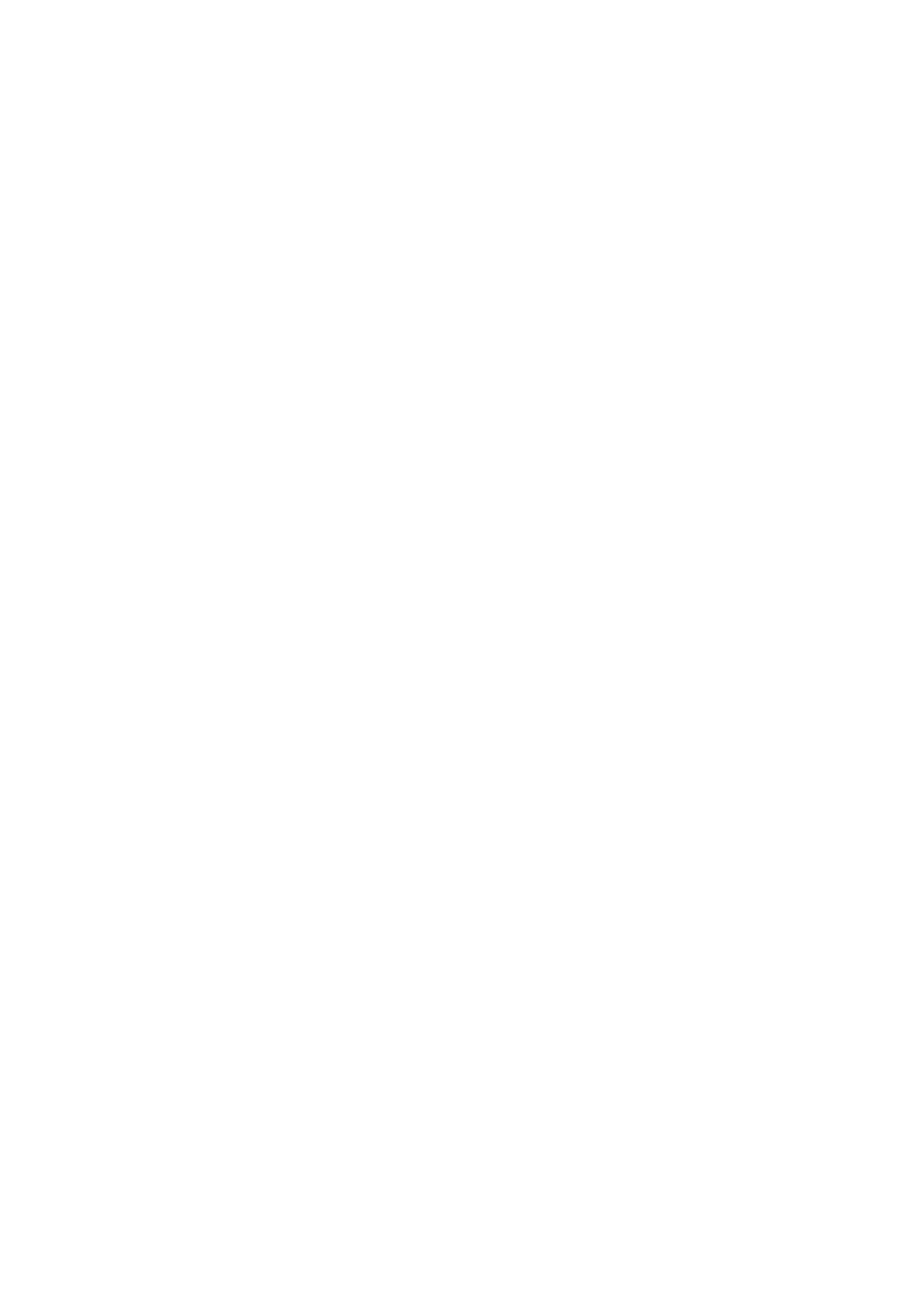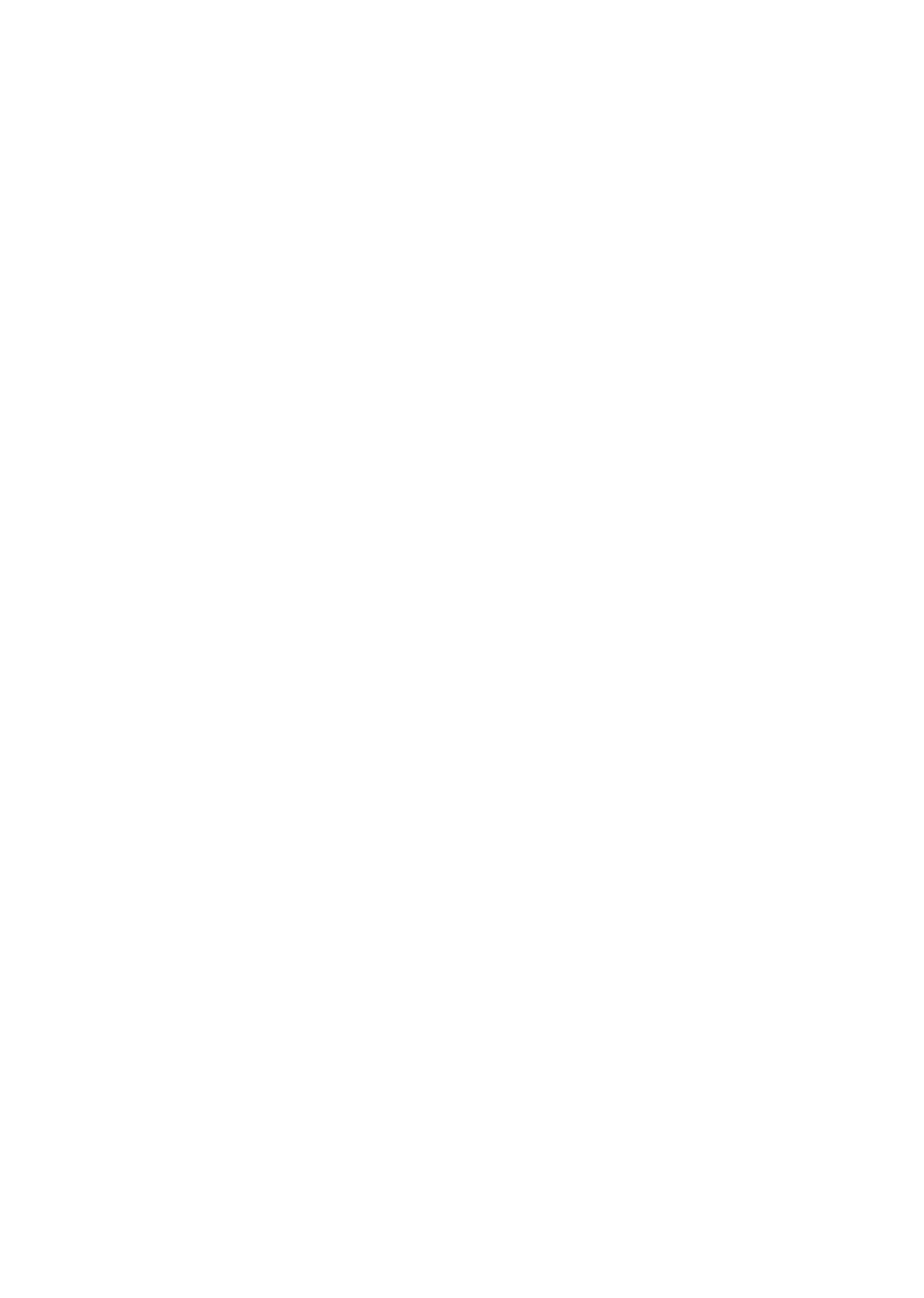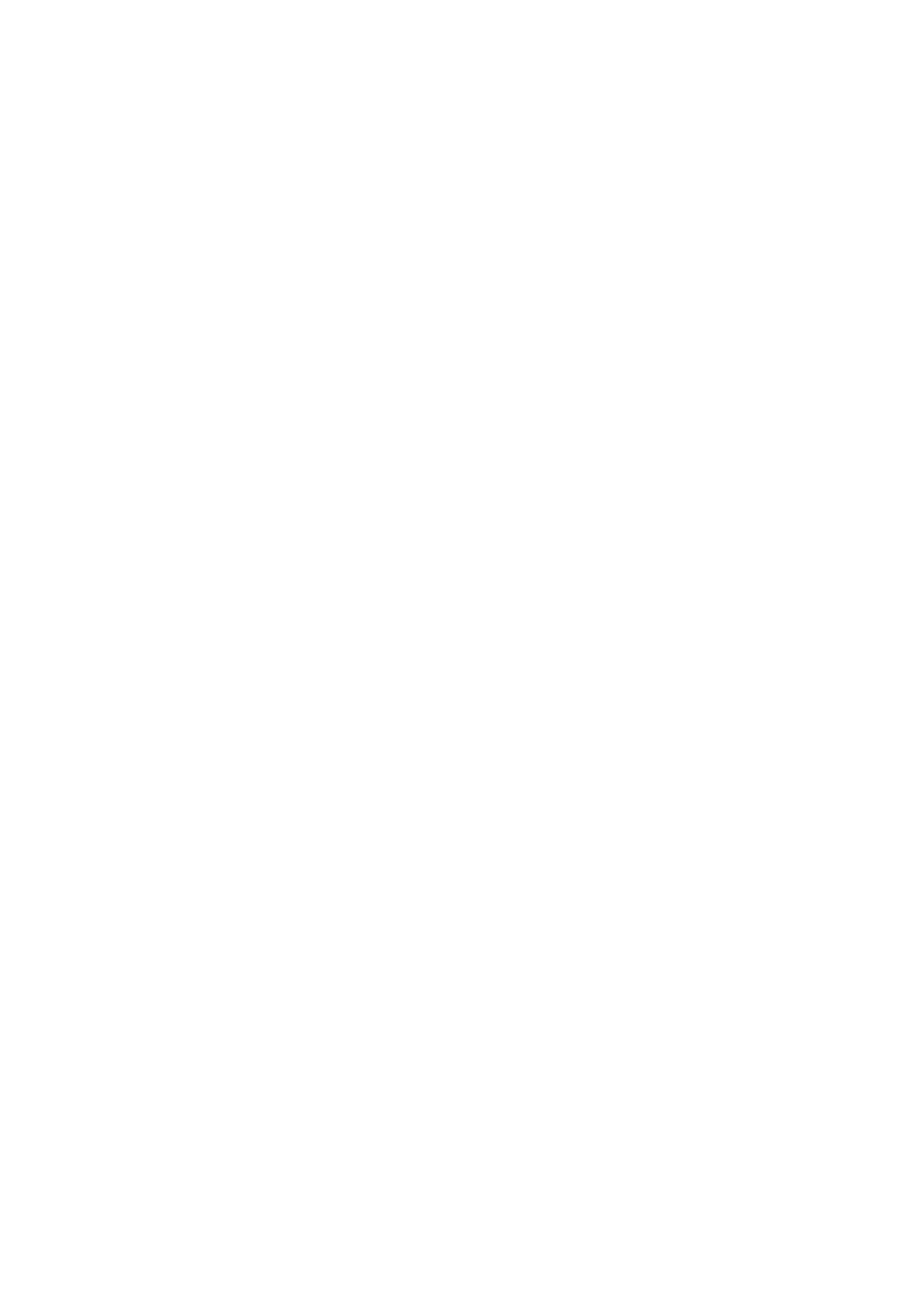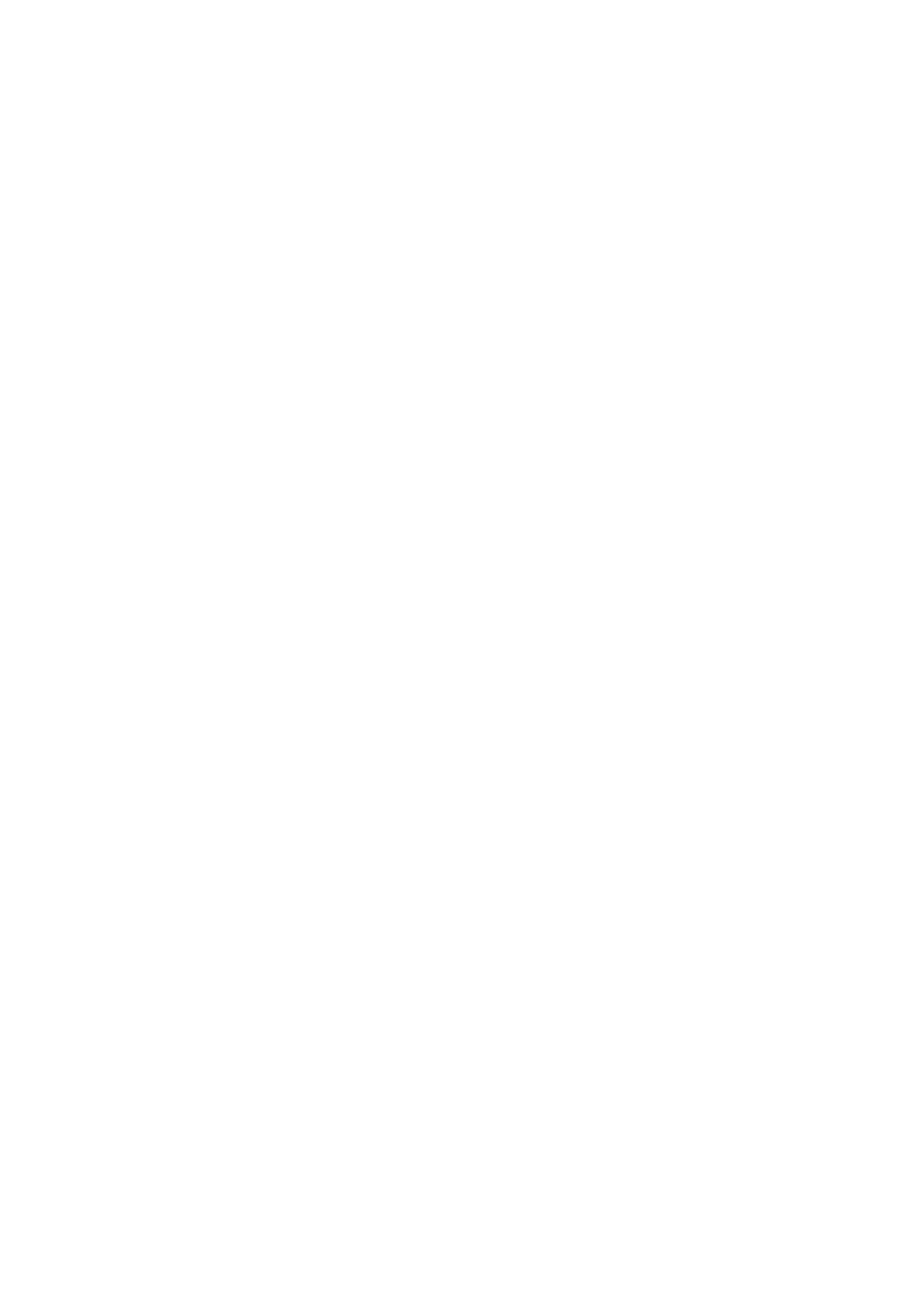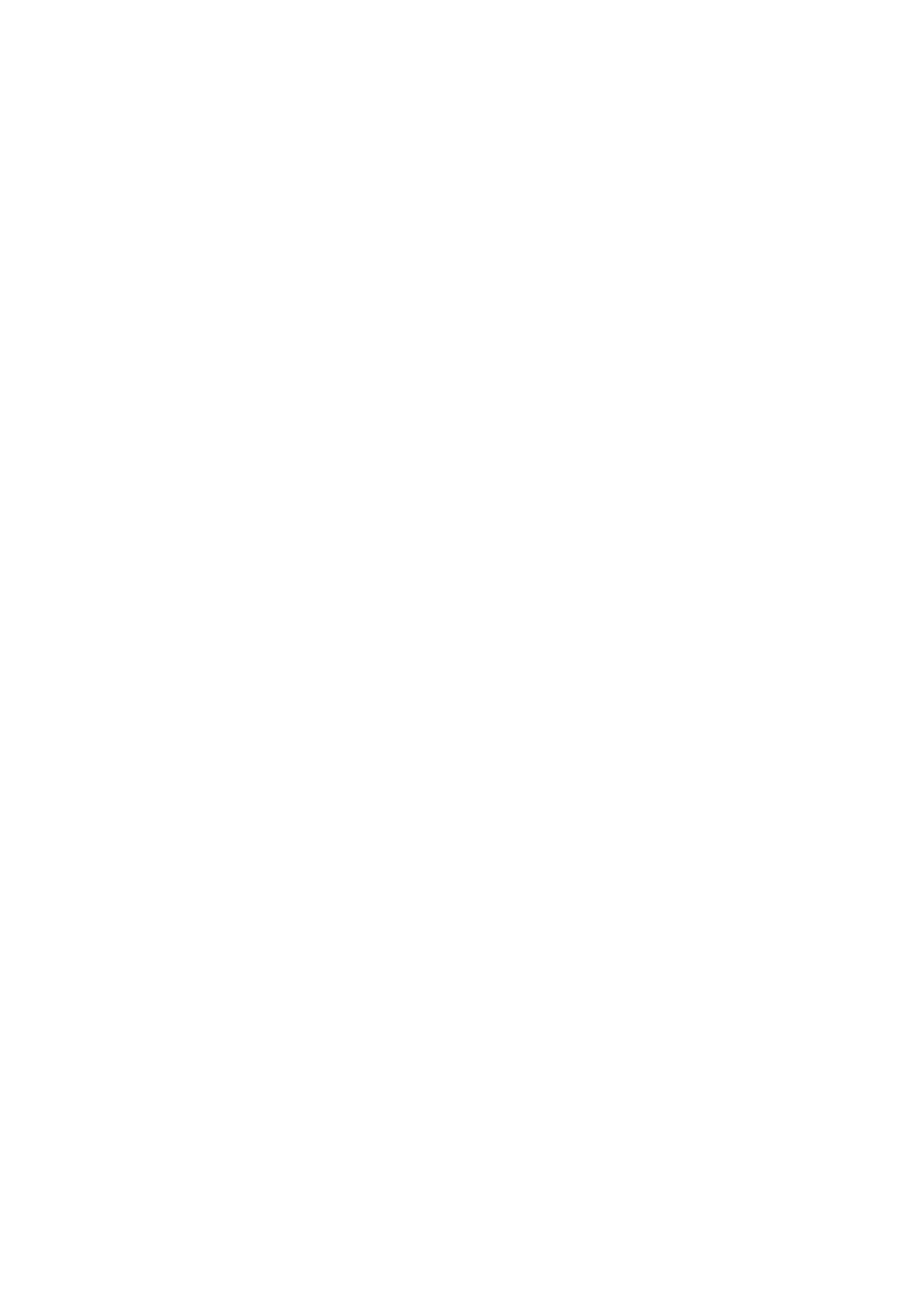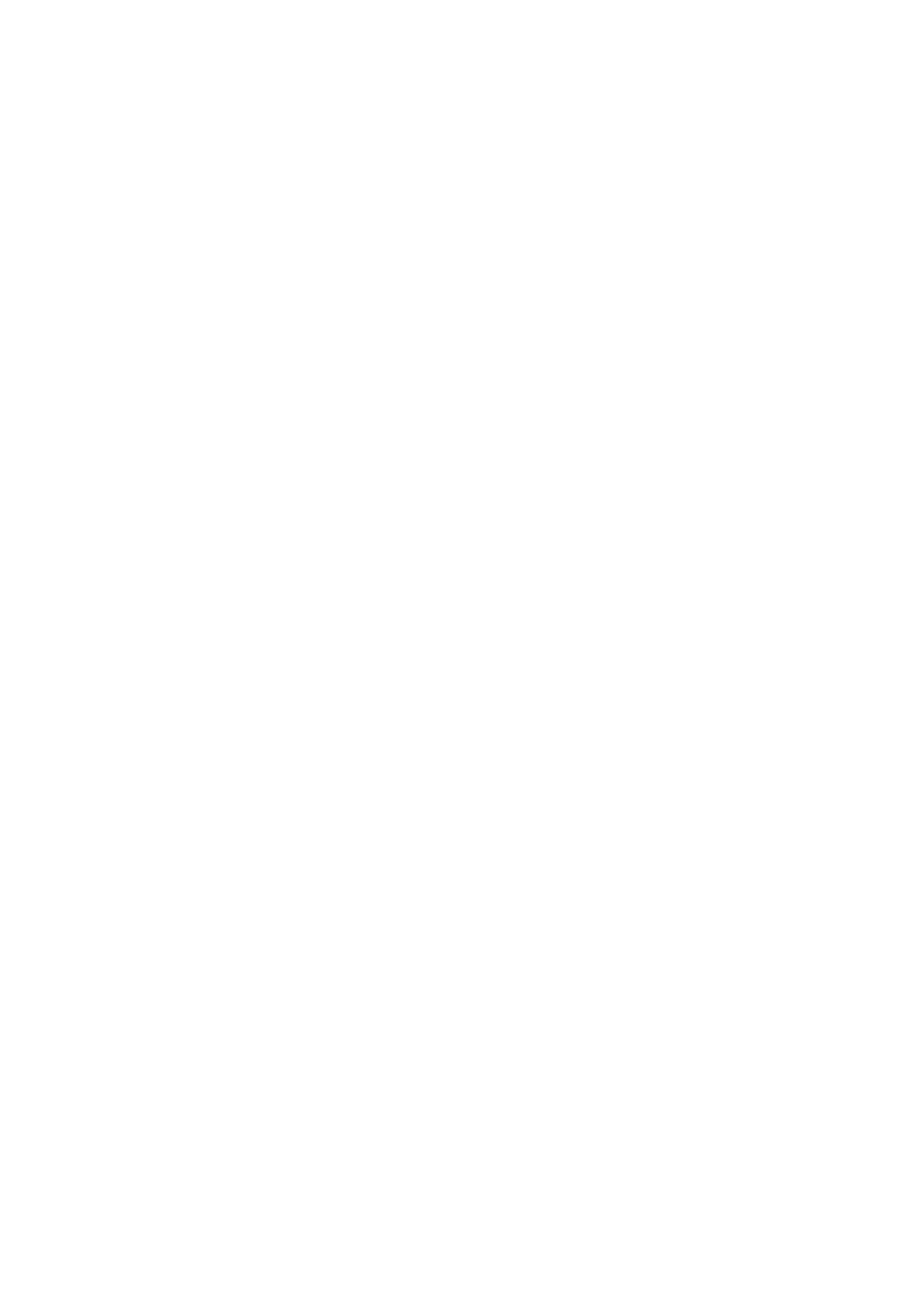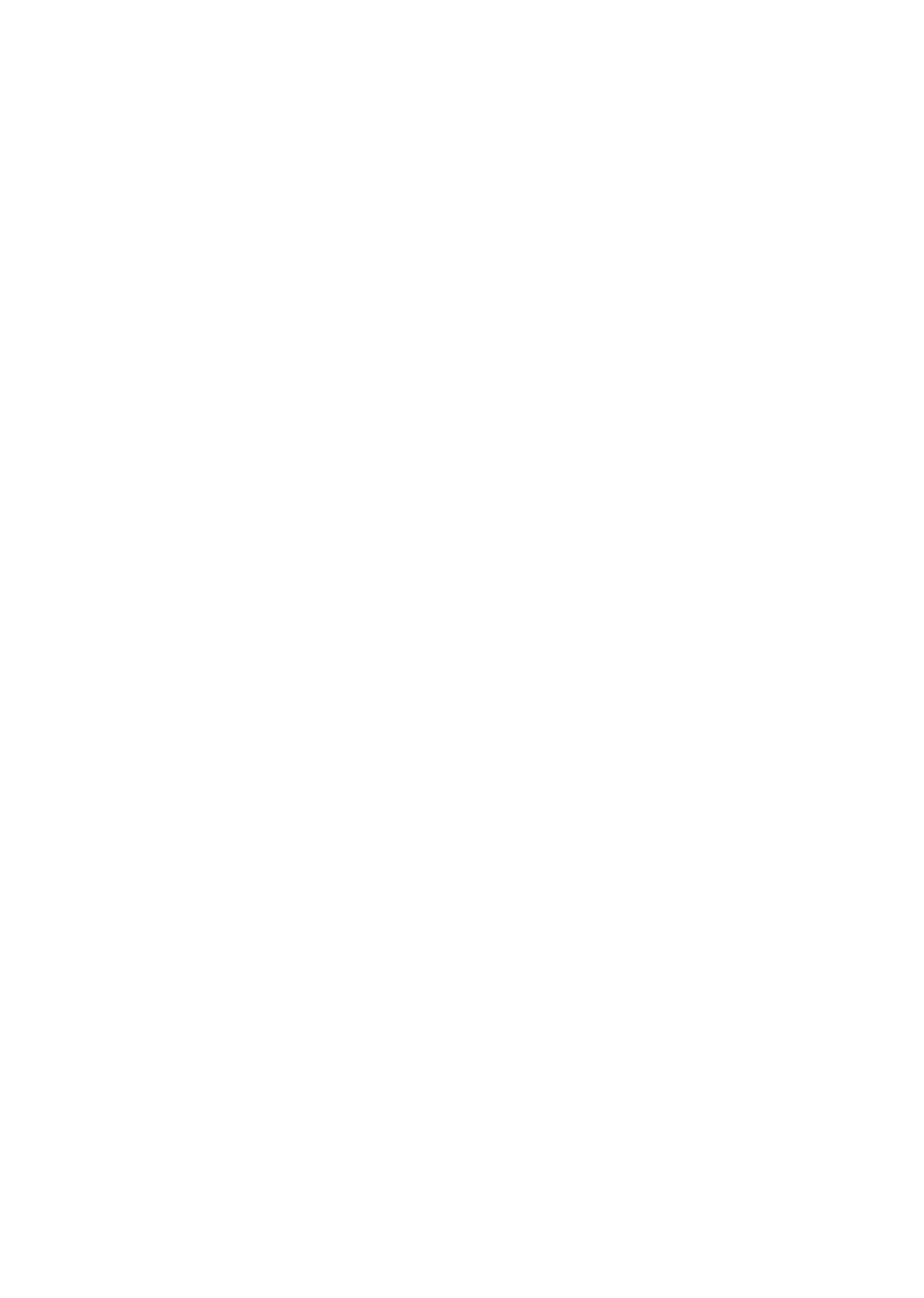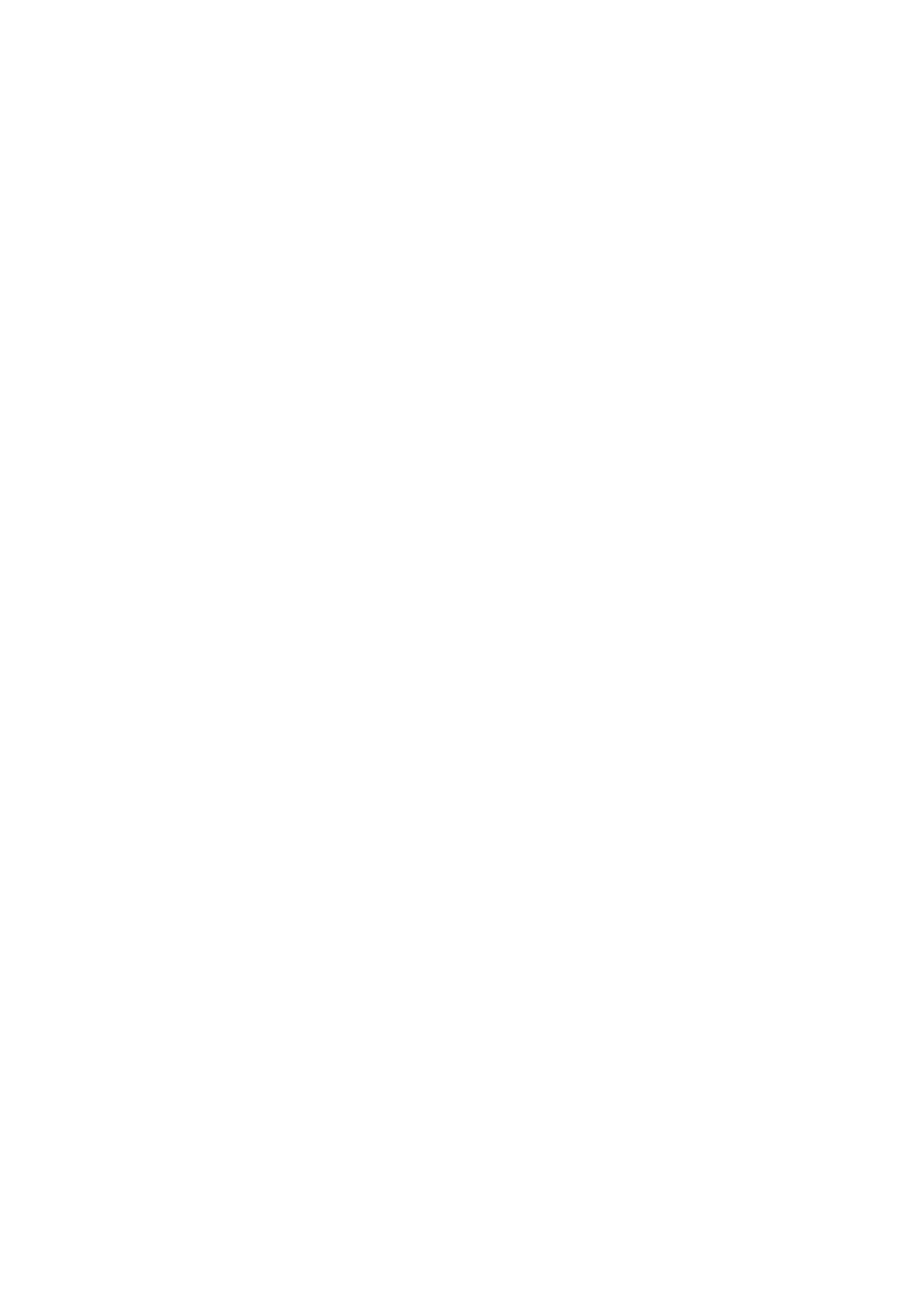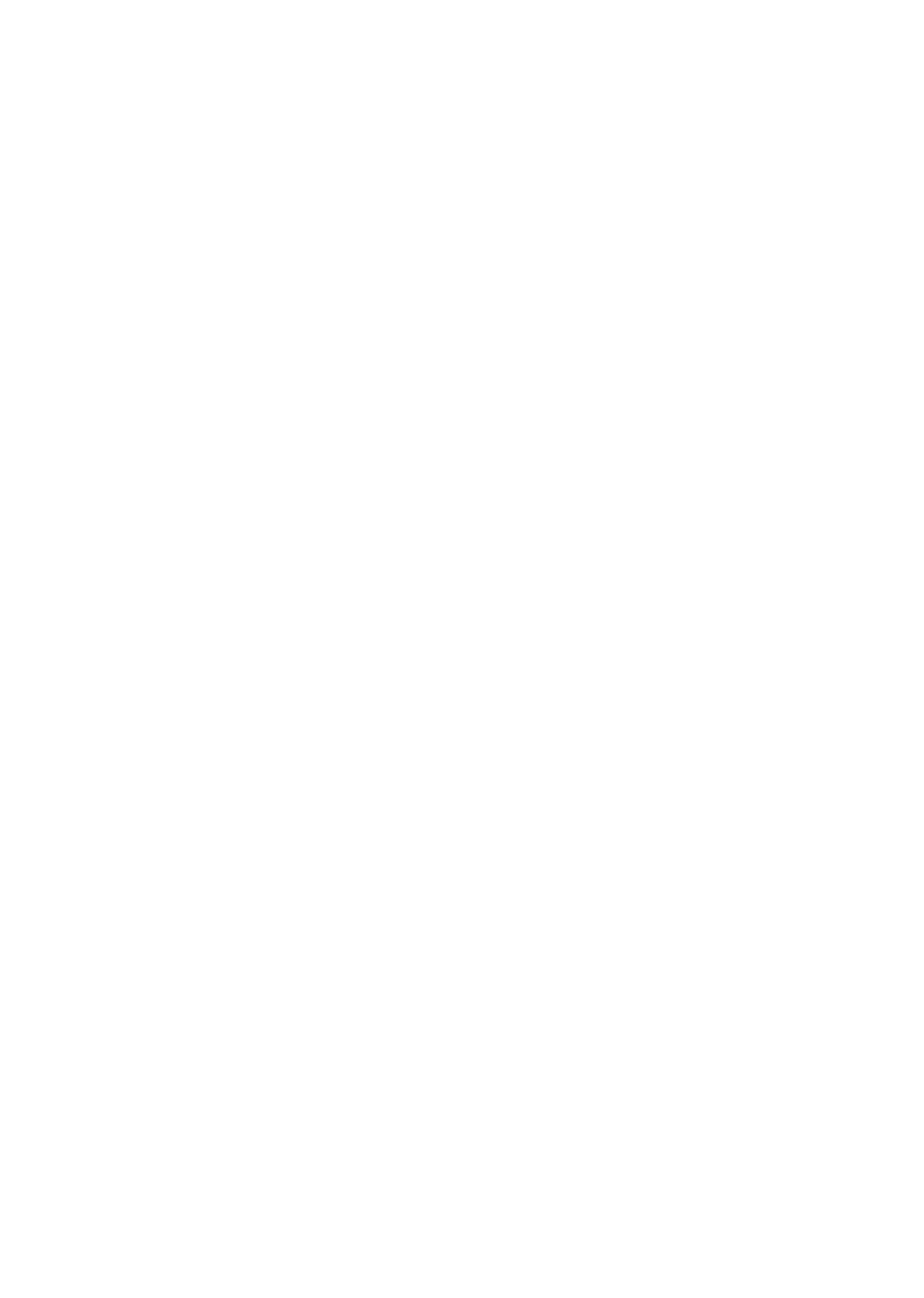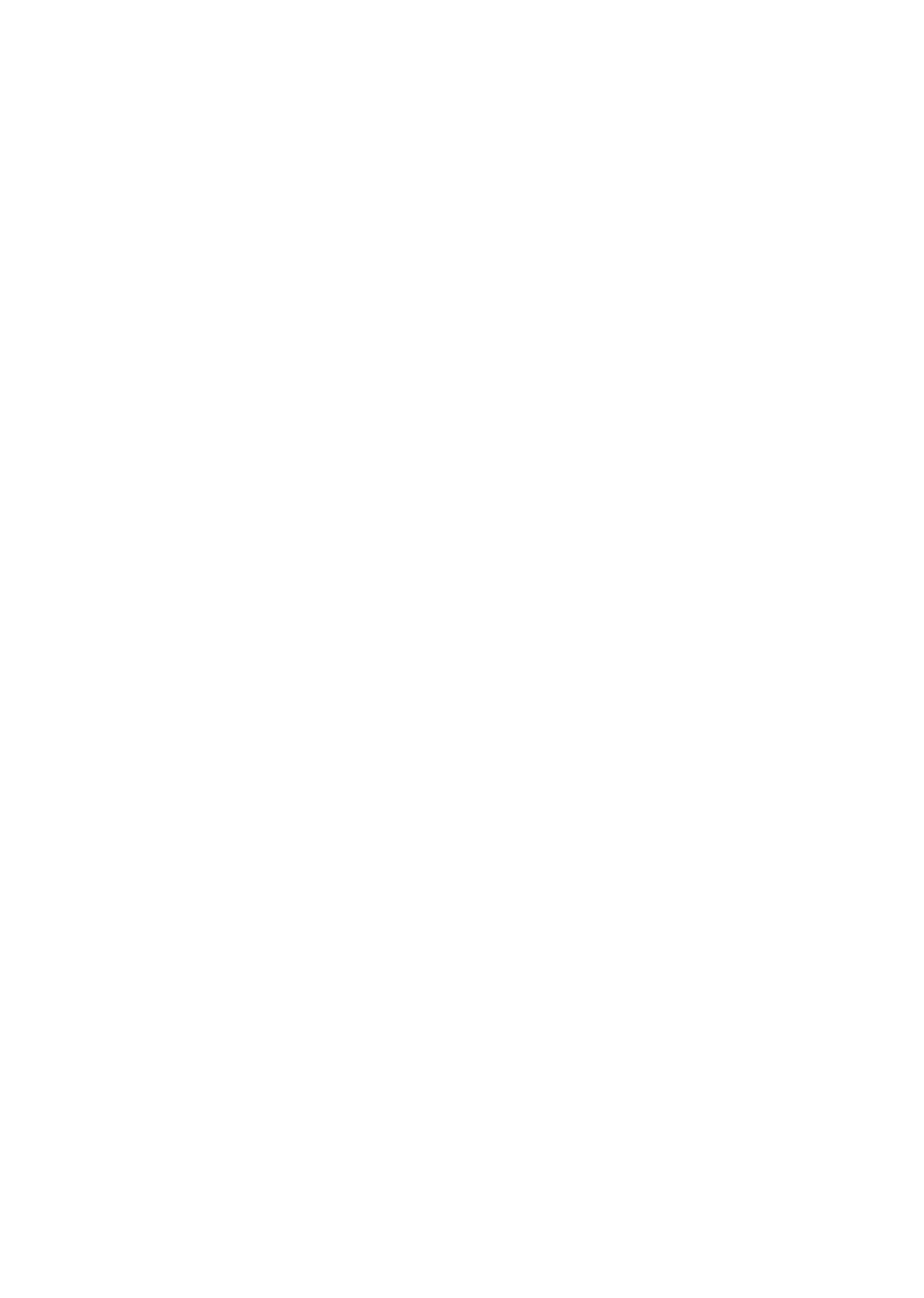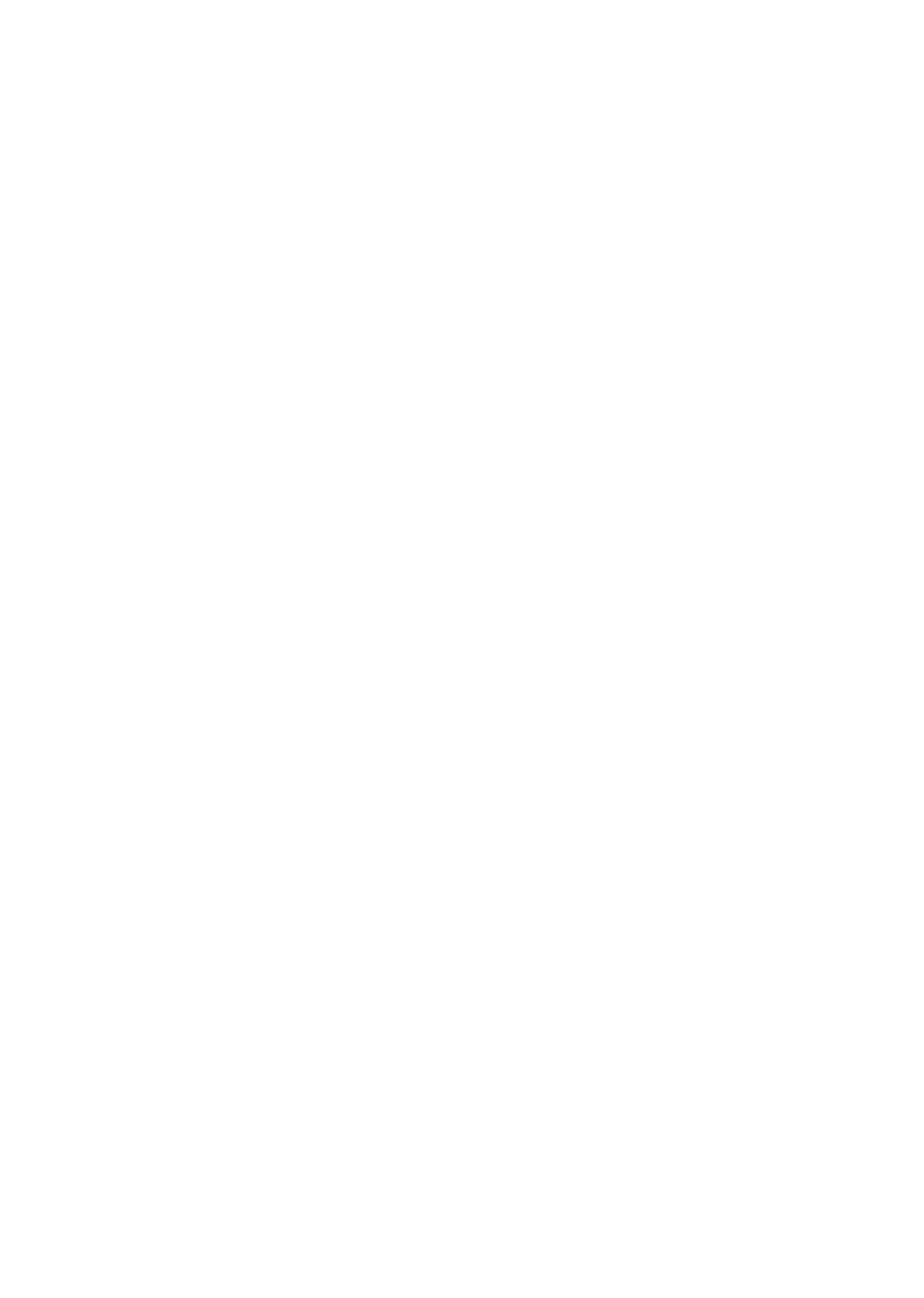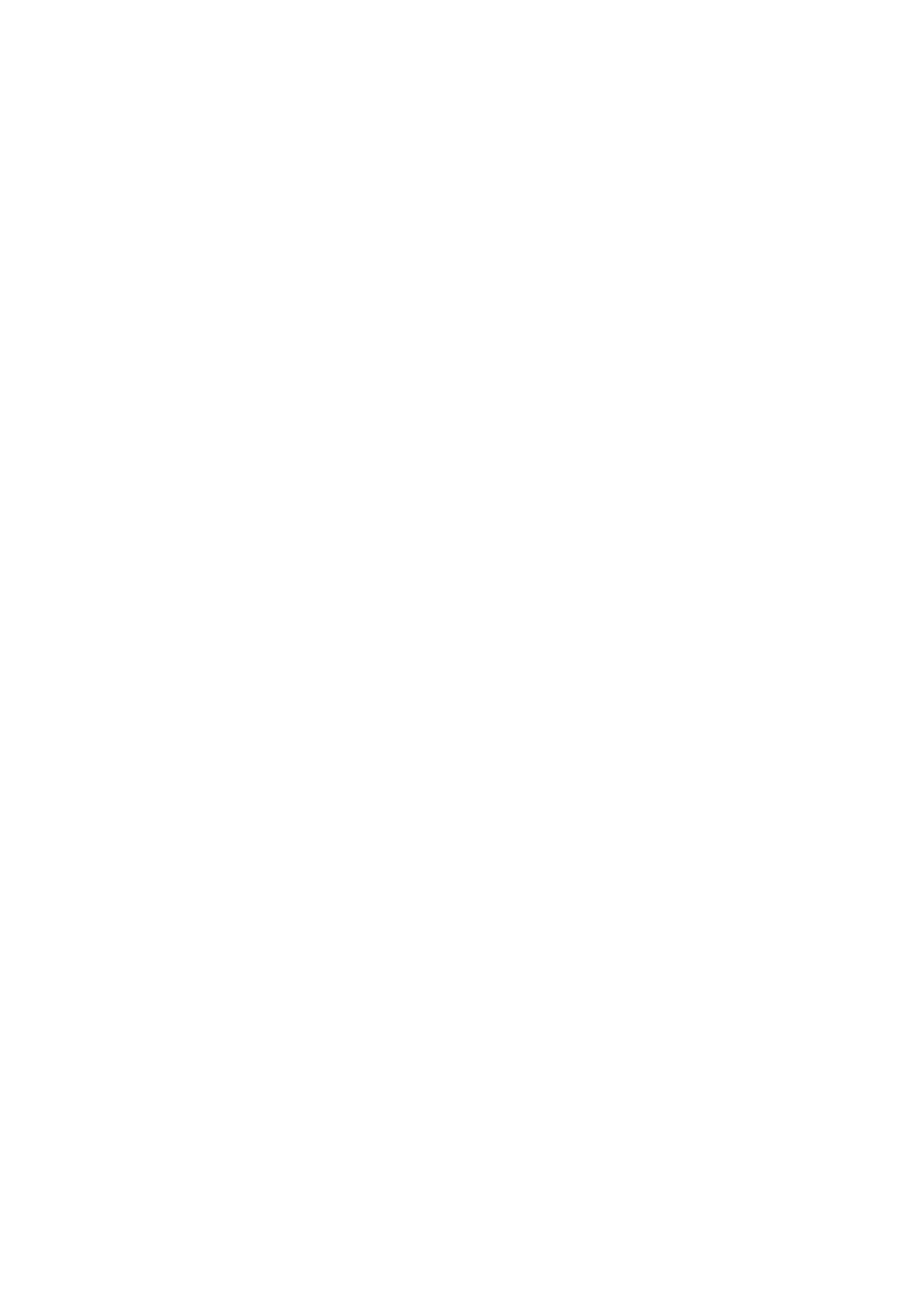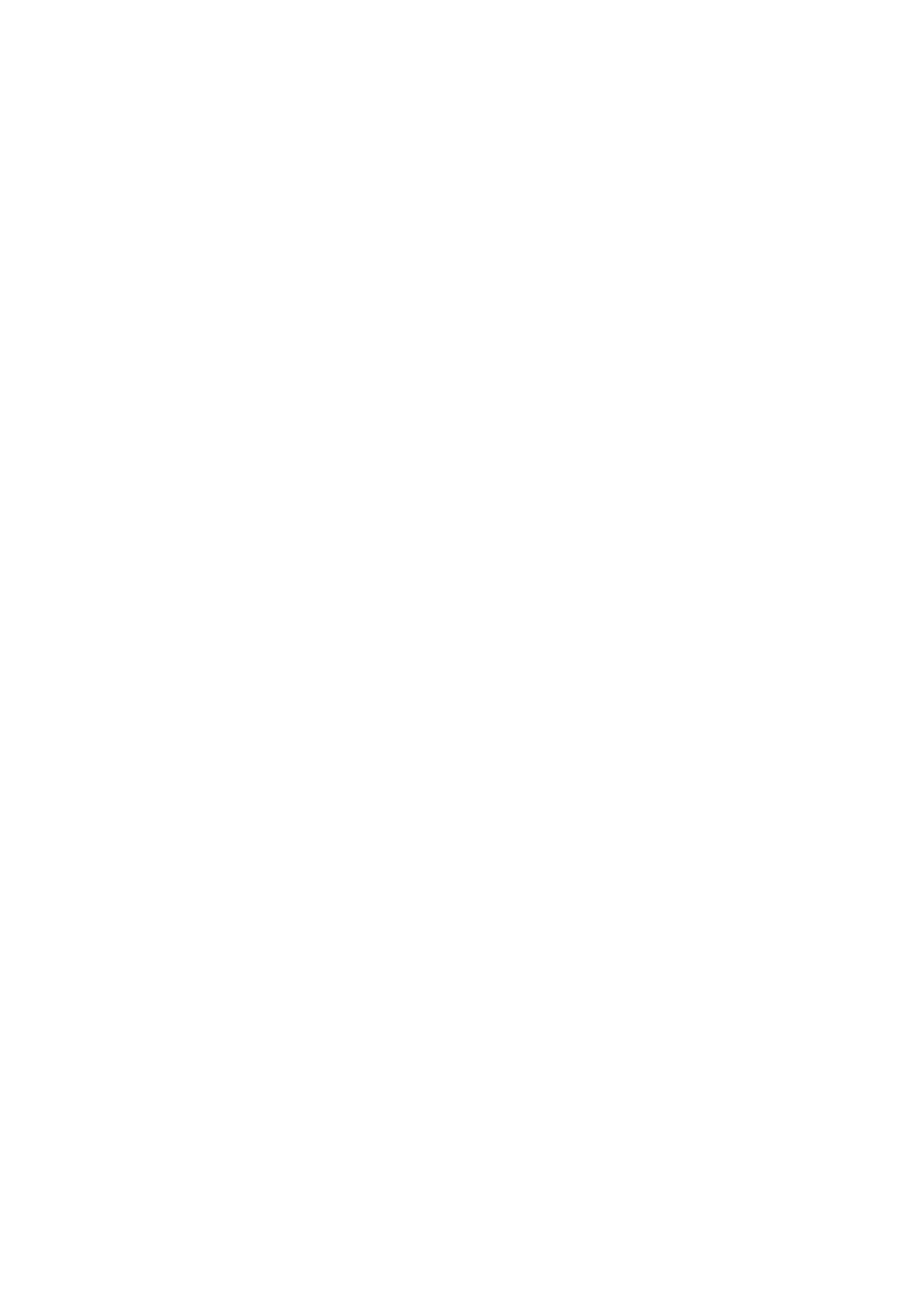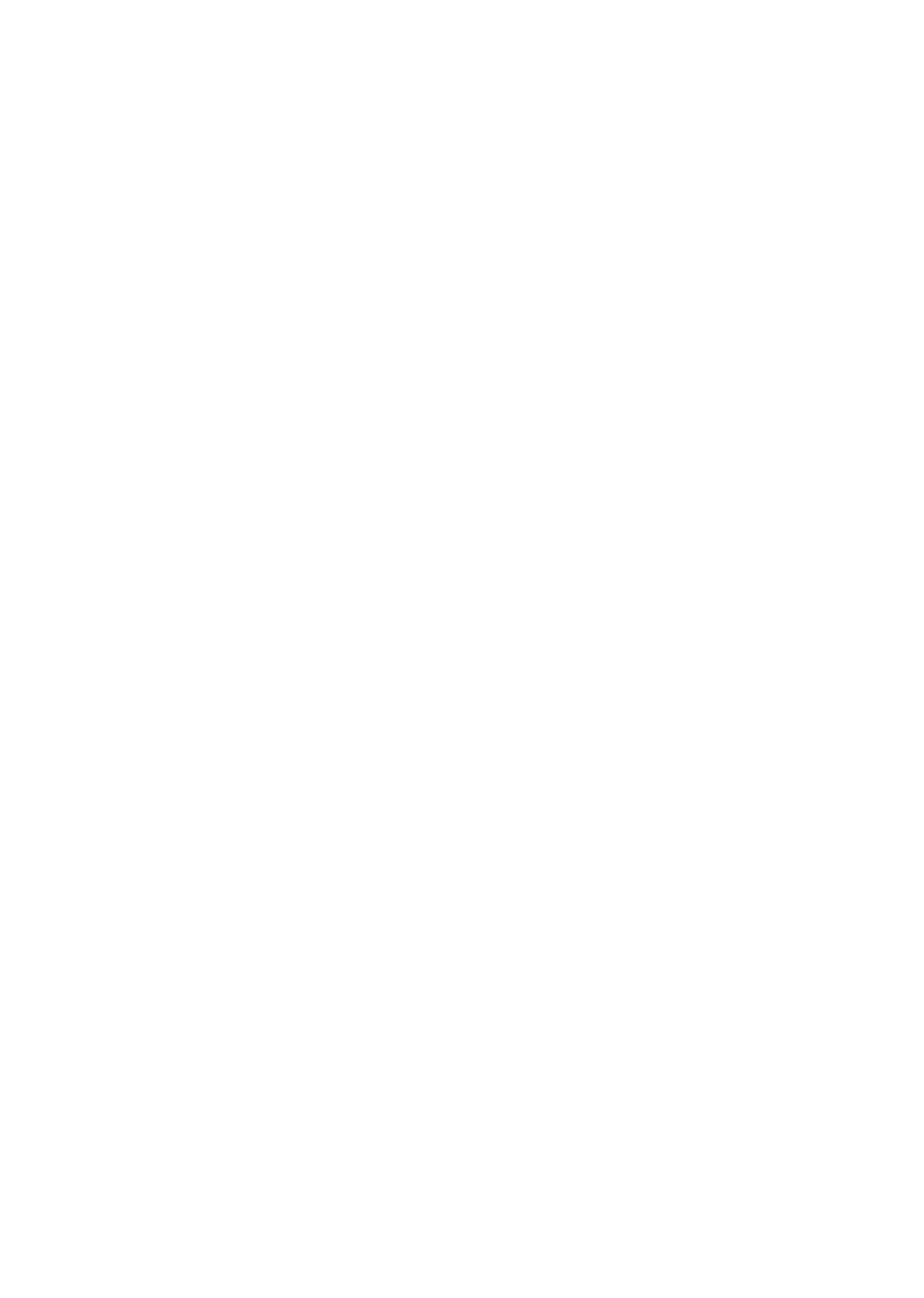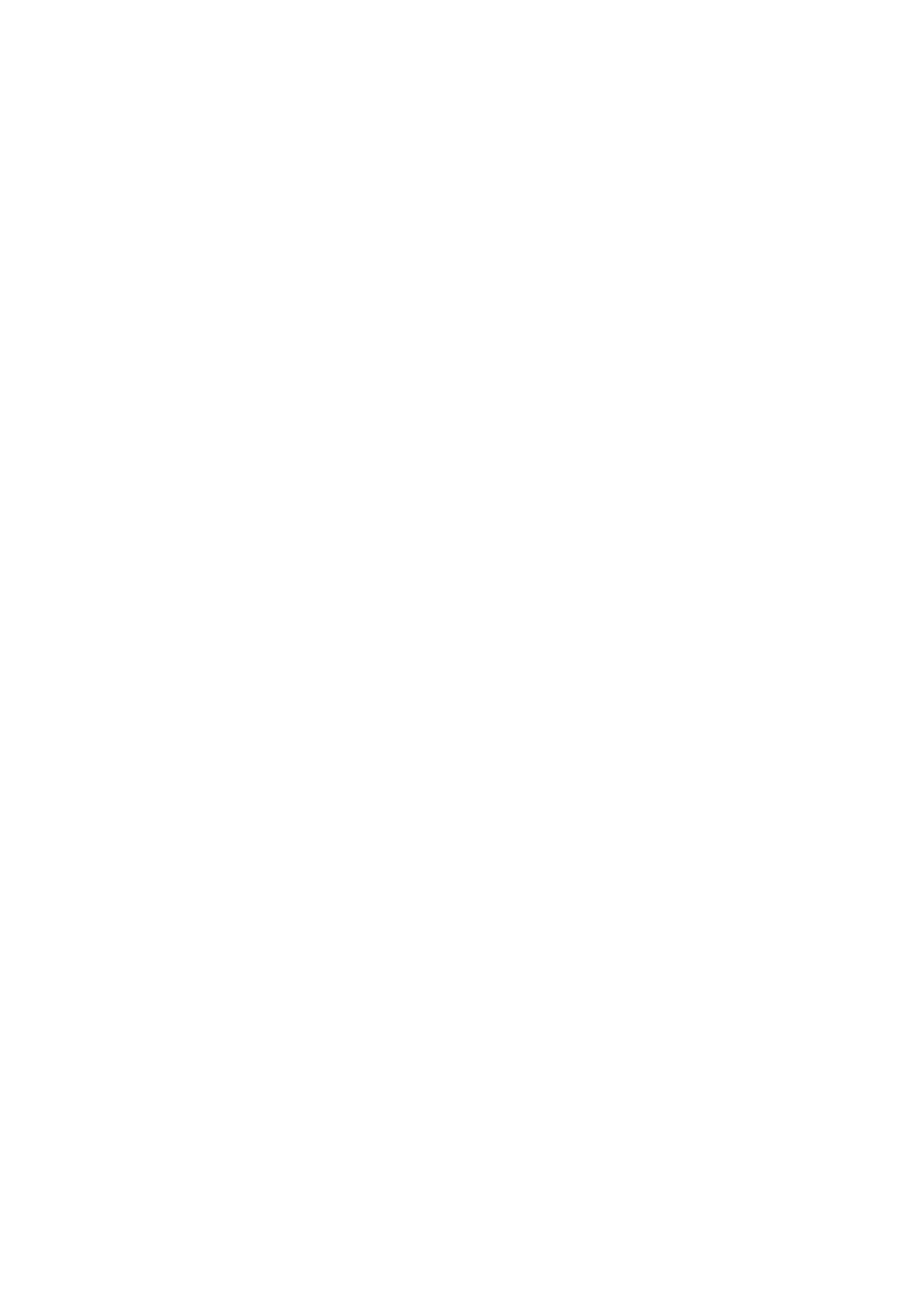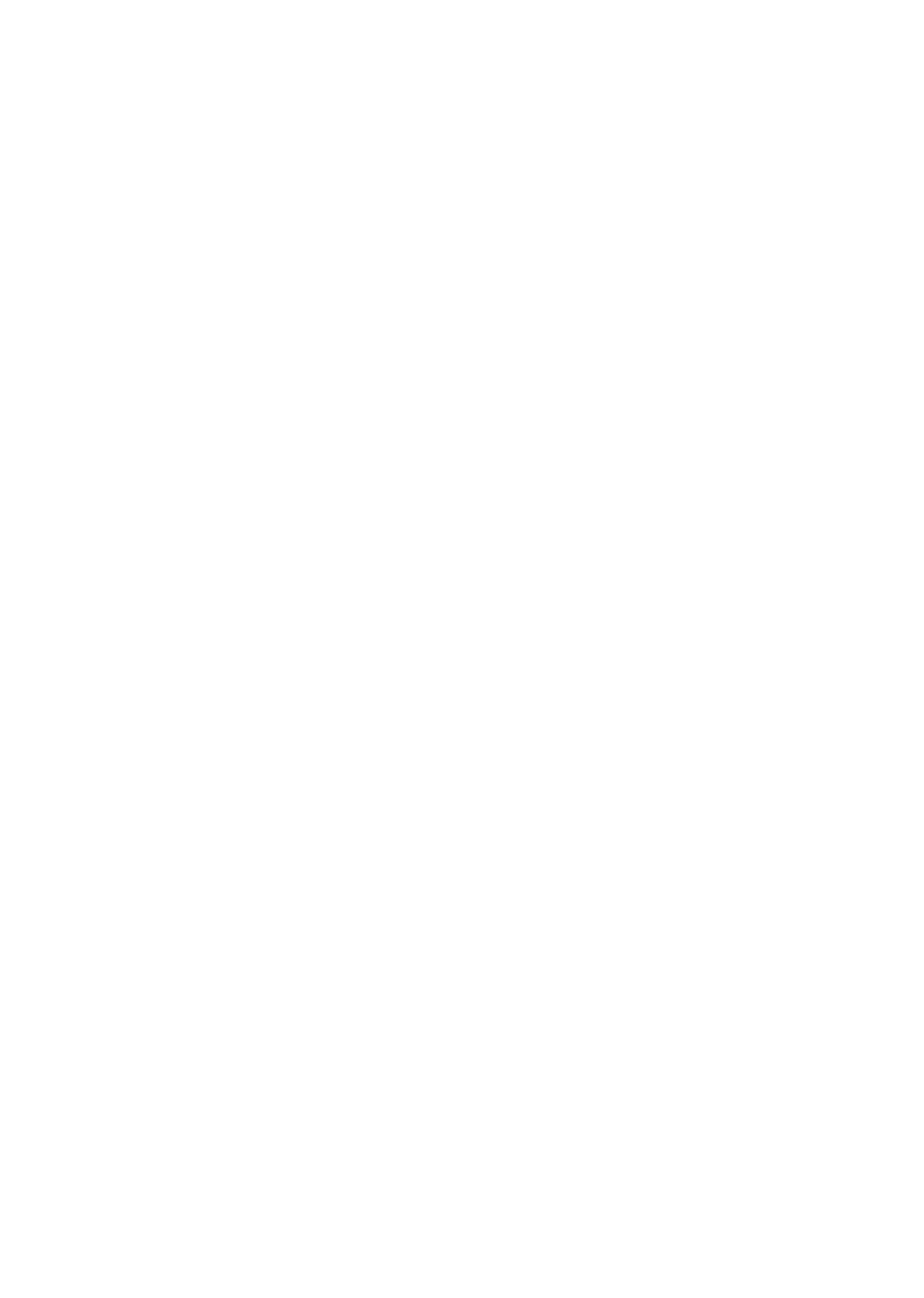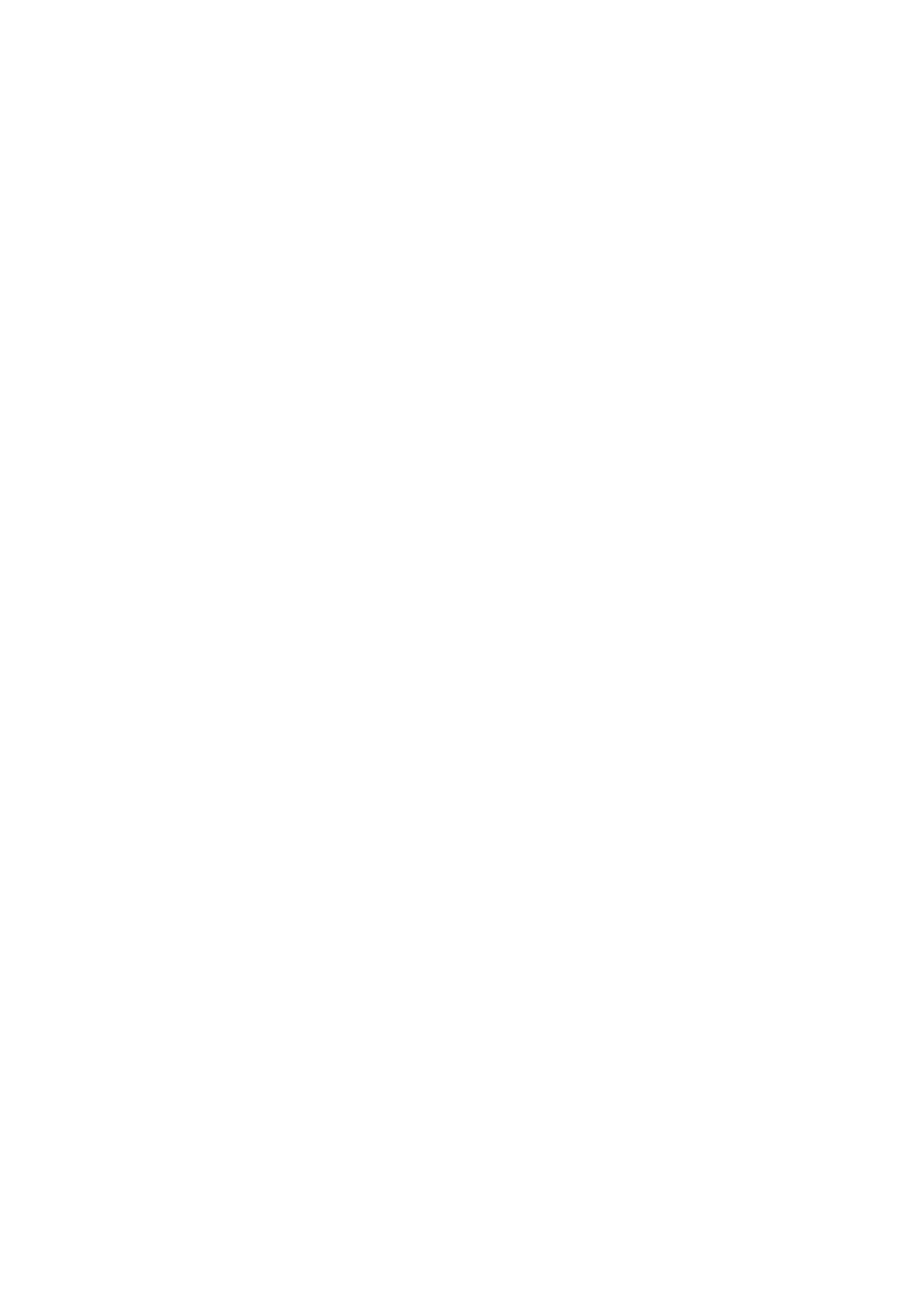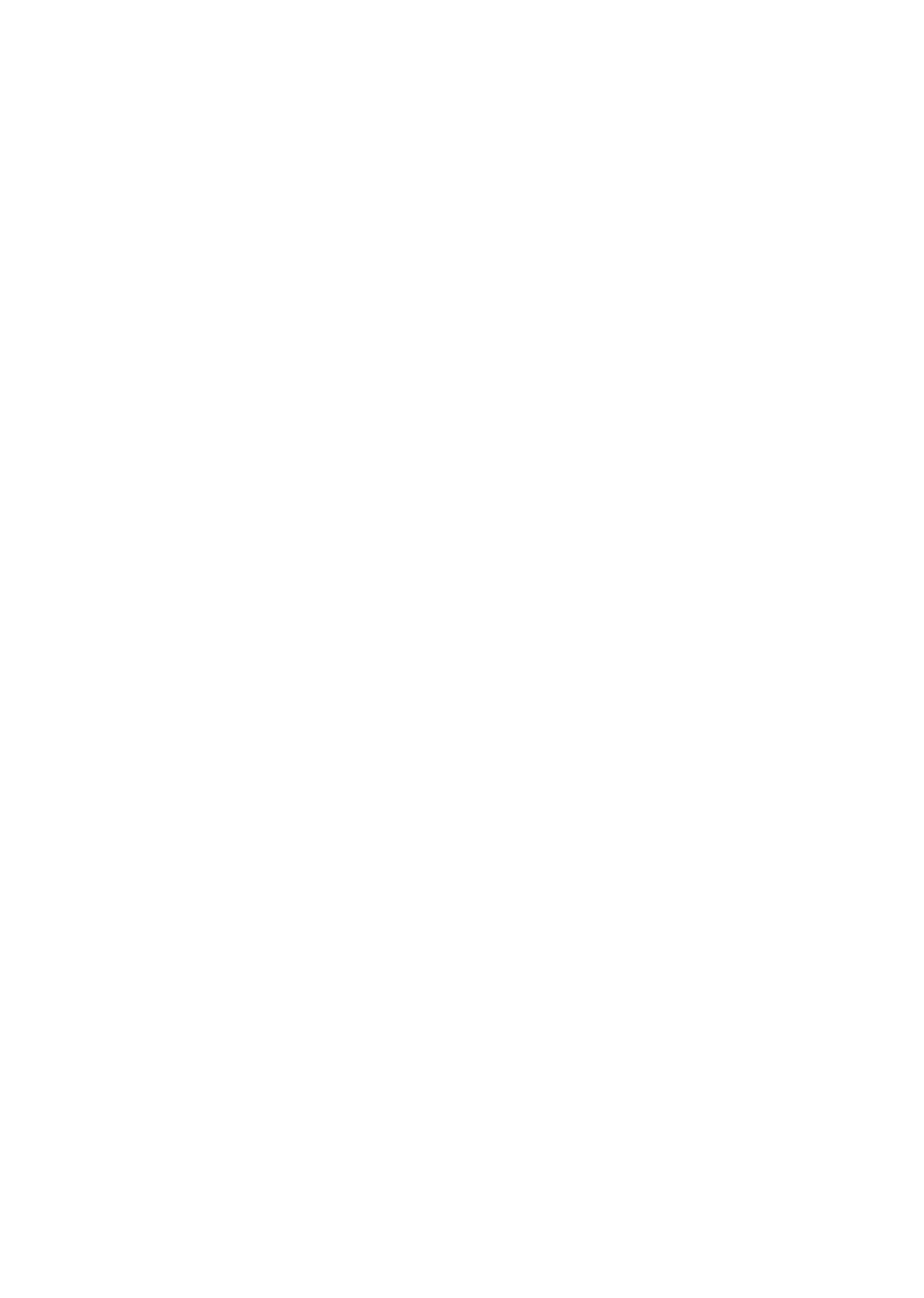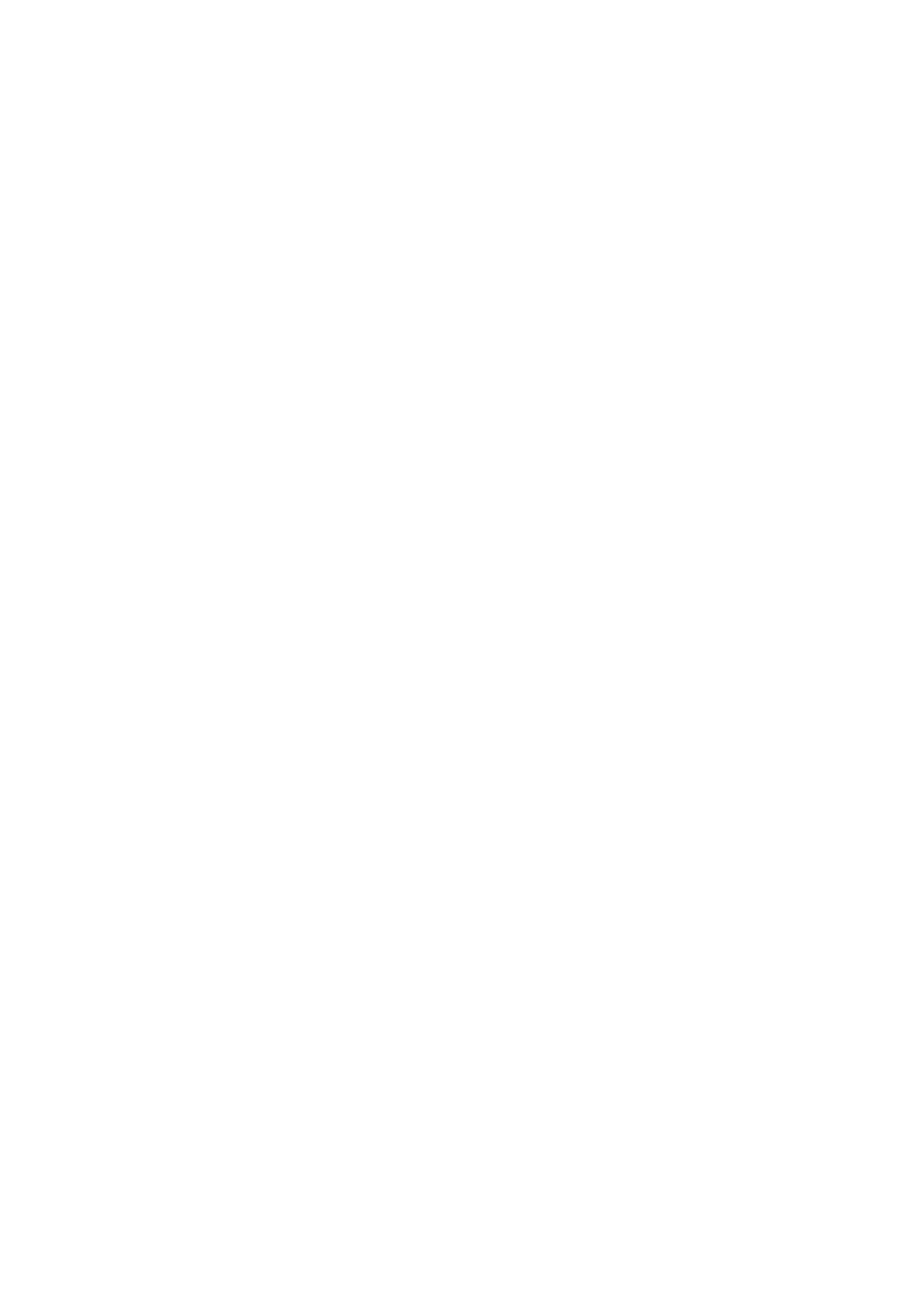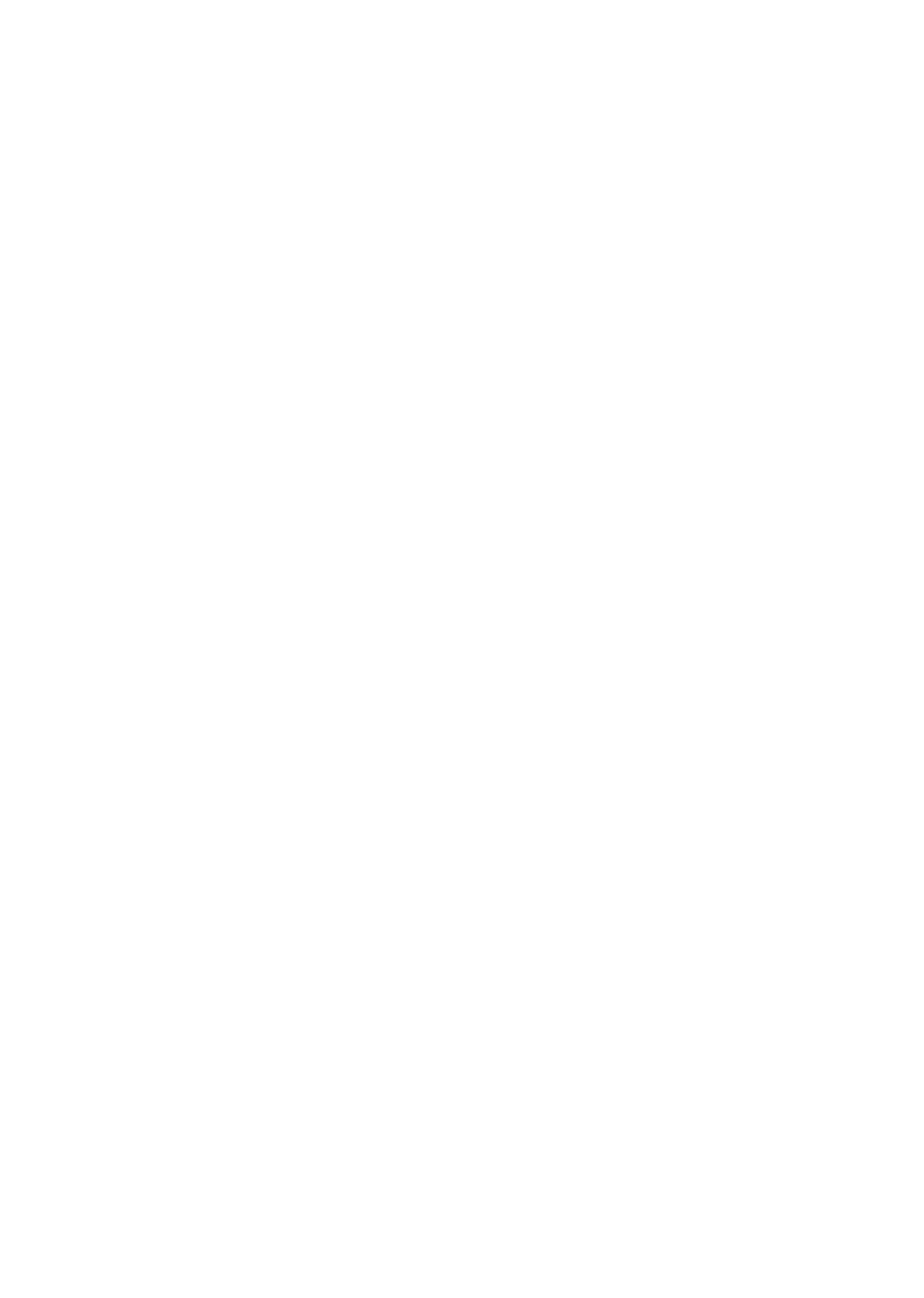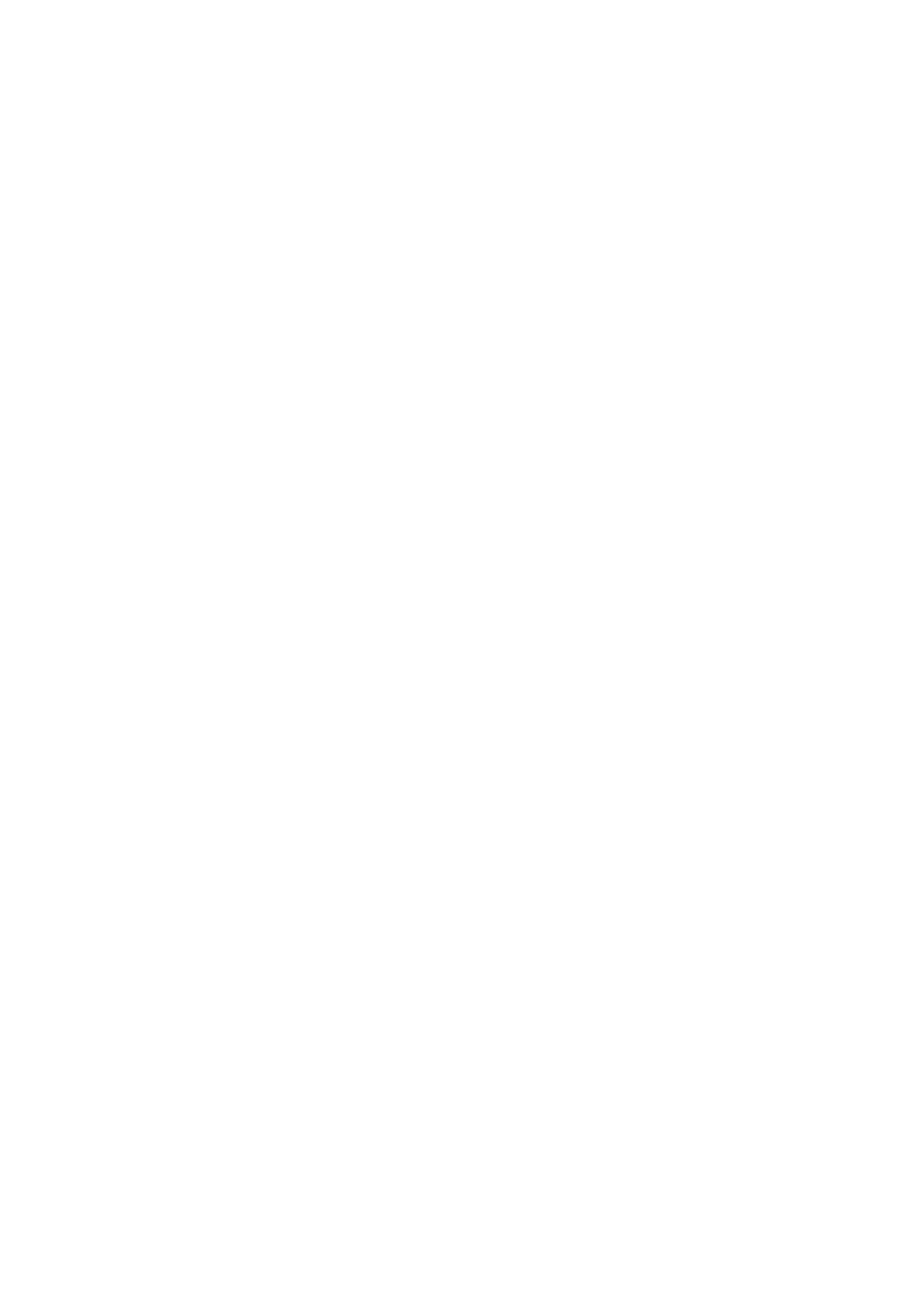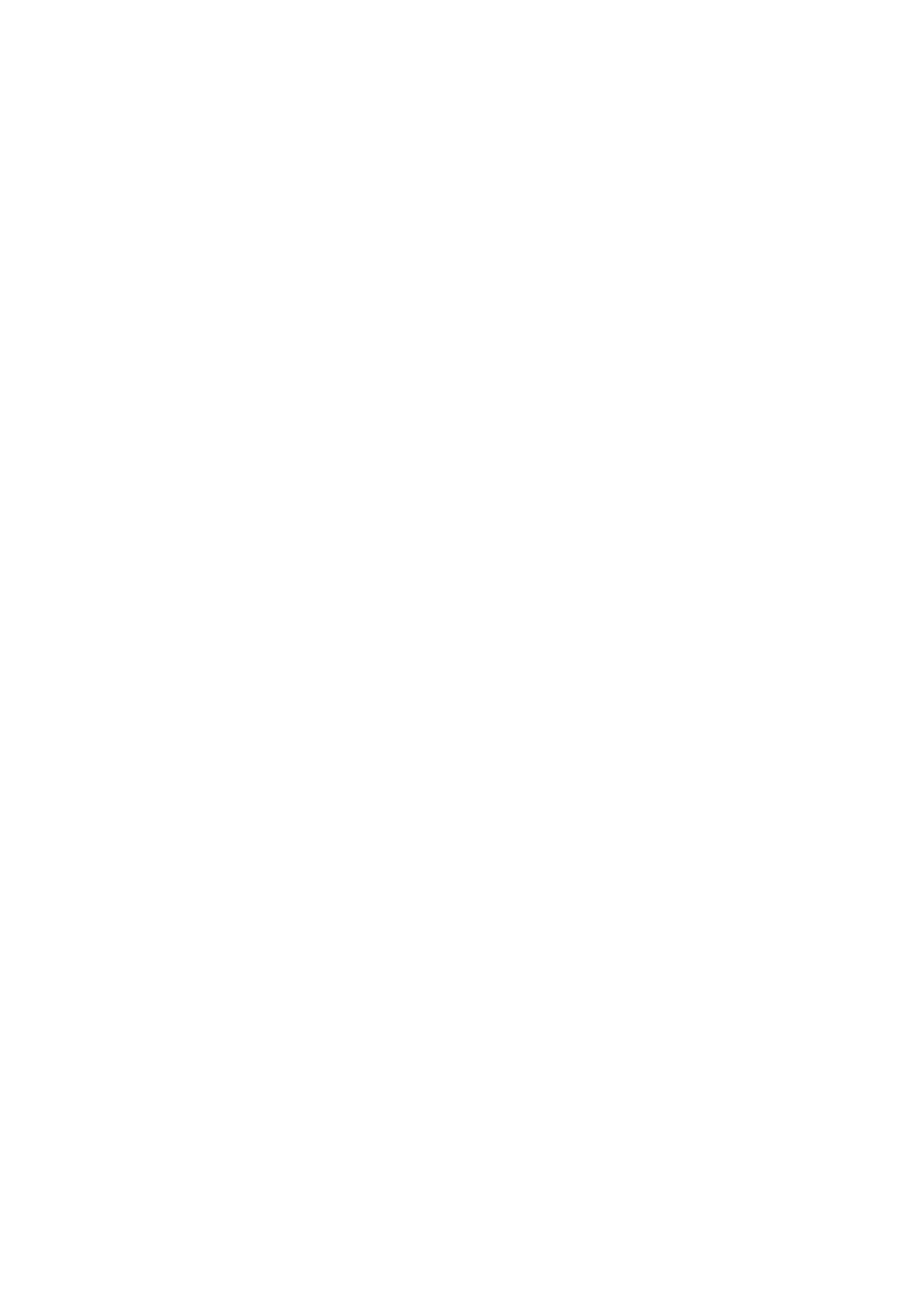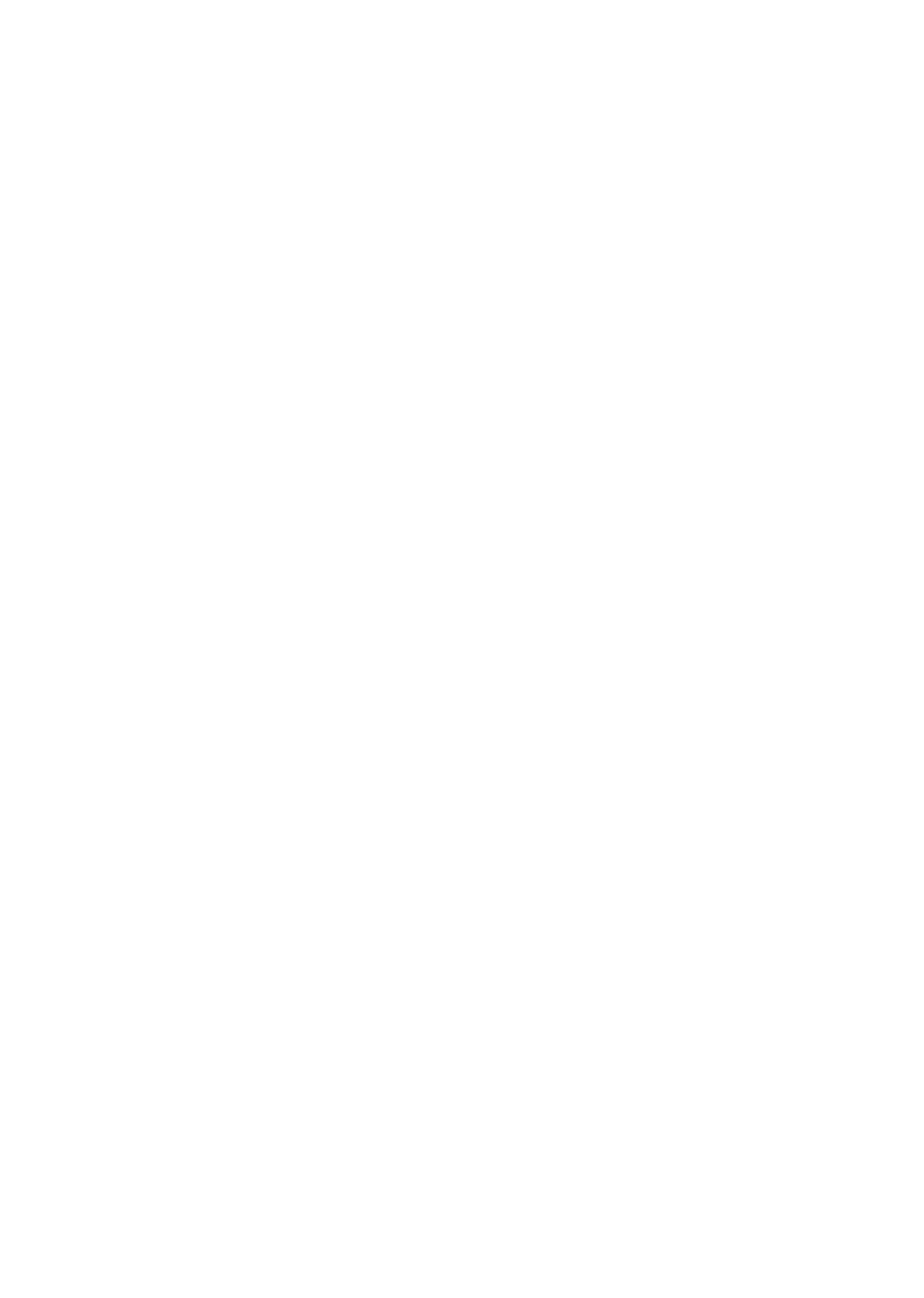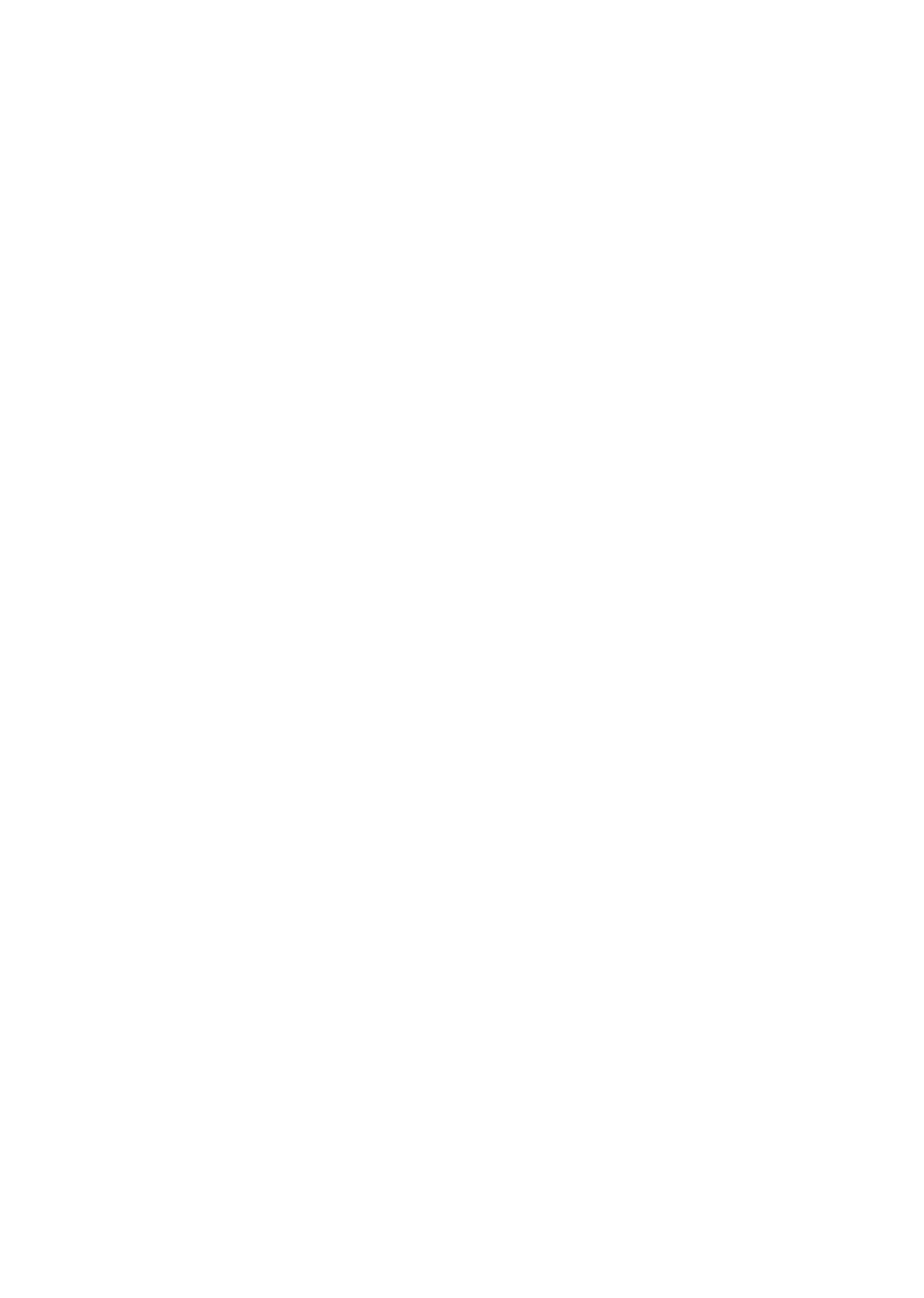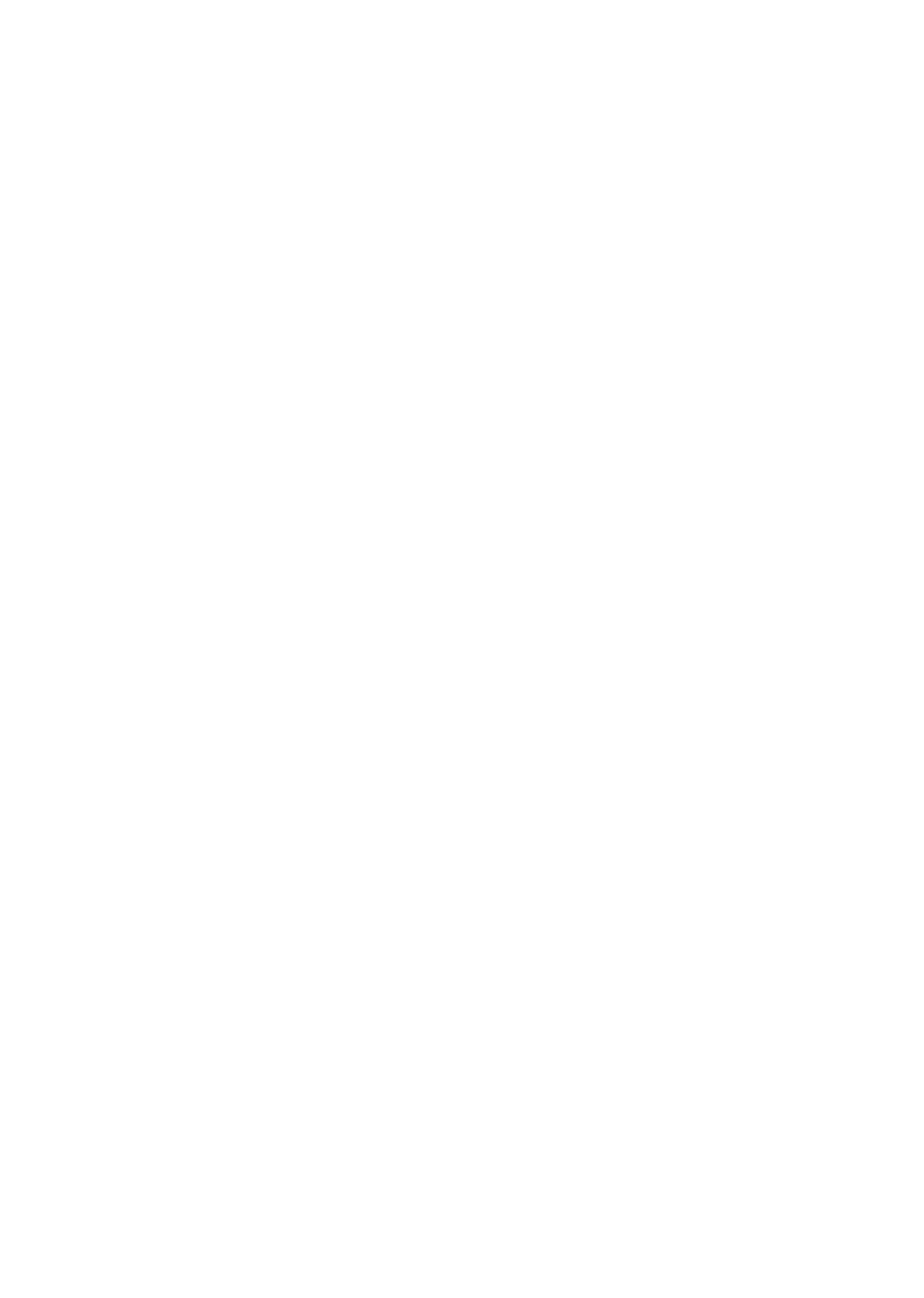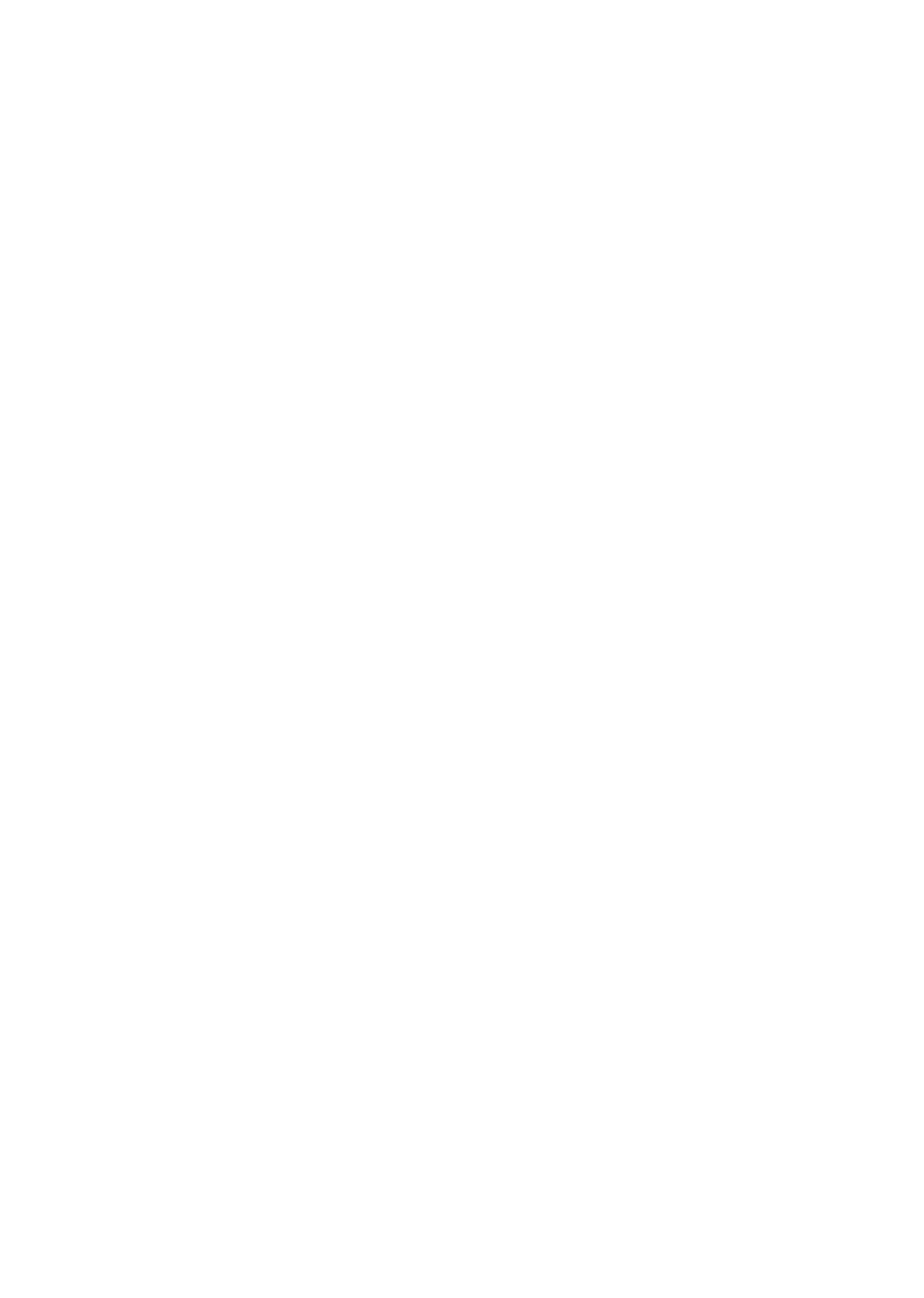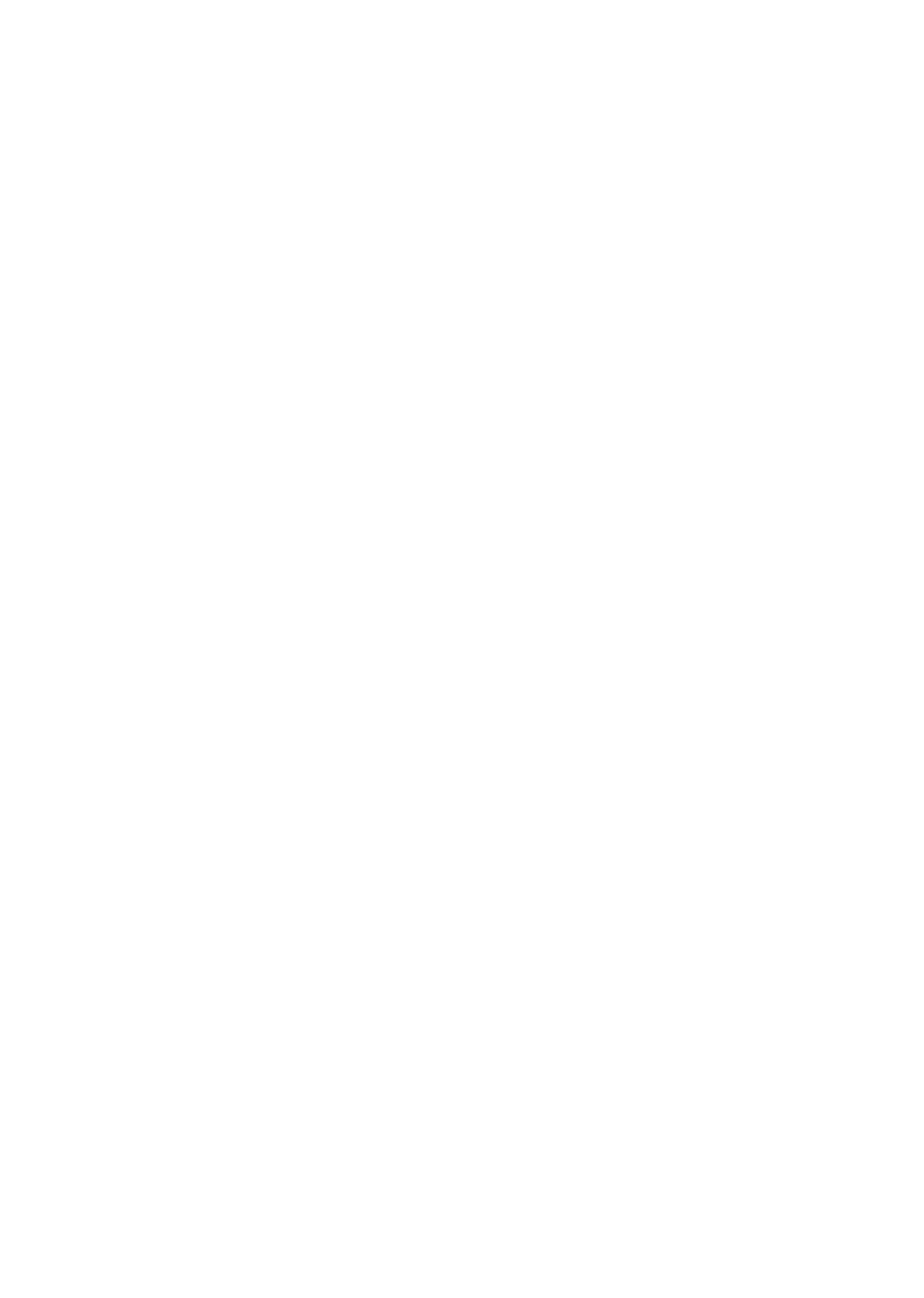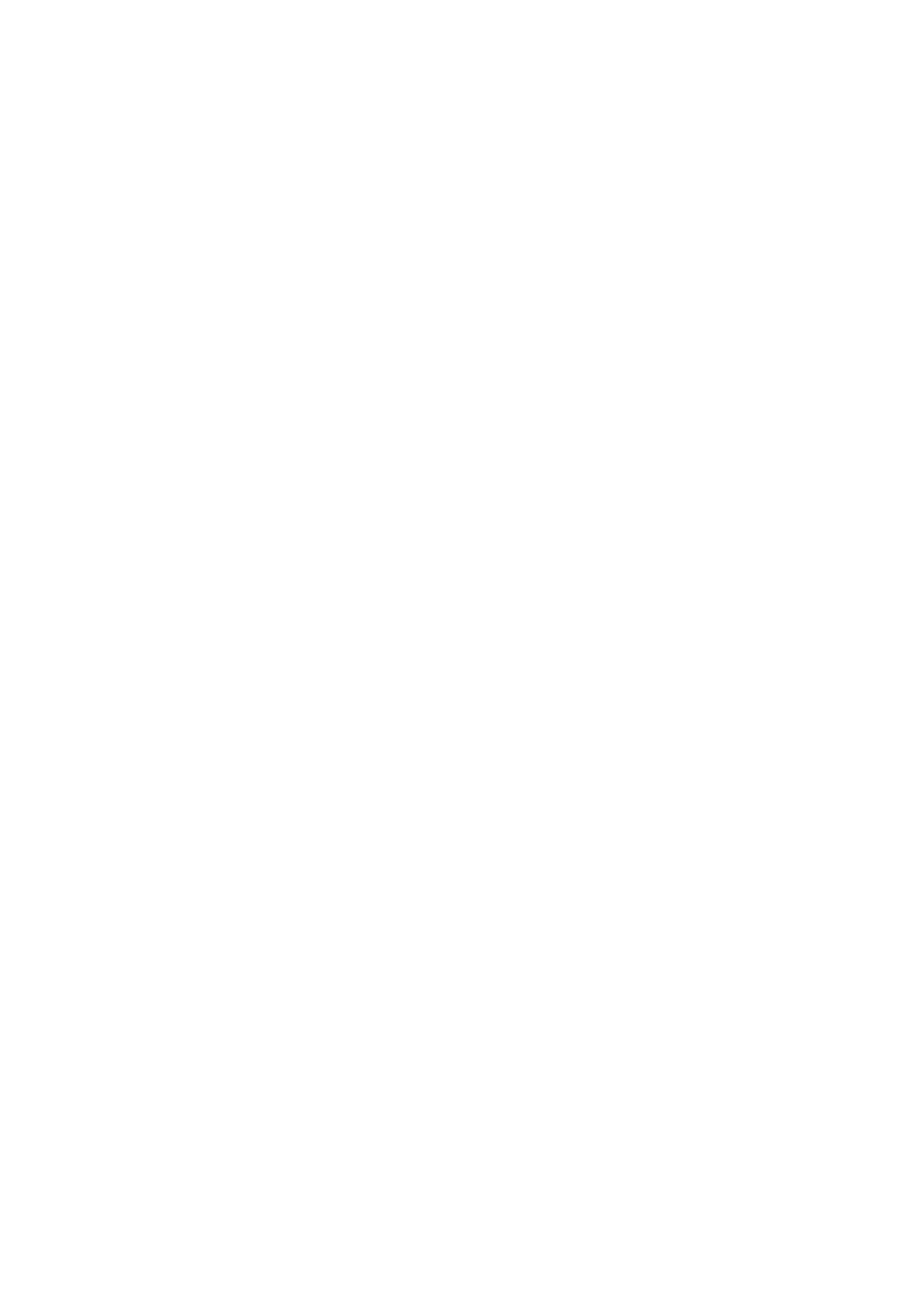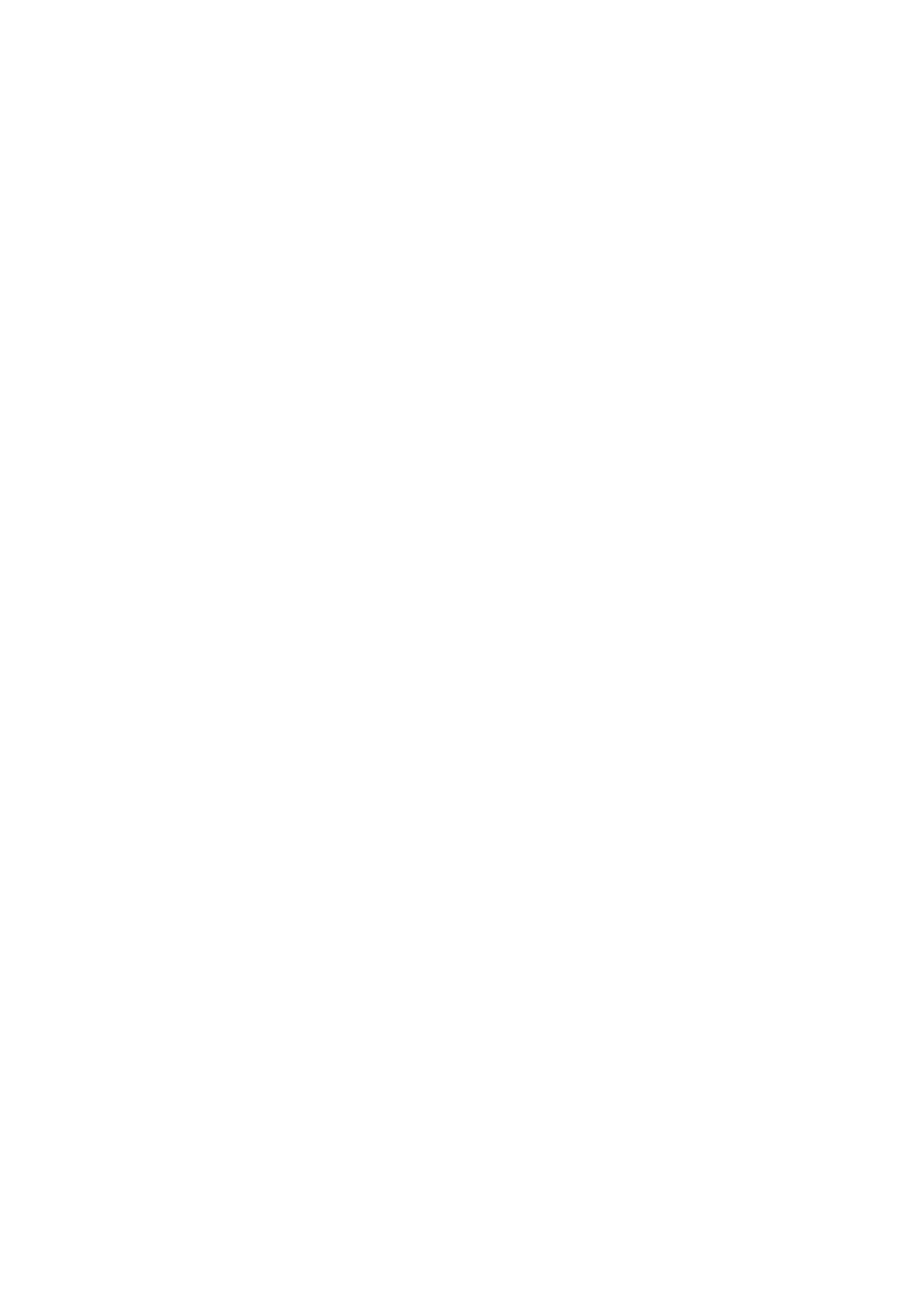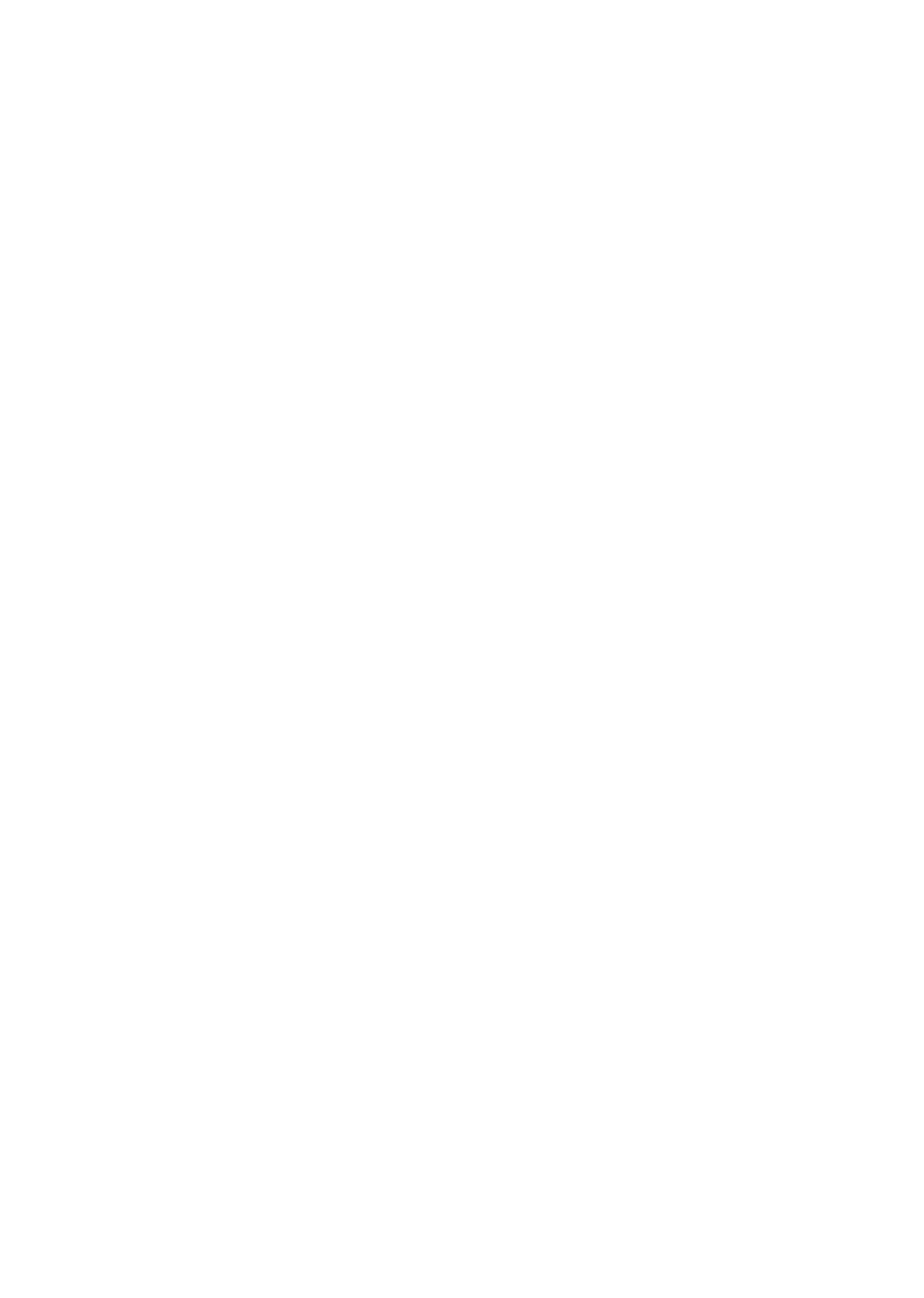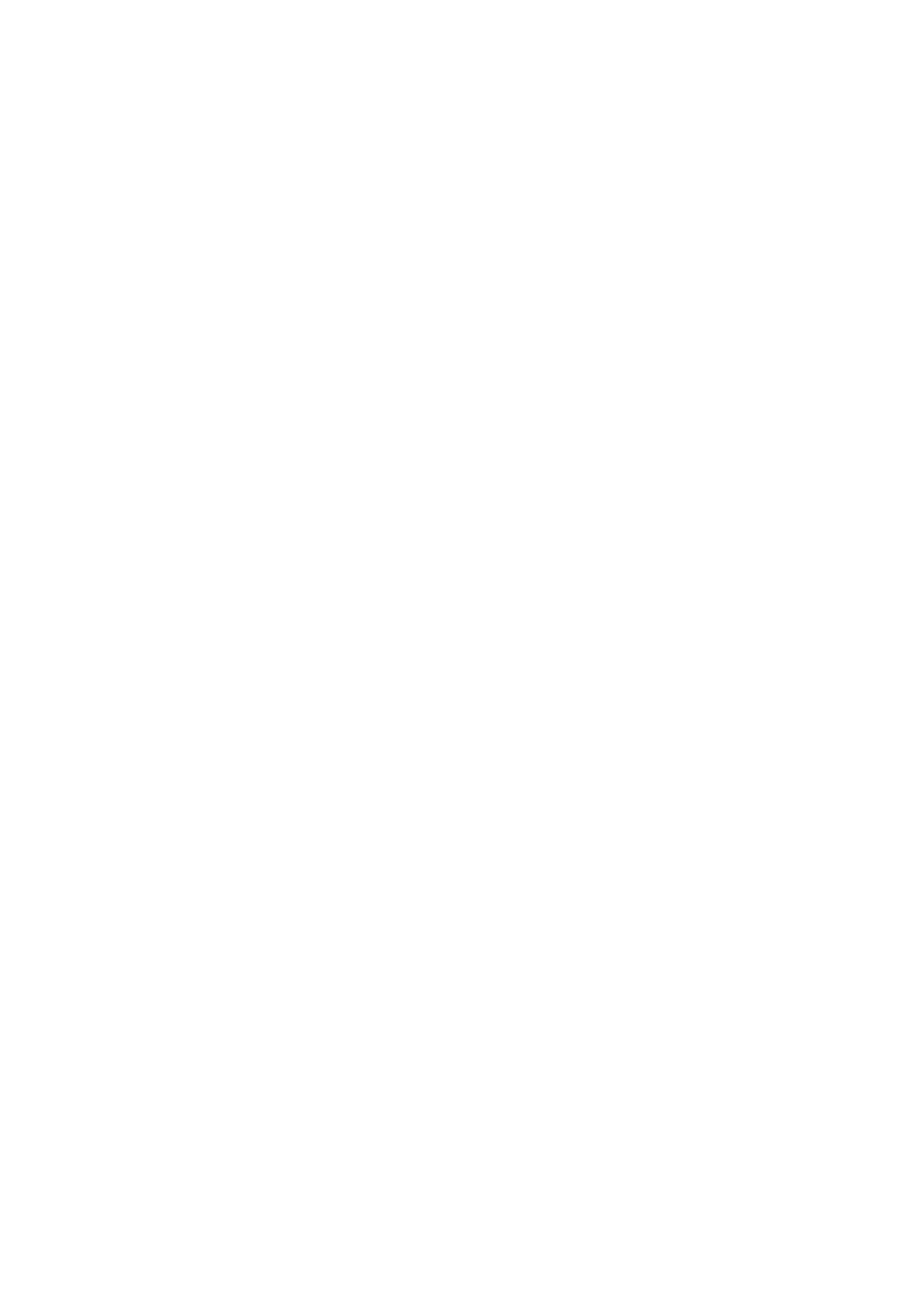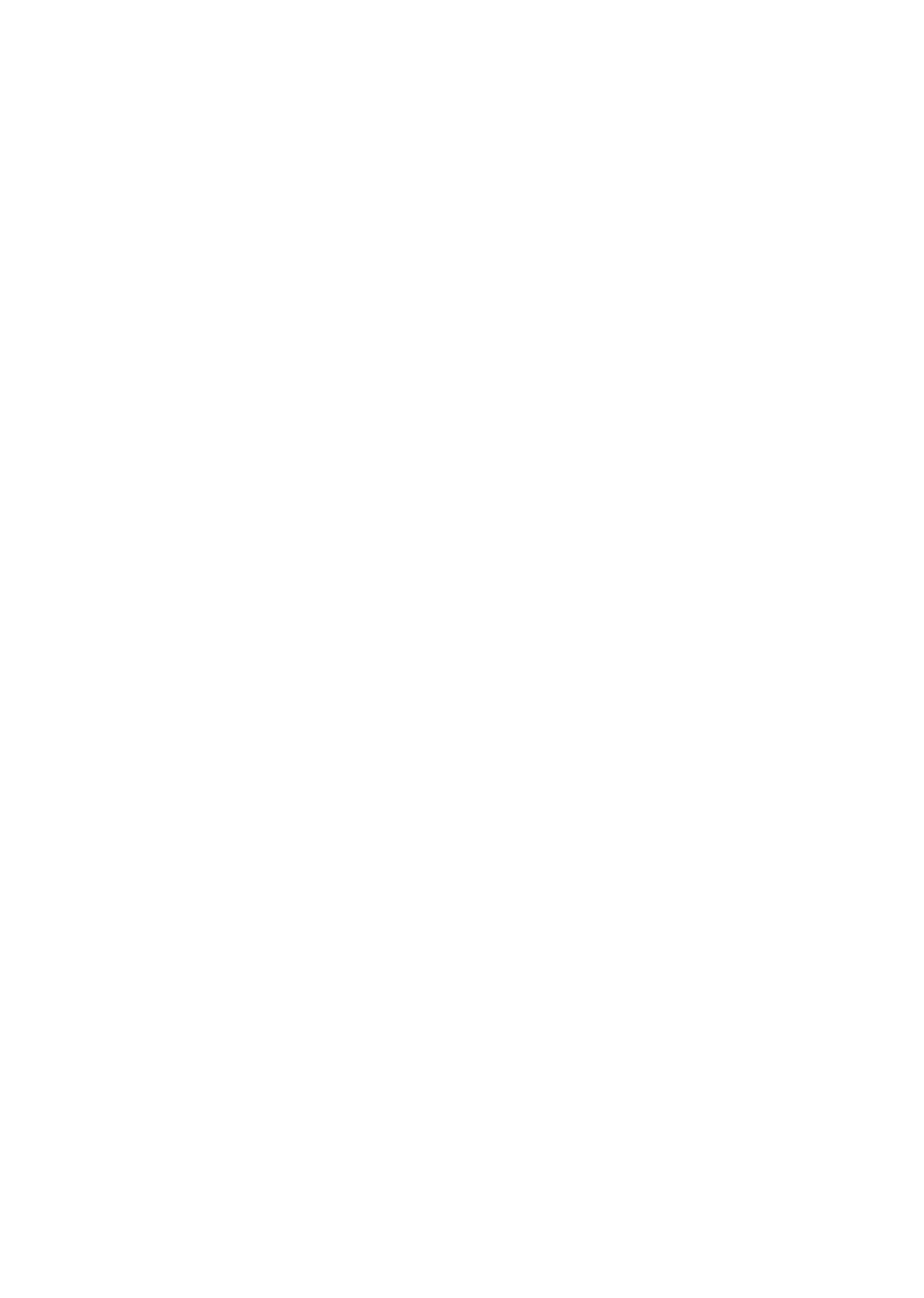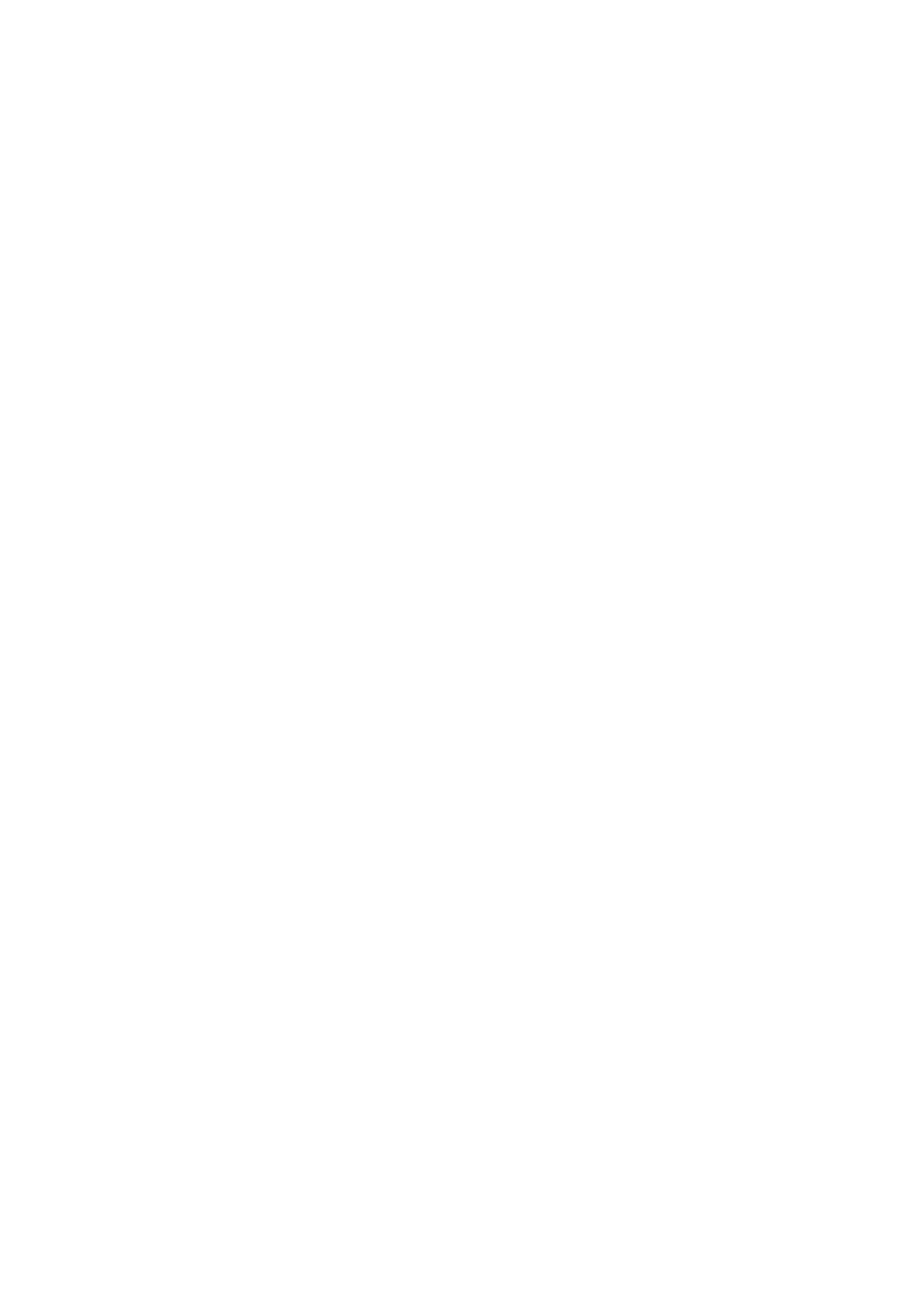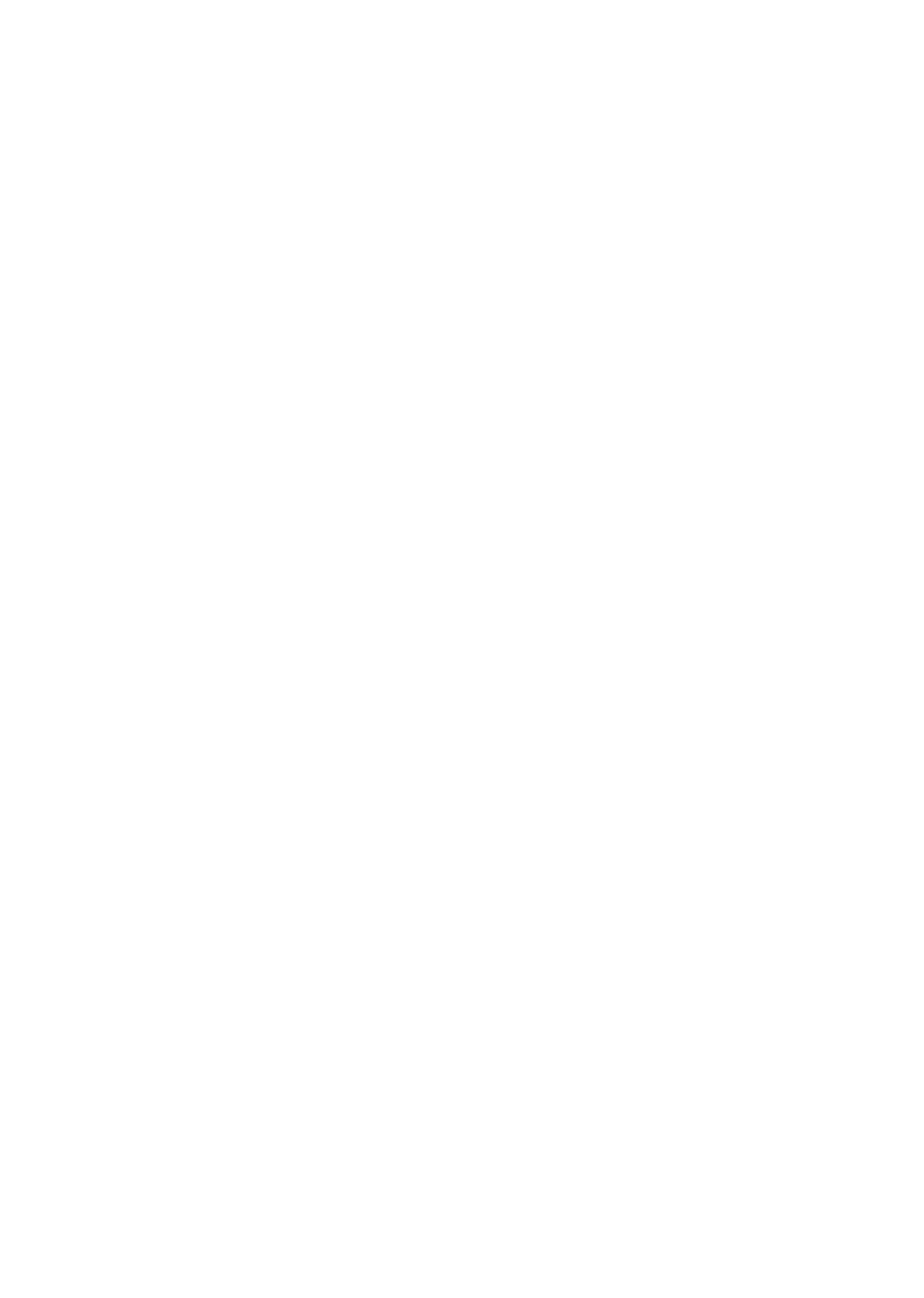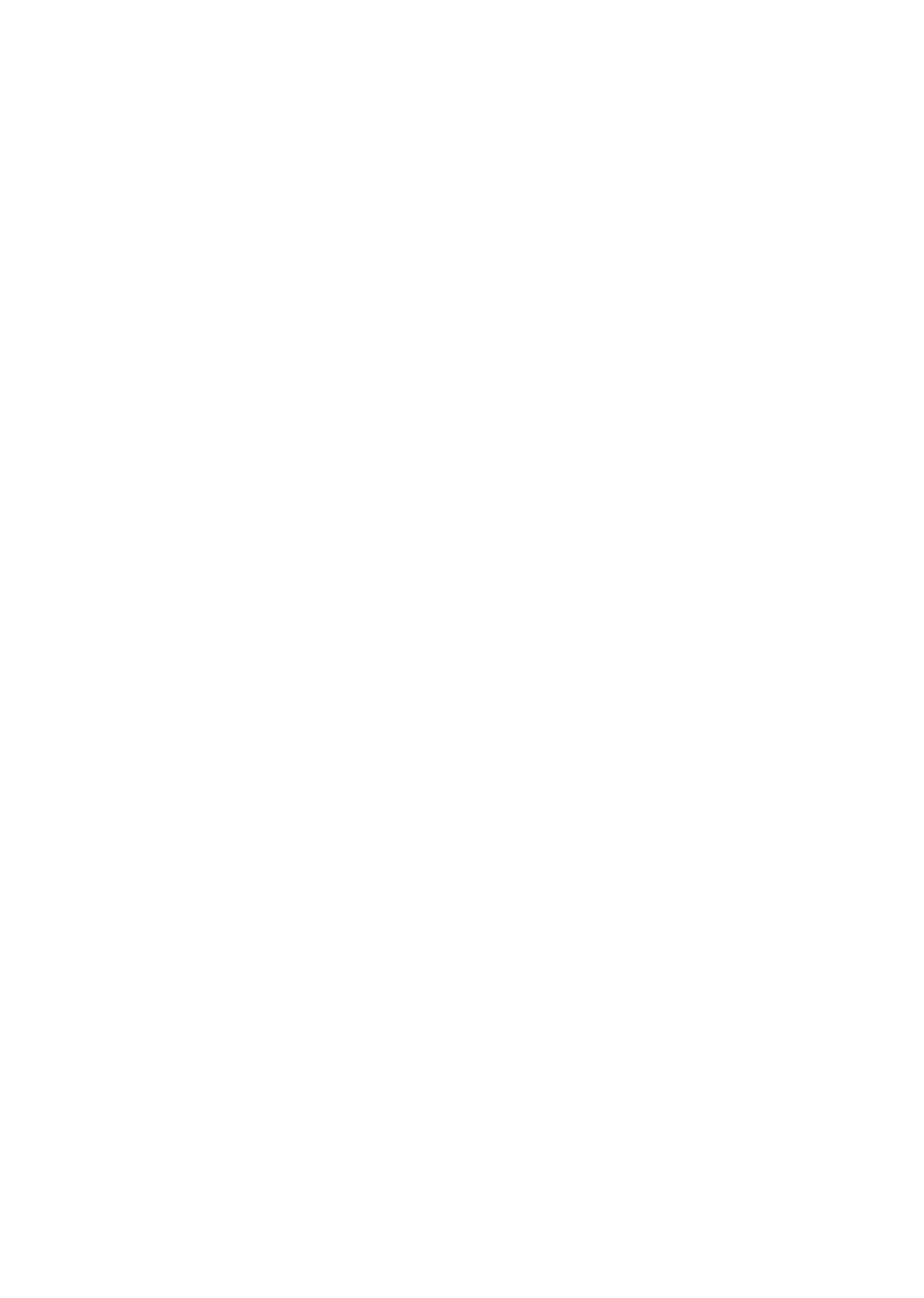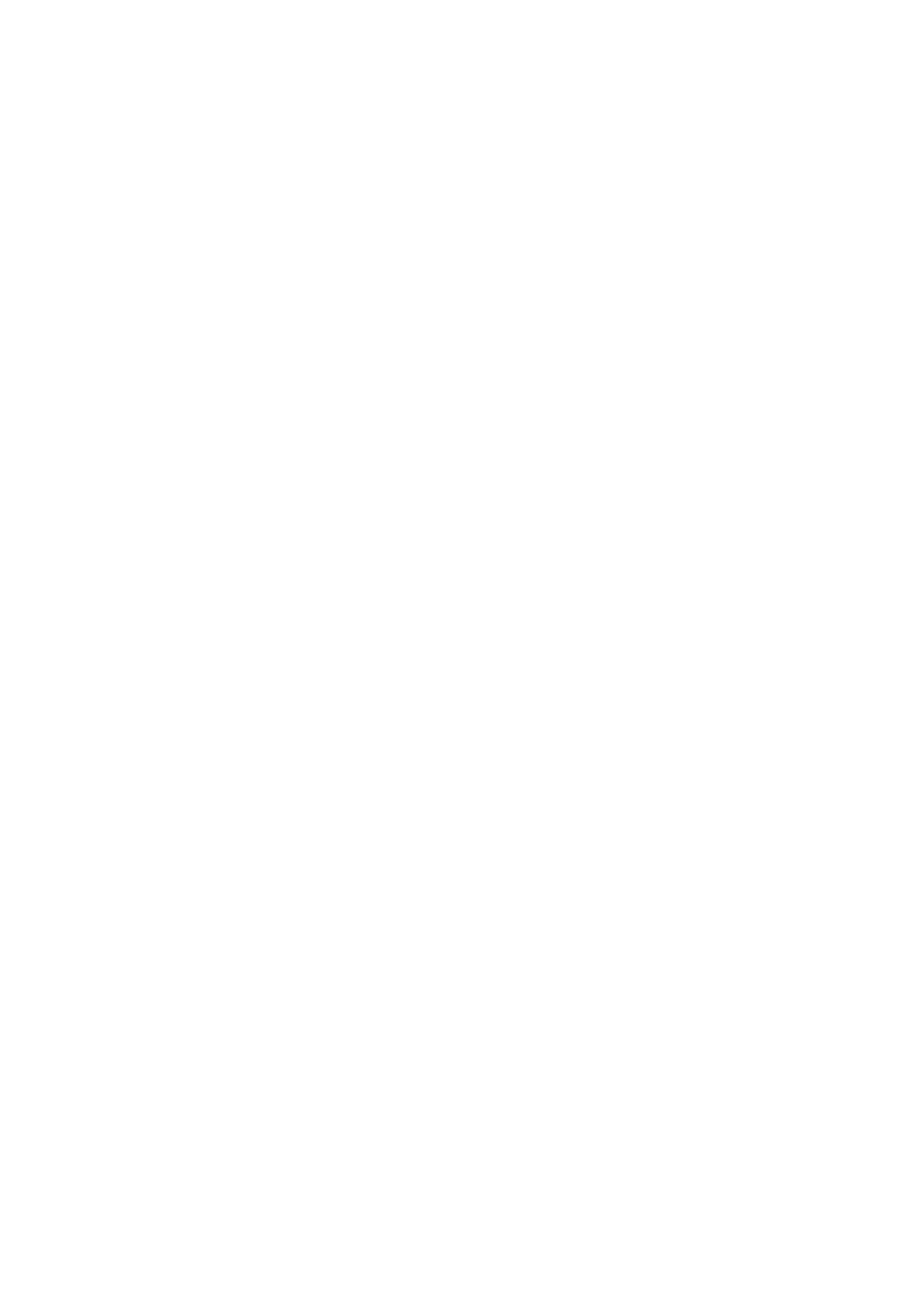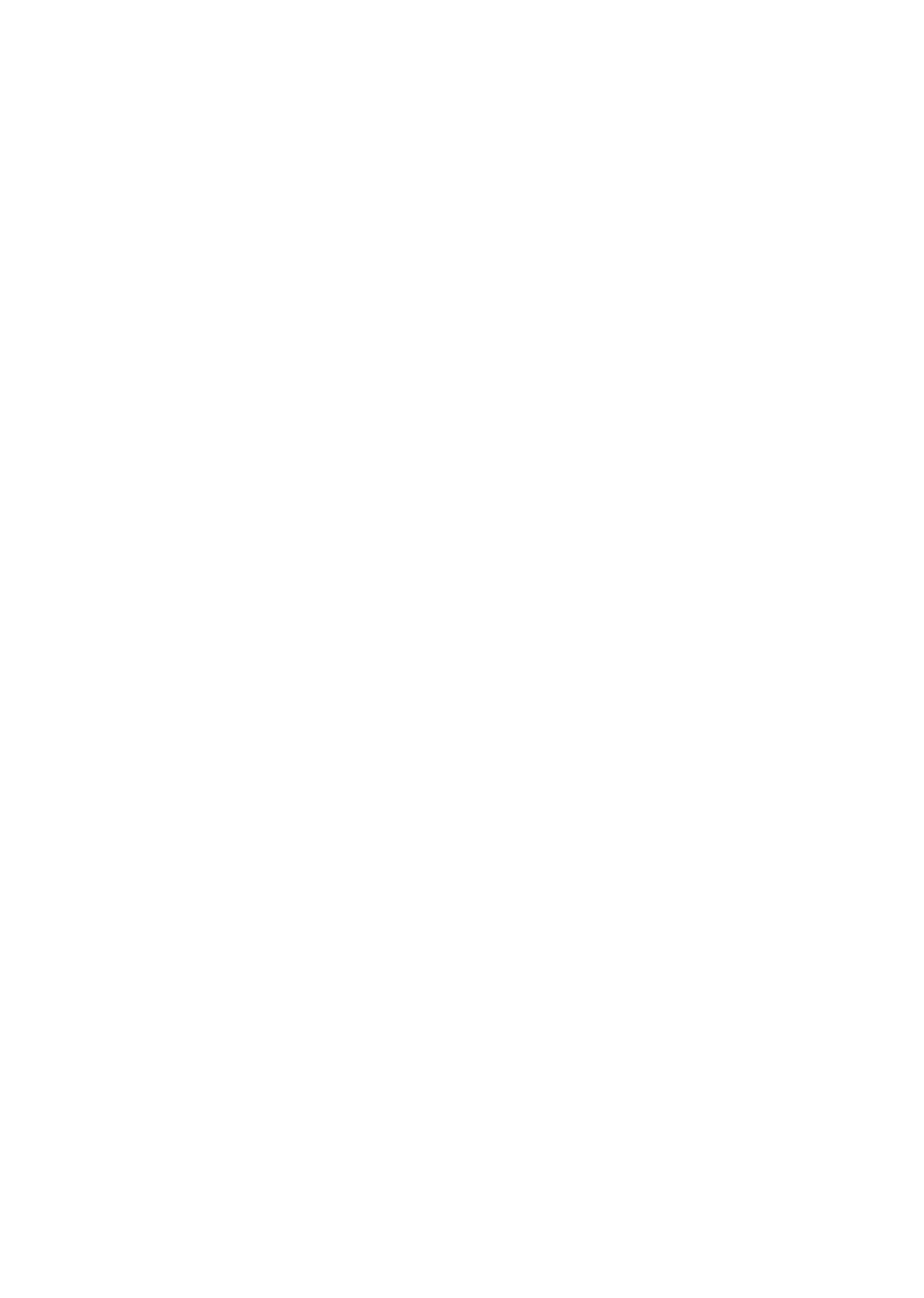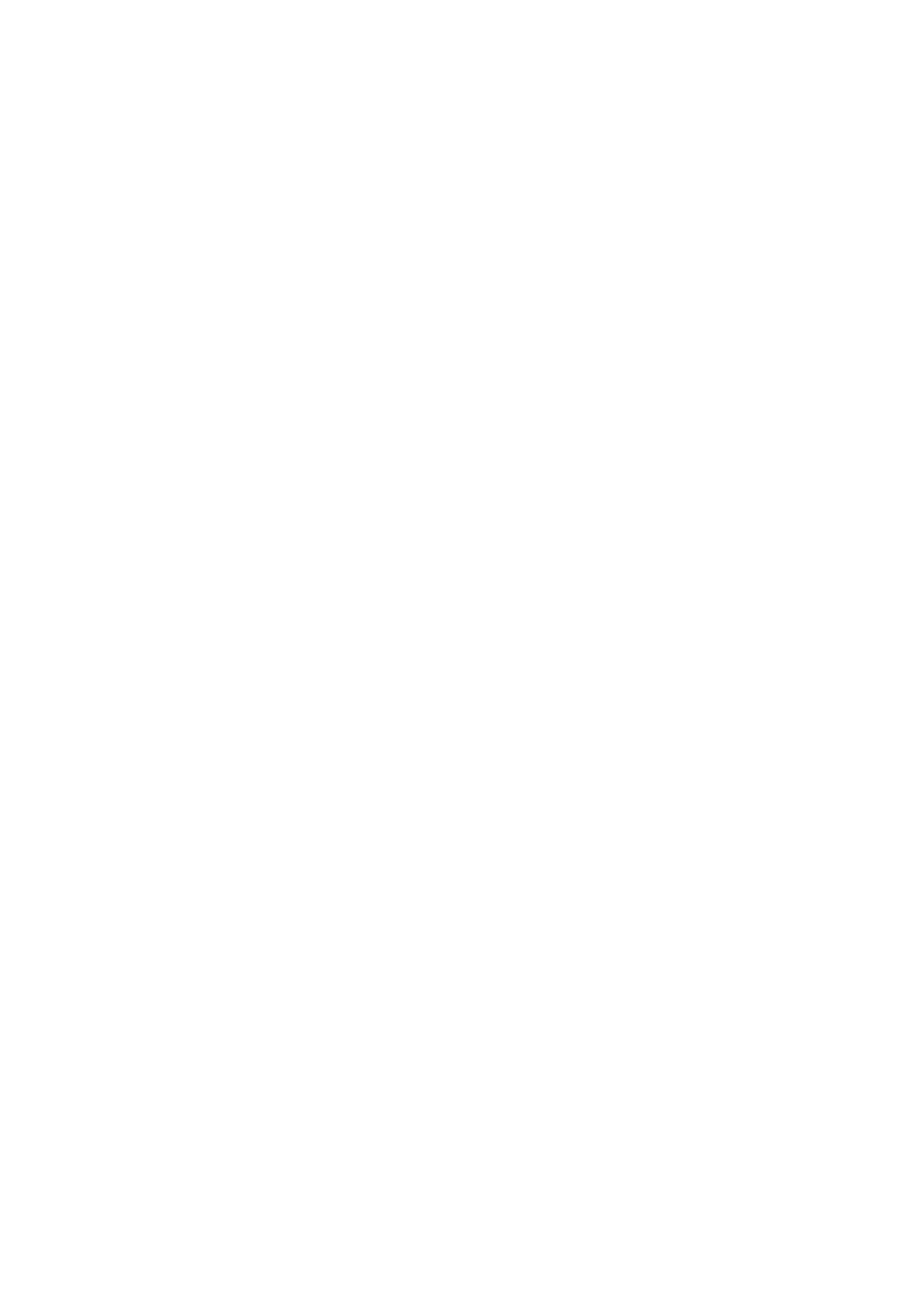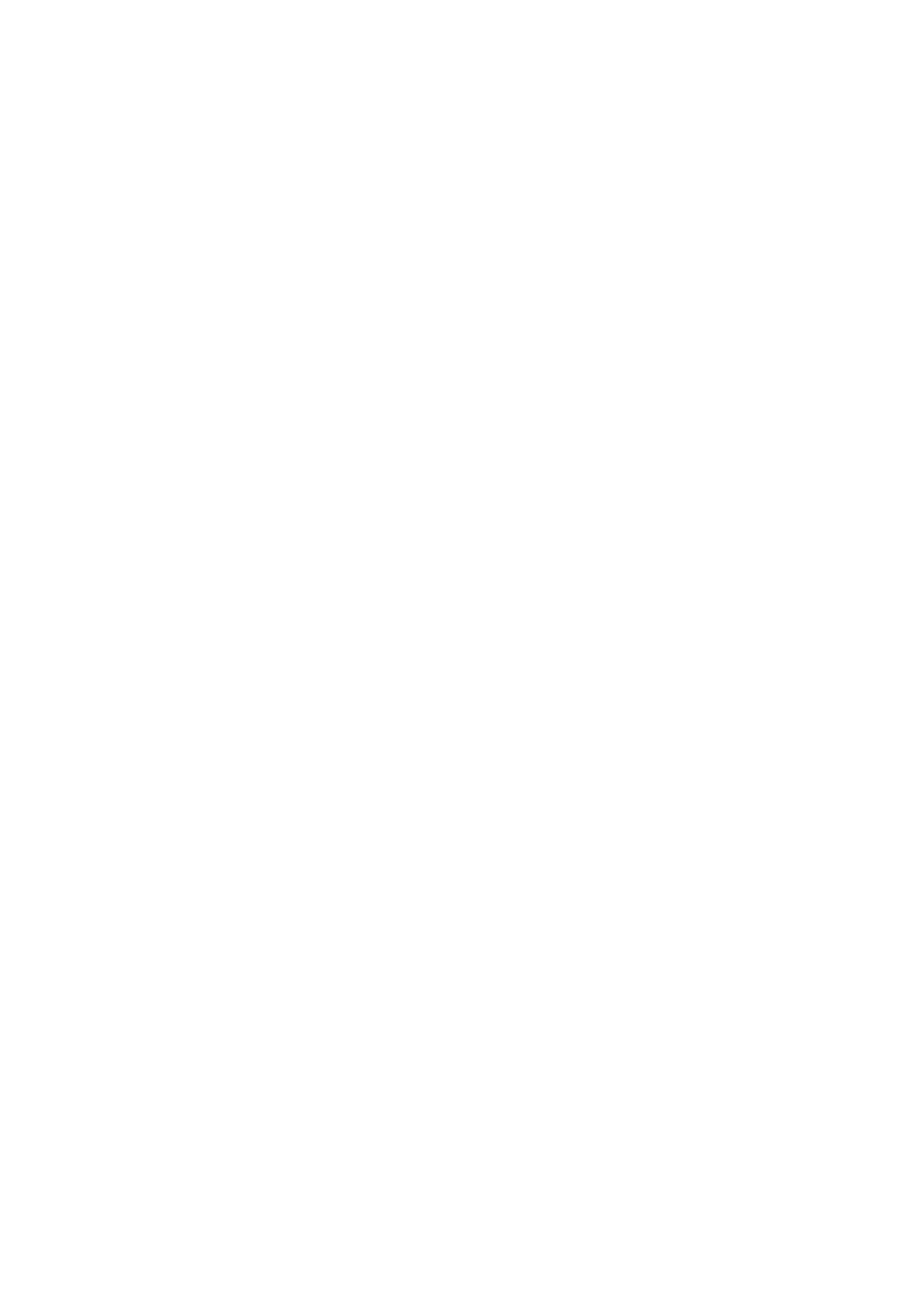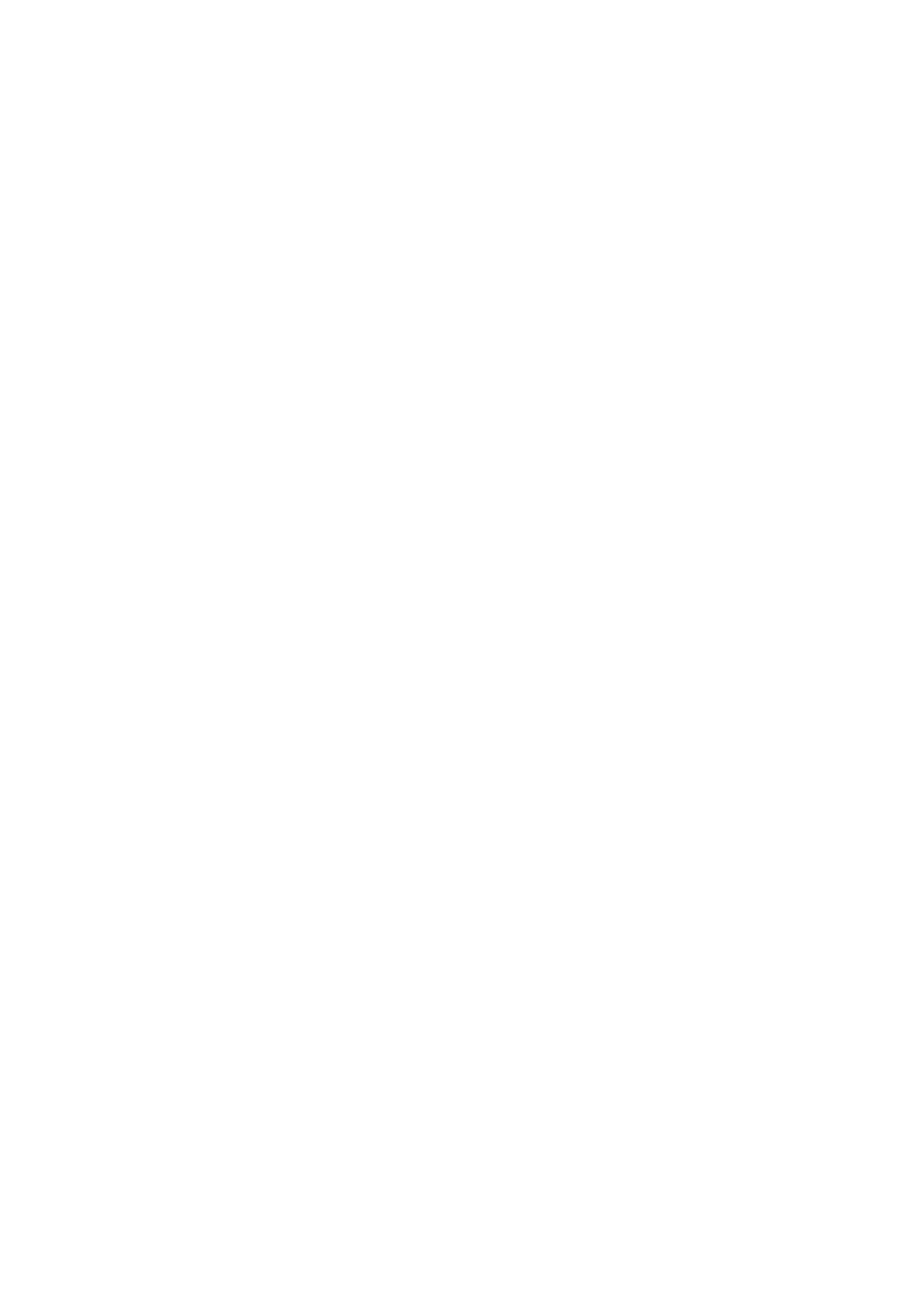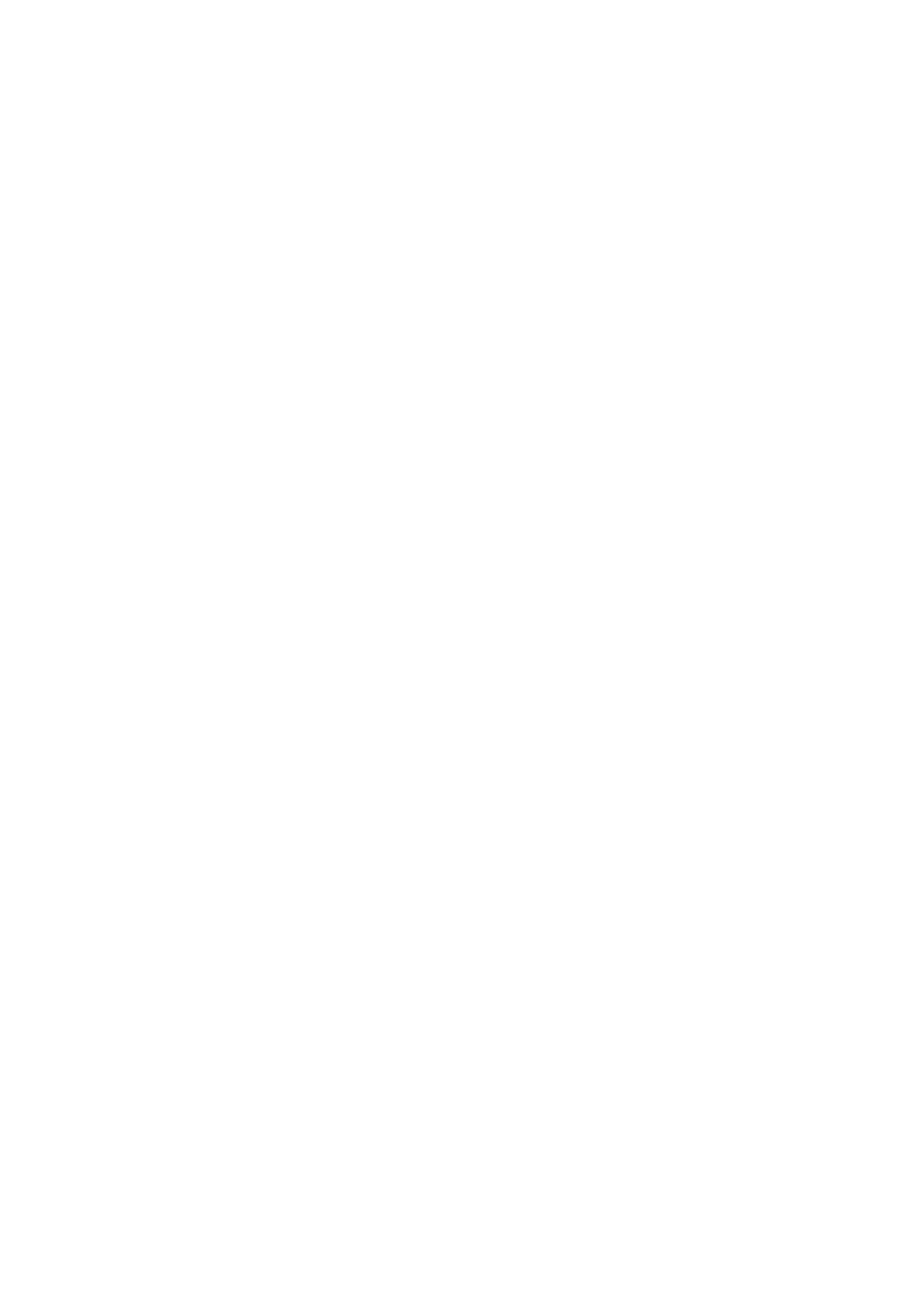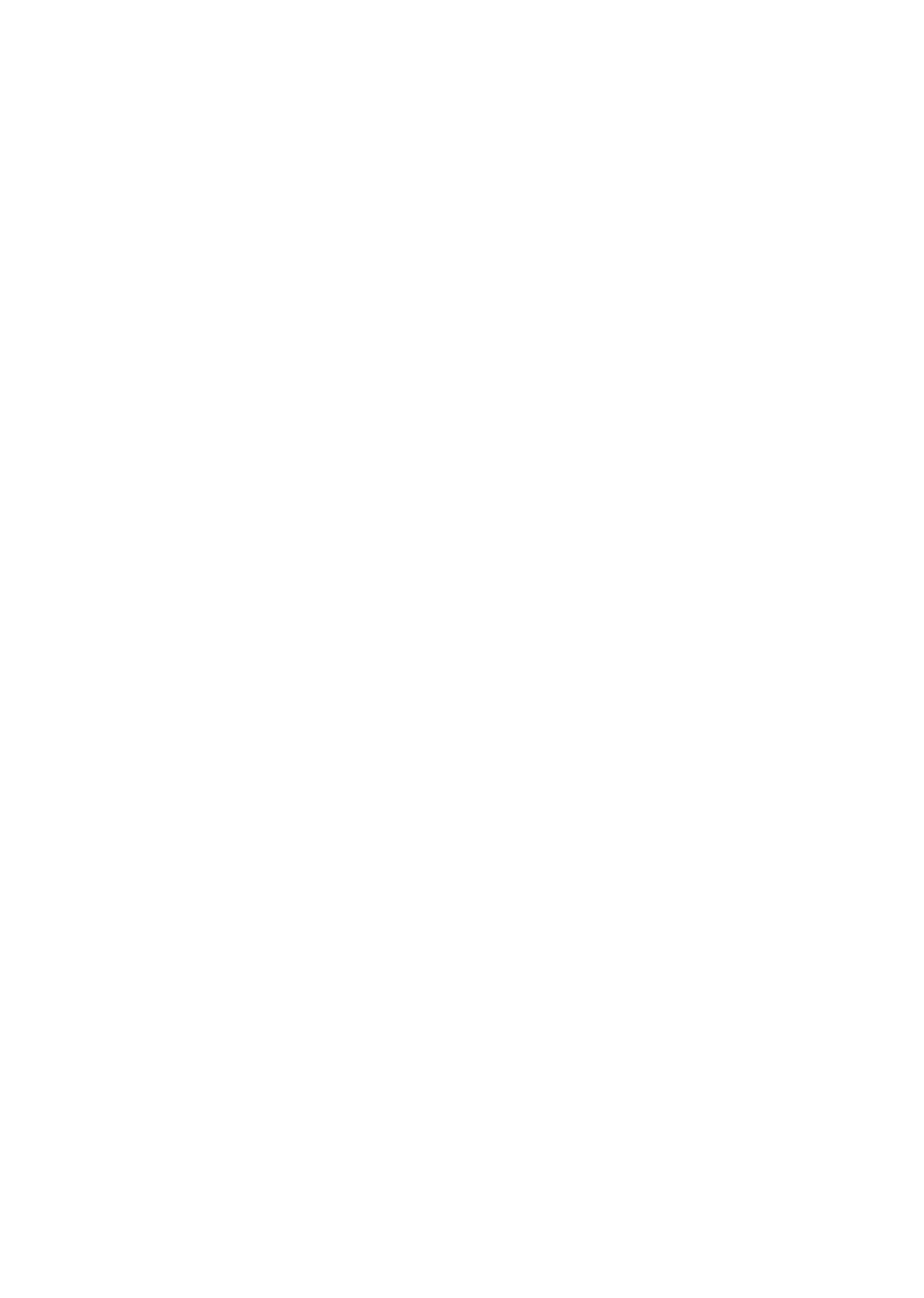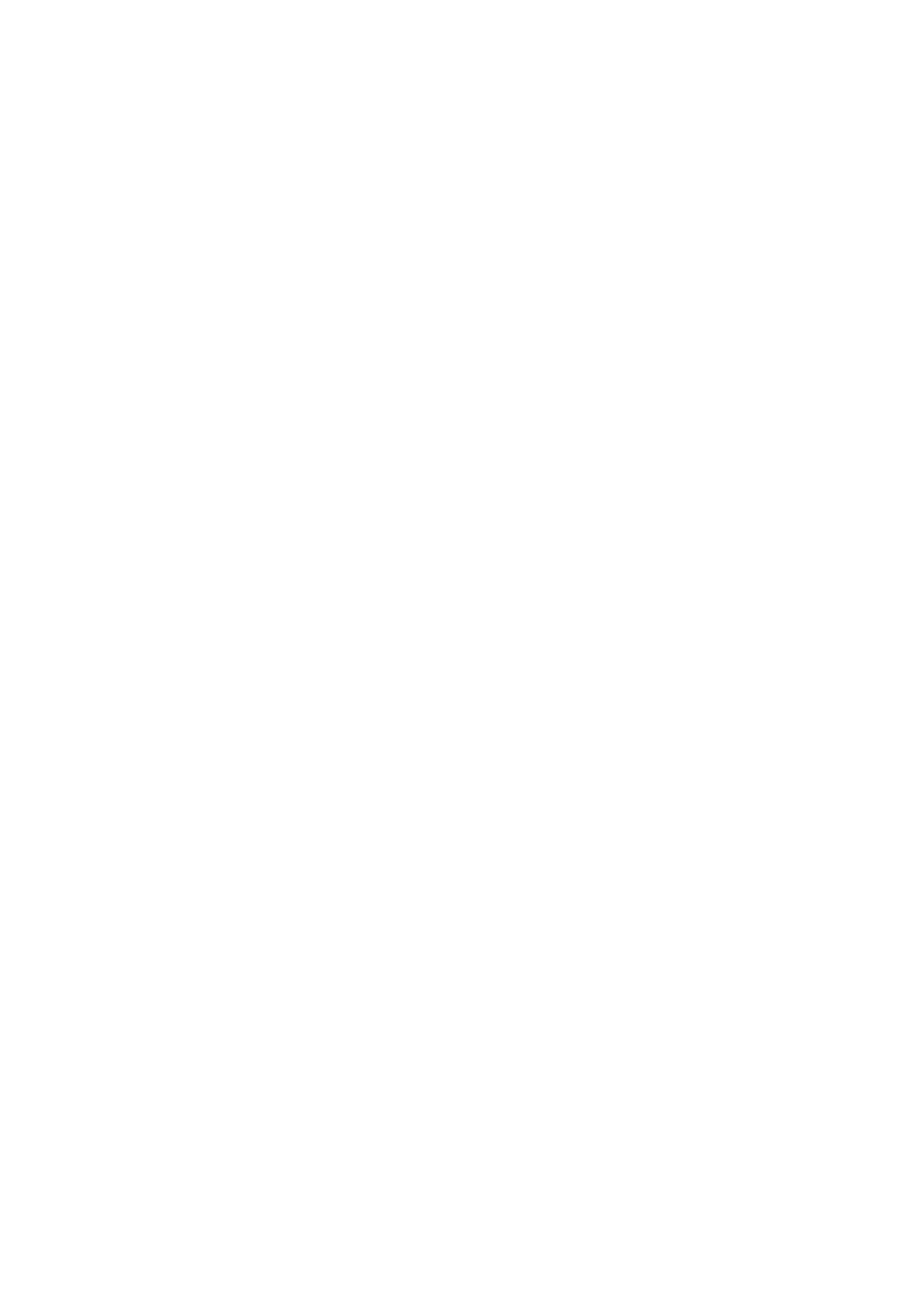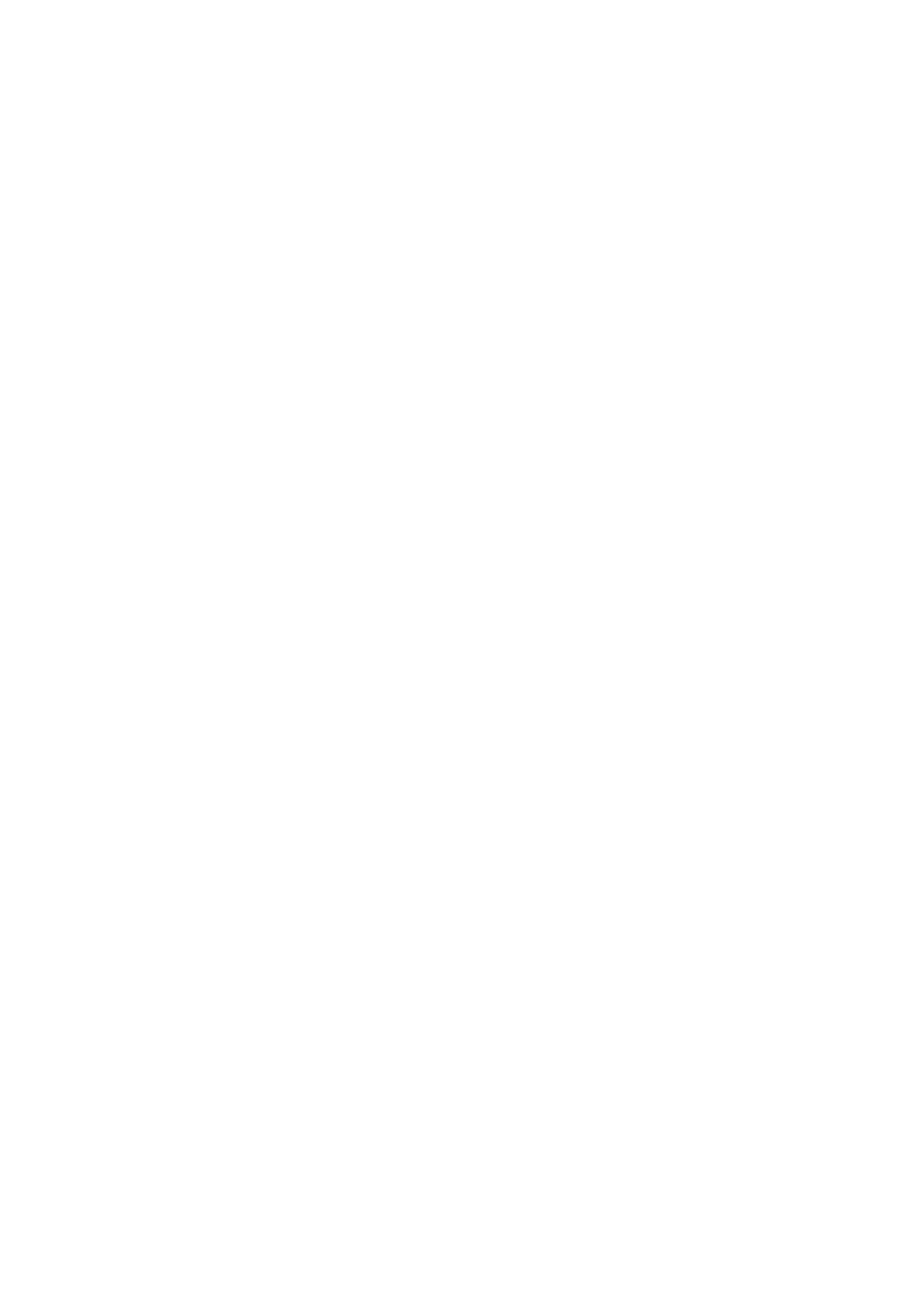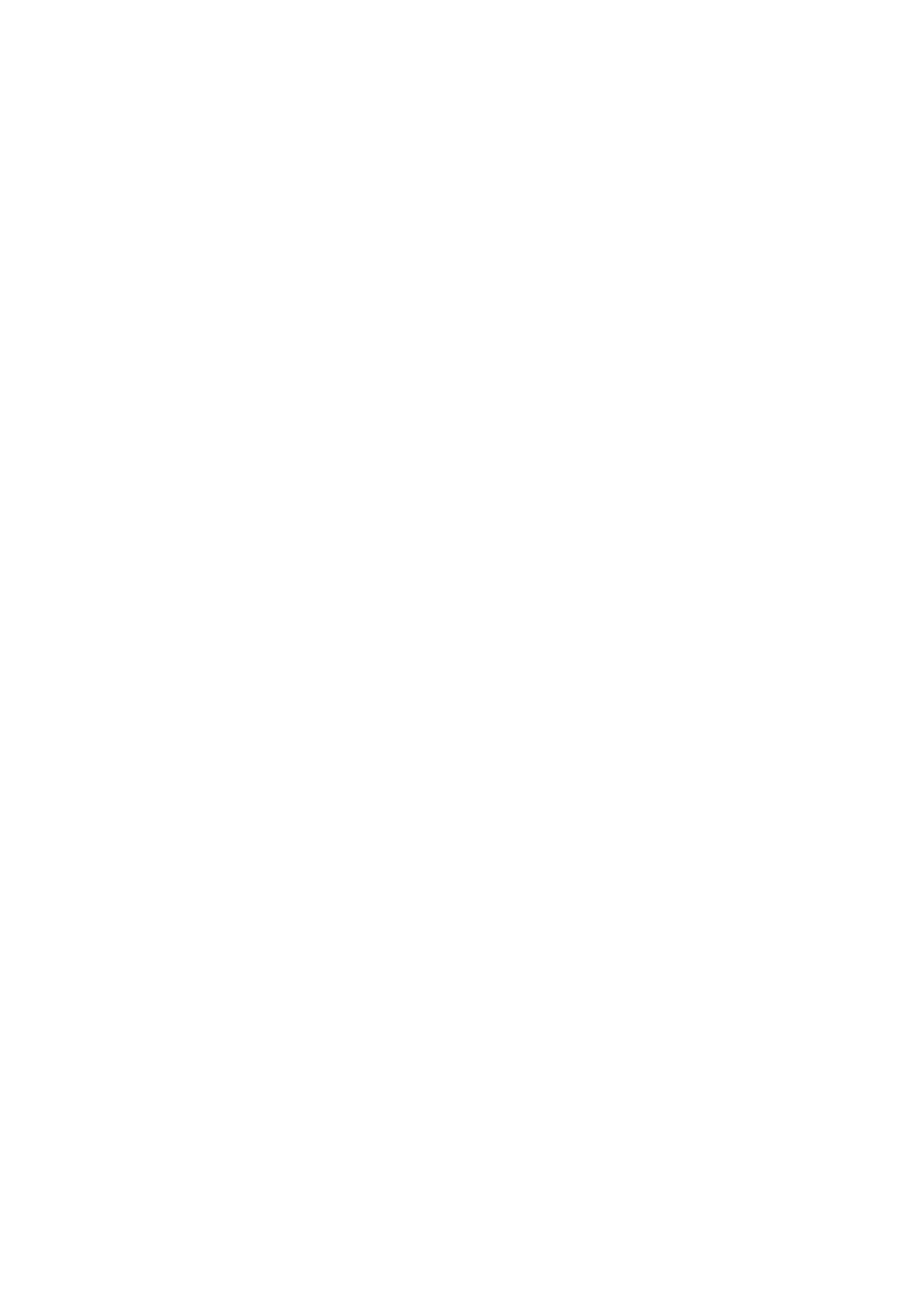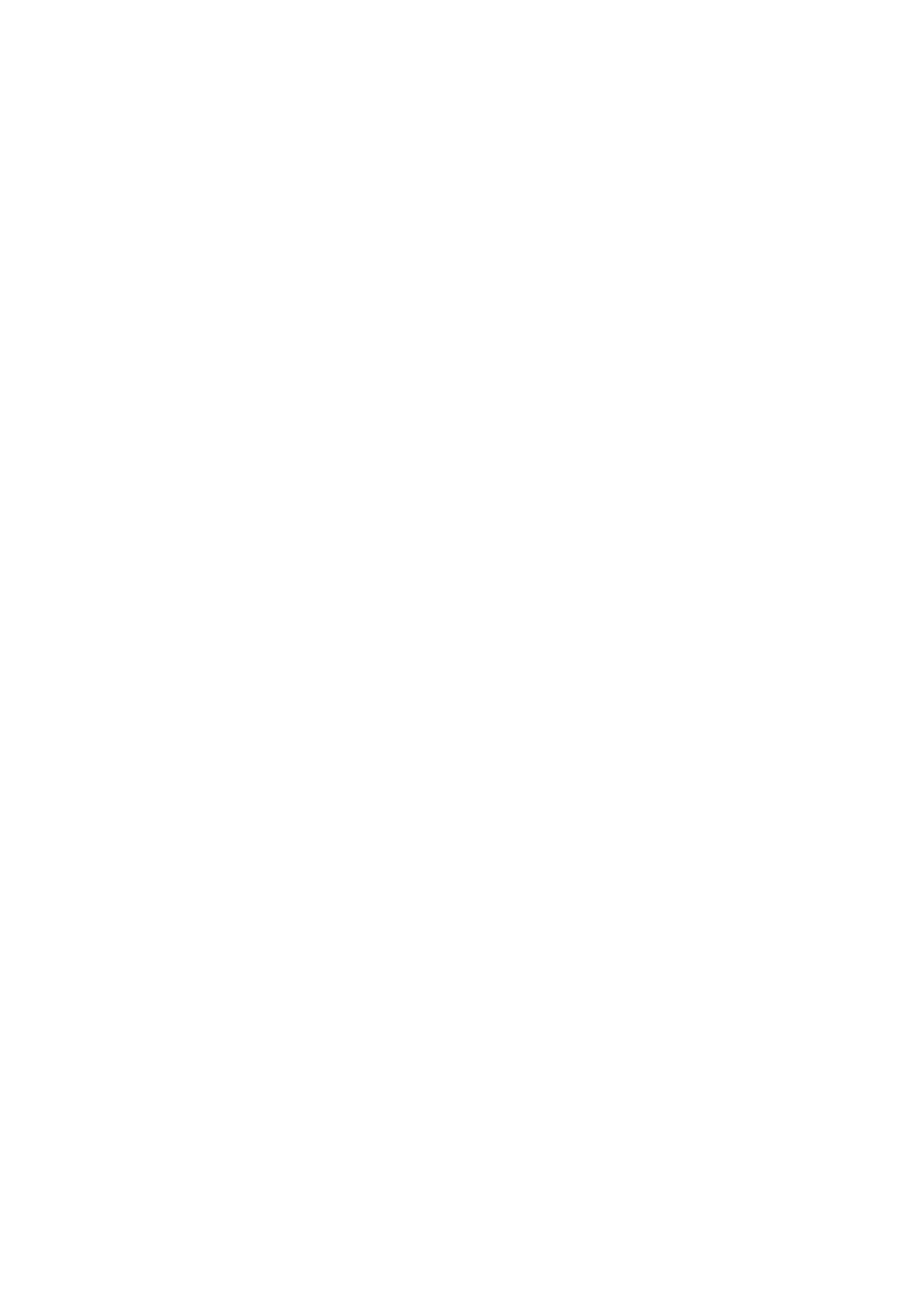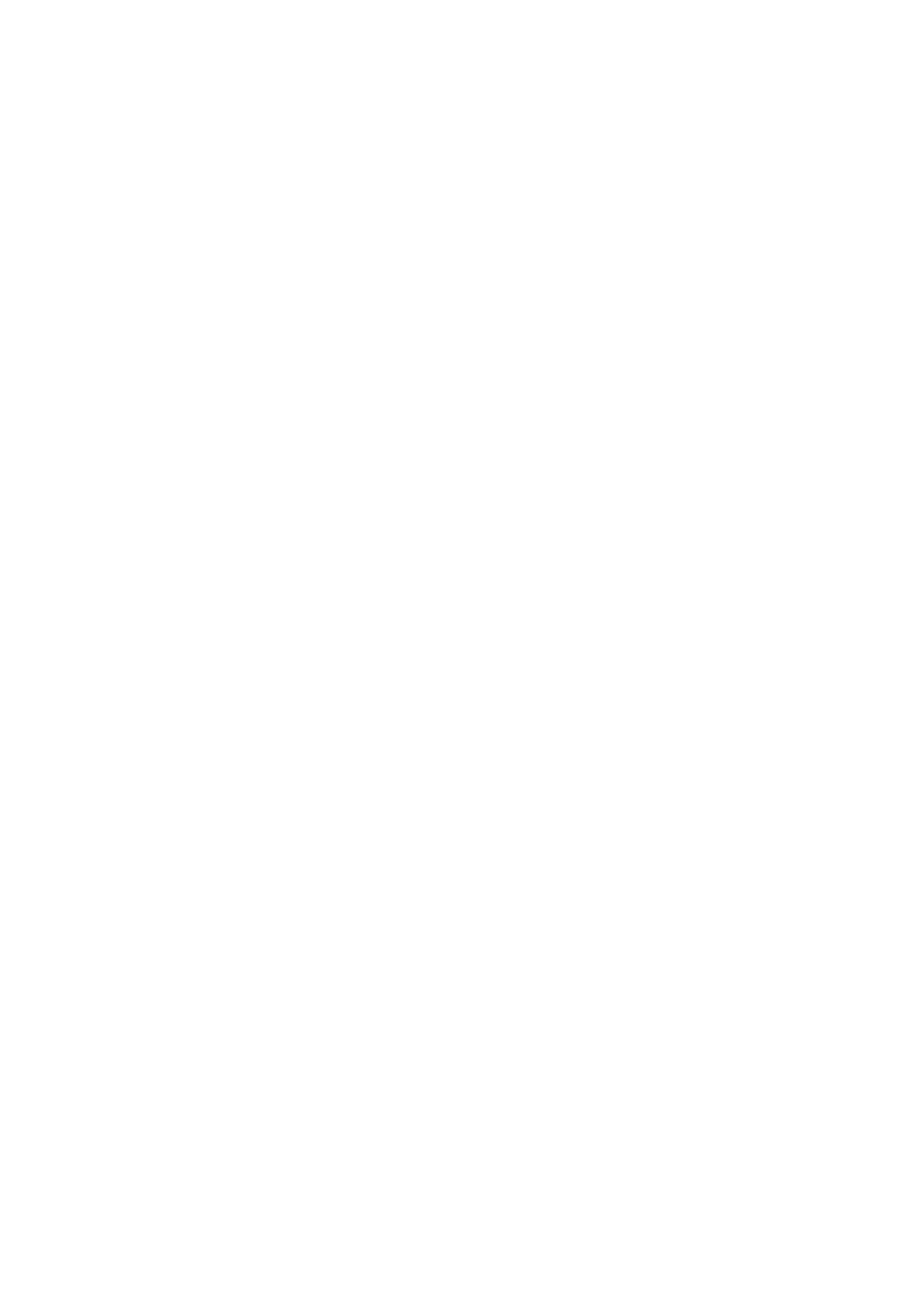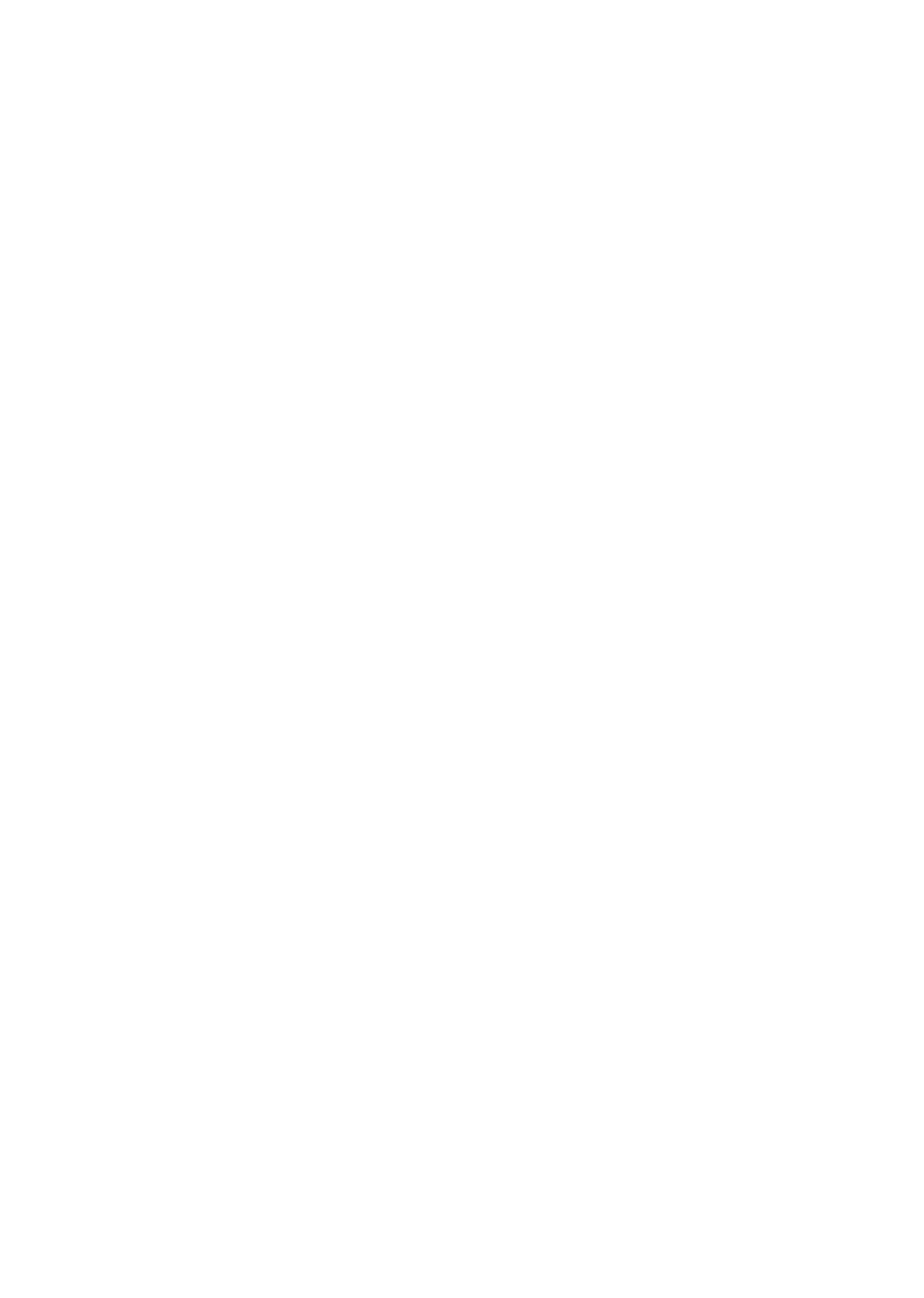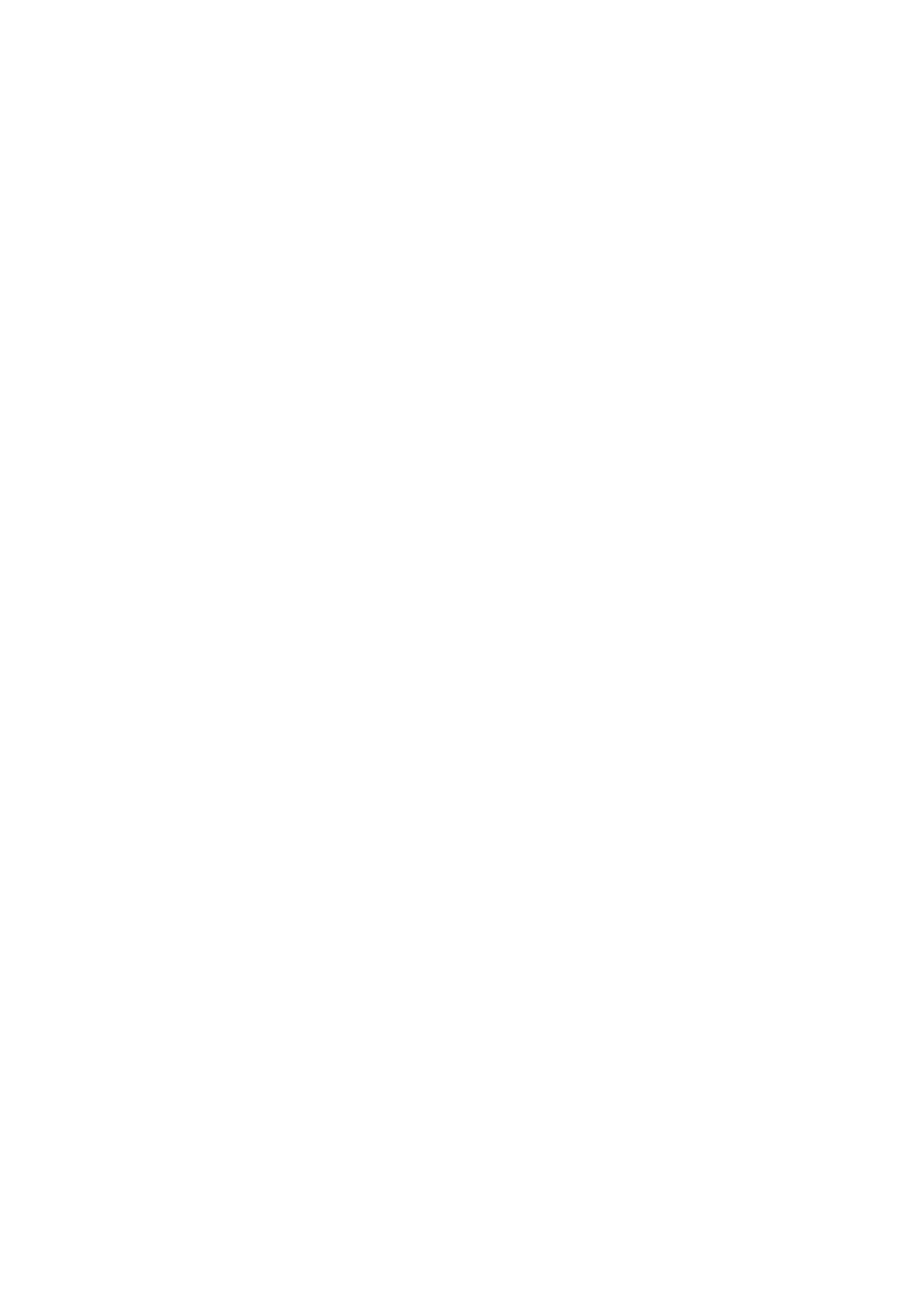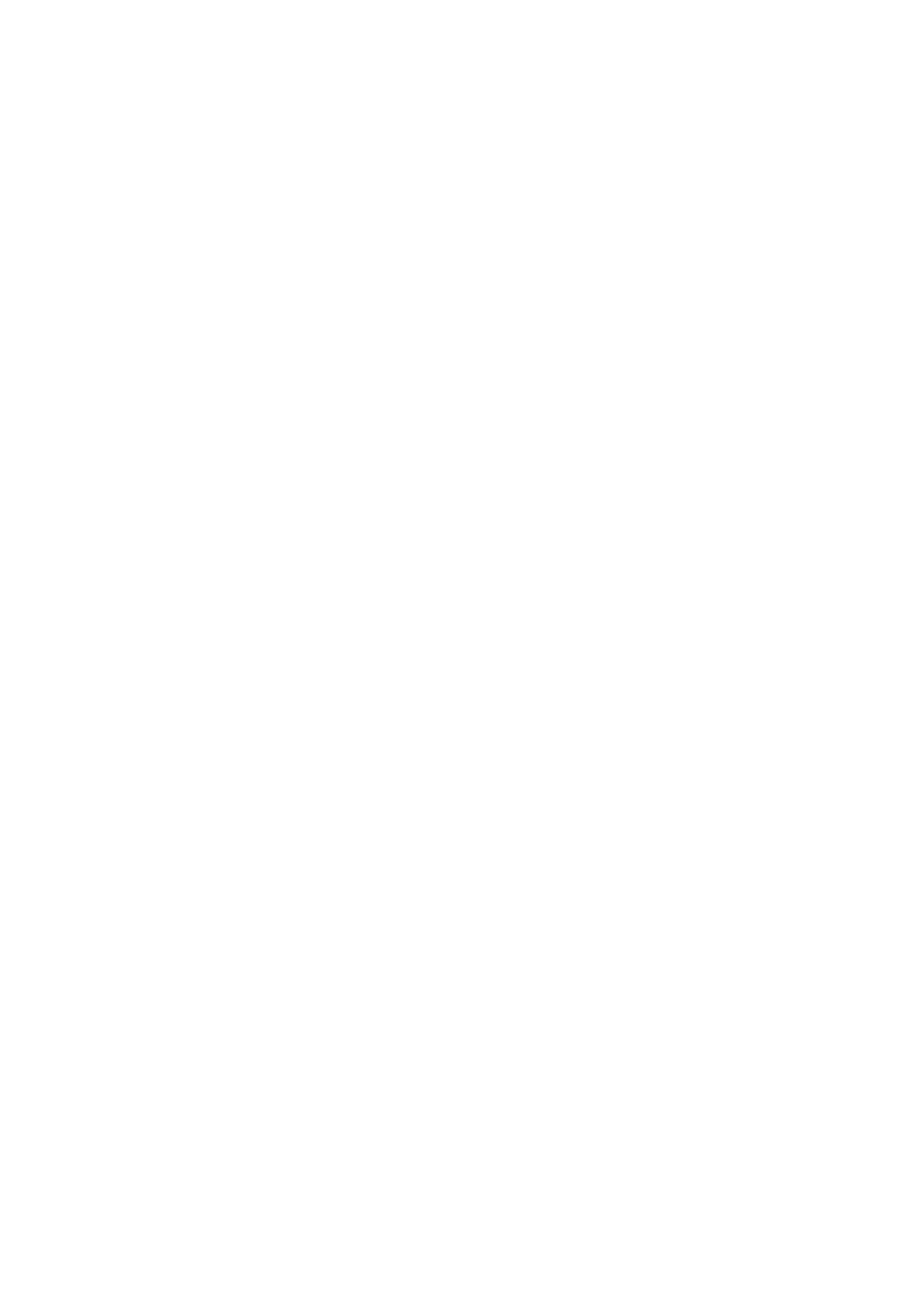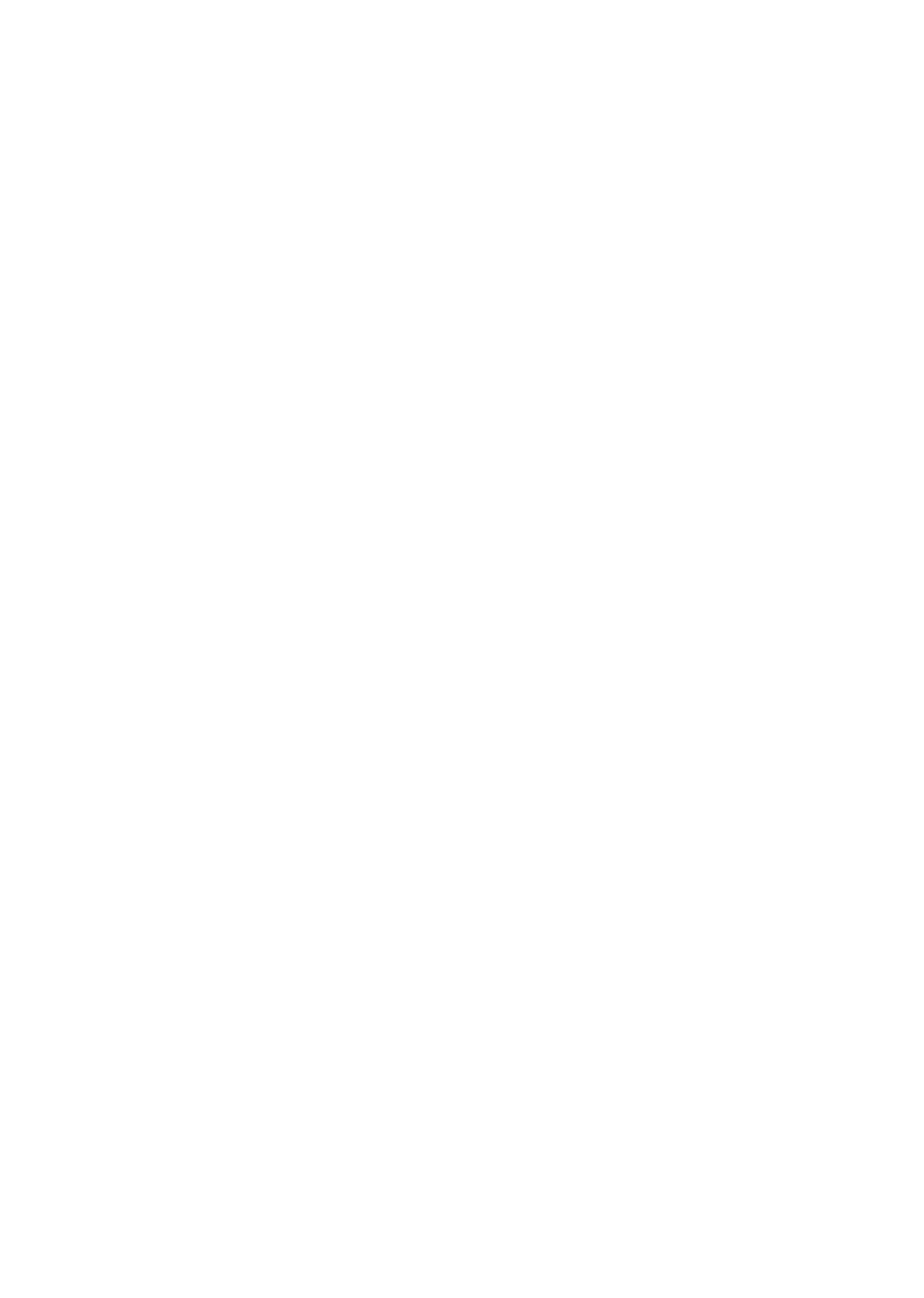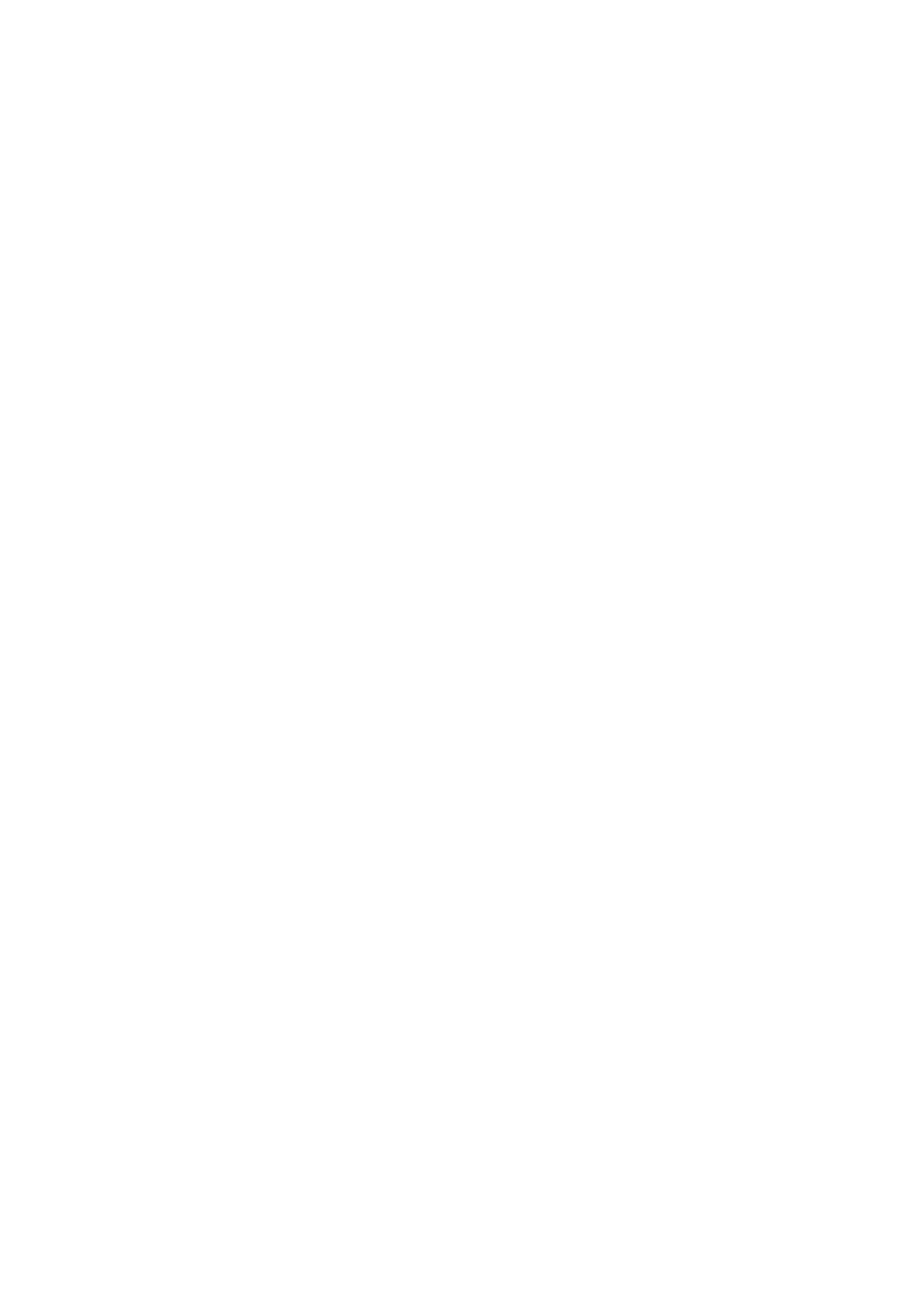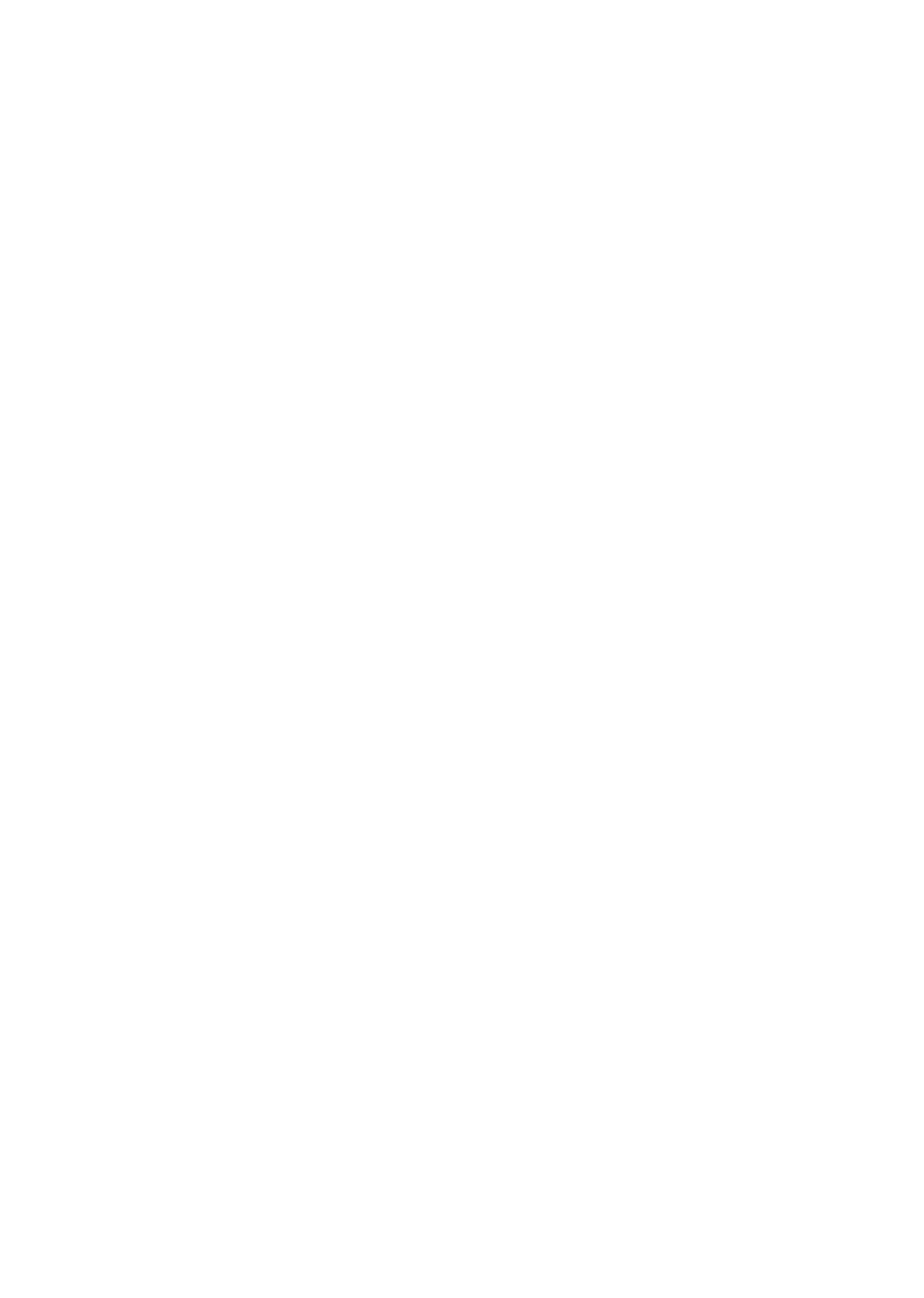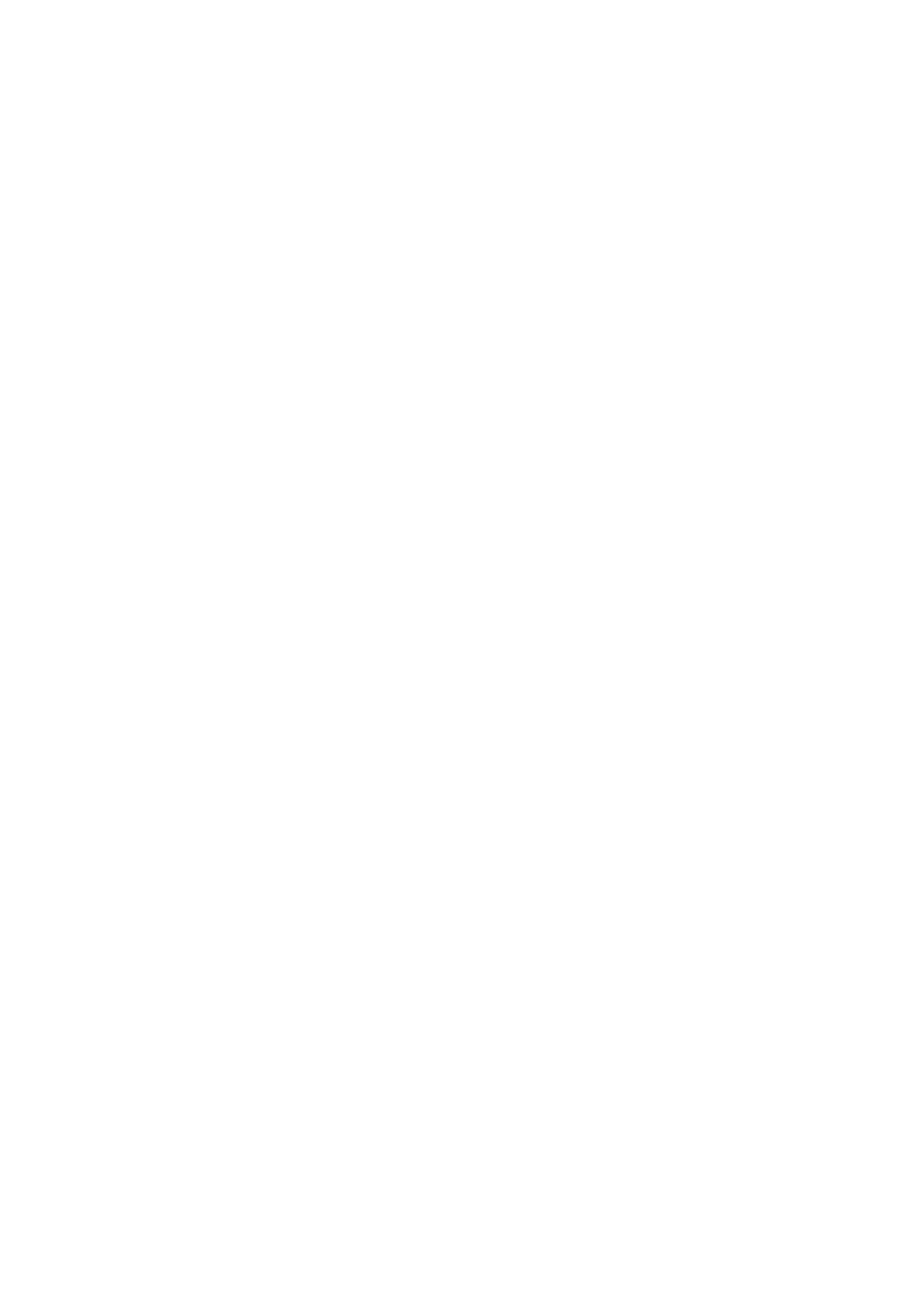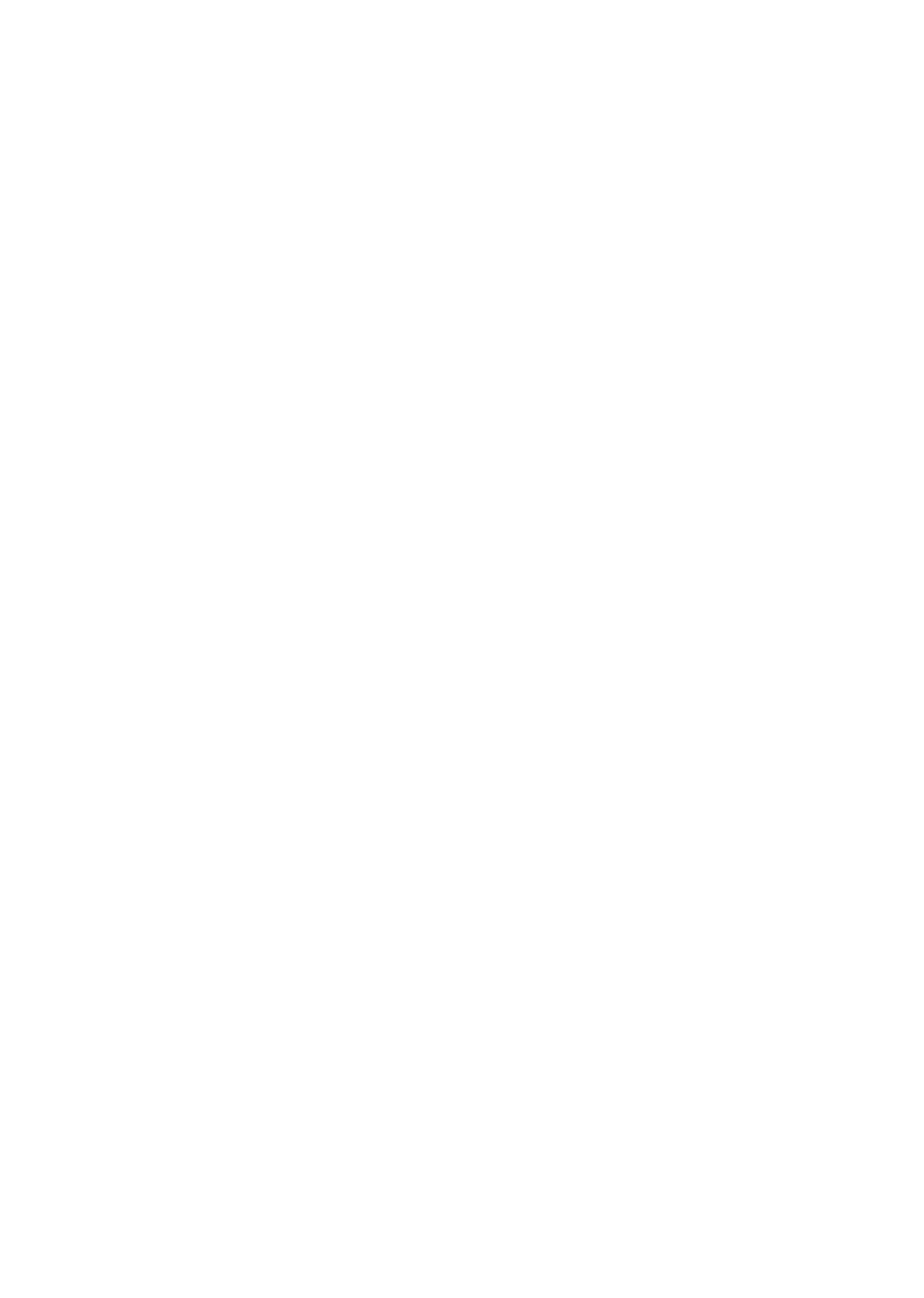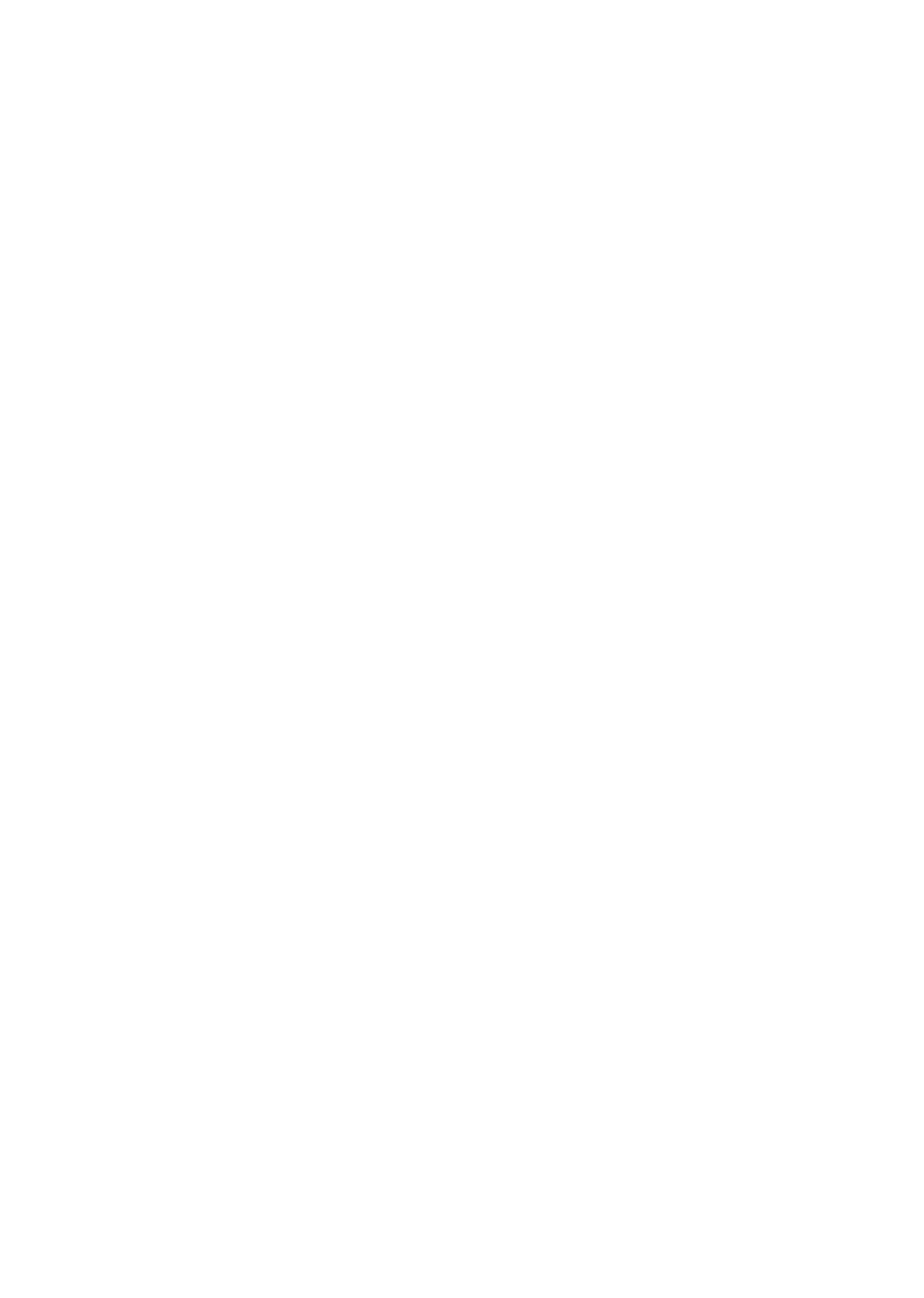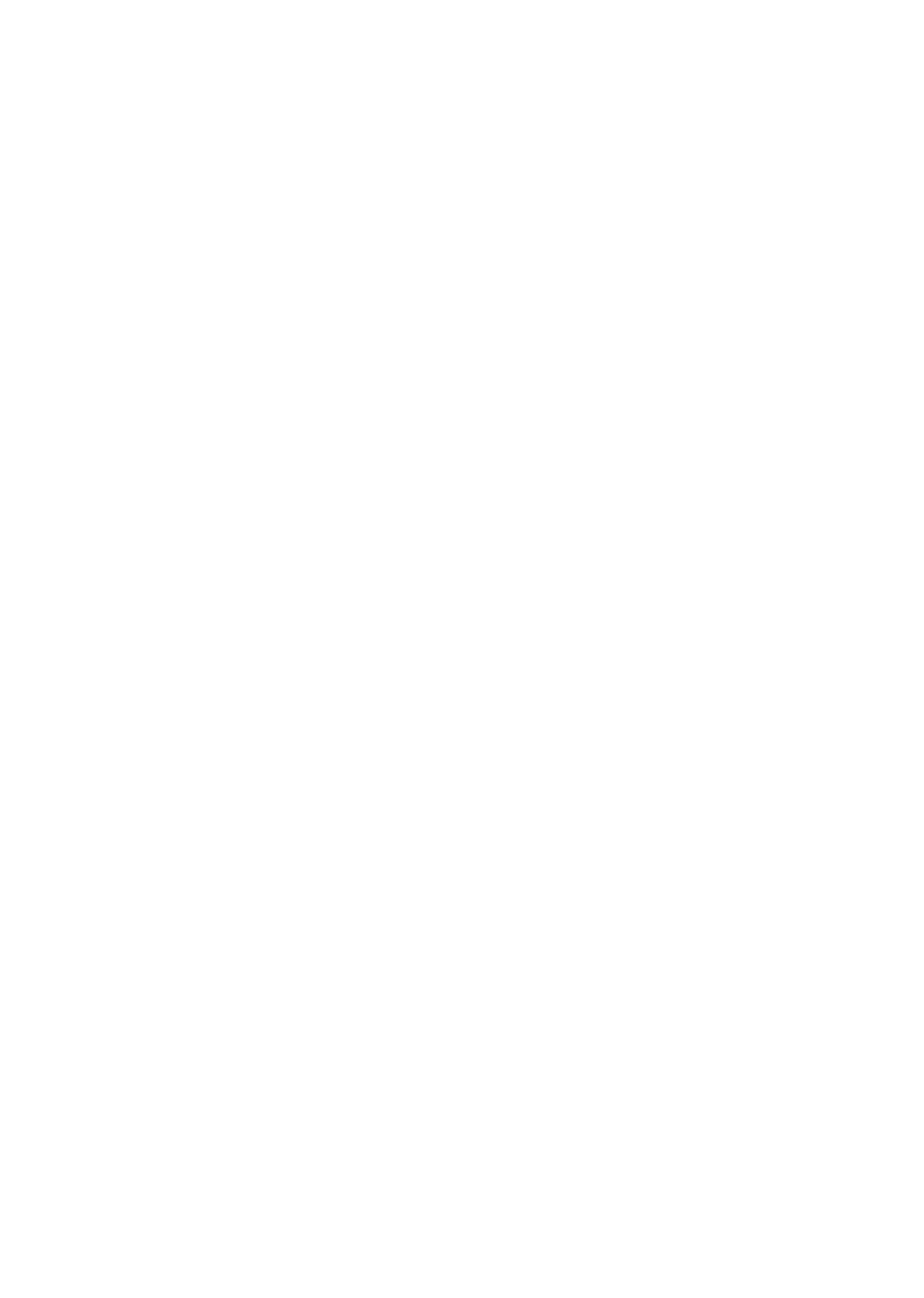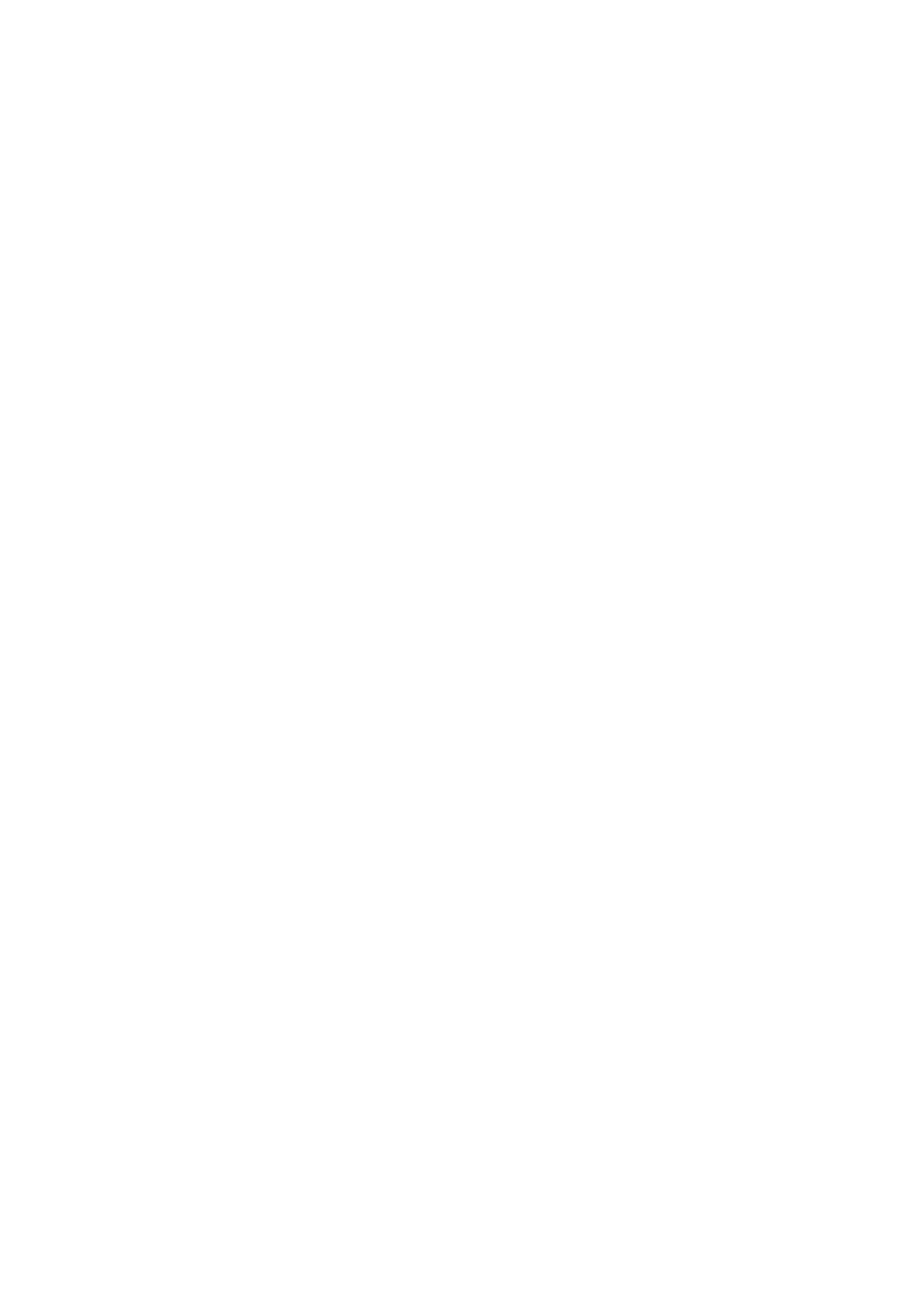| | - MIDWEST GENERATION, LLC,POWERTON GENERATING STATION,
- ILLINOiS ENVIRONMENTAL
- NOTICE OF FILING
- ILLINOIS ENVIRONMENTAL
- APPEARANCE
- MIDWEST GENERATION, LLC,POWERTON GENERATING STATION,
- ILLINOIS ENVIRONMENTAL
- Respondent.
- APPEARANCE
- MIDWEST GENERATION, LLC,POWERTON GENERATING STATION,
- ILLINOIS ENVIRONMENTAL
- PROTECTION AGENCY,
- APPEARANCE
- BEFORE: TFIE ILLINOIS POLLLTION CONTROL BOARD
- APPEARANCE
- MIDWEST GENERATION, LLC,POWERTON GENERATING STATION,
- Petitioner,
- ILLINOIS ENVIRONMENTAL
-
- Respondent.
- CERTIFICATE OF SERVICE
- MIDWEST GENERATION, LLC,POWERTON GENERATING STATION,
- (Permit Appeal —Air)
- ILLINOIS ENVIRONMENTAL
- Respondent. )
- APPEARANCE
- BEFORE THE ILLINOIS POLLUTION CONTROL BOARI)
- MIDWEST GENERATION, LLC,
- Respondent.
- APPEAL OF CAAPP PERMIT
- U. EFFE(:TIVENEsS OF PERMIT
- (i) Recordkeeping of and Reporting HAP Emissions
- (1) Opacity as a Surrogate for PM
- (ii) Reporting the Magnitude ofPM Emissions
- (iii) PM Testing
- (iv) Measuring CO Concentrations
- (v) Applicability of 35 HLAdm.Code 217.Subpart V
- (vi) Startup Provisions
|
ELECTRONIC FILING,
RECEIVED, CLERKS
OFFICE,
NOVEMBER
2,
2005
*
*
*
*
*
PCB 2006-059
*
*
*
*
*
BEFORE
TIlE ILLINOIS
I’OLLlJTION CONTROL
BOAR!)
MIDWEST GENERATION, LLC,
POWERTON GENERATING STATION,
)
Petitioner,
)
v.
)
PCB
________________
(Permit Appeal
—
Air)
ILLINOiS ENVIRONMENTAL
PROTECTION AGENCY,
)
Respondent.
)
NOTICE OF
FILING
To:
Pollution Control Board,
Attn:
Clerk
Division of Legal Counsel
James
R.
Thompson Center
Illinois
Environmental Protection
Agency
100W.
Randolph
1021
North Grand Avenue, East
Suite
11-500
P.O.
Box
19276
Chicago, Illinois 60601
Springfield, Illinois
62794-9276
PLEASE
TAKE NOTICE that
I have today
filed with the
Office of the Clerk of the
Pollution control Board the original and nine copies ofthe
Appeal of CAAPP
Permit of
Midwest Generation,
LLC,
Powerton Generating Station
and the Appearances of Sheldon
A. Zahel, Kathleen
C.
Bassi,
Stephen
J.
Bonebrake, Joshua R. More,
and Kavita M.
Patel, copies
of which are herewith
served upon
you.
Kathleen C.
Bassi
Dated:
November
2, 2005
Sheldon
A. Zabel
Kathleen C. Bassi
Stephen
J.
Bonebrake
Joshua R, More
Kavita
M.
Pate 1
SCuFF
HARDIN, LLP
6600 Sears Tower
233 South
Wacker Drive
Chicago, Illinois
60606
312-258-5500
Fax:
312-258-5600
ELECTRONIC
FILING,
RECEIVED, CLERK’S OFFICE,
NOVEMBER
2,
2005
*
*
*
*
*
PCB 2006-059
*
*
*
*
*
BEFORE
THE ILLINOIS POLLUTION
CONTROL BOAR!)
MEl) WEST GENERATION,
LLC,
POWERTON GENERATING
STATION,
)
Petitioner,
)
v.
)
PCB
___________
(Permit Appeal
—
Air)
ILLINOIS ENVIRONMENTAL
PROTECTION ACENCY,
)
Respondent.
)
APPEARANCE
1
hereby file my appearance in this proceeding,
on behalf of Midwest
Generation, LLC.
Powerton Generating Station.
~lecn~,Bassi~
Dated:
November
2, 2005
Sheldon A.
Zabel
Kathleen C, Bassi
Stephen 3. Bonebrake
Joshua R.
More
Kavita M.
Patel
SCHIFF 1-1ARDIN,
LLP
6600 Sears Tower
233
South Wacker
Drive
Chicago, Illinois
60606
312-258-5500
Fax:
312-258-5600
ELECTRONIC
FILING,
RECEIVED, CLERKS
OFFICE,
NOVEMBER
2,
2005
*
*
*
*
*
POB 2006-059
*
*
*
*
*
BEFORE
l’HE
ILLINOIS
POLLU’l’ION
CONTROL
ROARI)
MIDWEST GENERATION, LLC,
POWERTON
GENERATING
STATION,
Petitioner,
)
)
v.
)
PCB
__________
(Permit Appeal
—
Air)
ILLINOIS ENVIRONMENTAL
PROTECTION
AGENCY,
)
Respondent.
APPEARANCE
I hereby
file my
appearance in
this proceeding, on
behalf of Midwest Generation, LLC,
Powerton
Generating Station.
(1
.~
-
--
/Sxethen J,
Bonebrake
Dated:
November
2, 2005
Sheldon A.
Zabel
Kathleen C. Bassi
Stephen 3.
Bonebrake
Joshua R. More
Kavita M. Patel
SCI 11FF HARDIN, LLP
6600 Sears Tower
233
South Wacker Drive
Chicago, Illinois
60606
312-258-5500
Fax:
312-258-5600
ELECTRONIC
FILING,
RECEIVED, CLERKS
OFFICE,
NOVEMBER 2,
2005
*
*
*
*
*
PCB 2006-059
*
*
*
*
*
BEFORE
TilE ILLINOIS POLLUTION
CONTROL
BOARI)
MIDWEST
GENERATION, LLC,
POWERTON
GENERATING
STATION,
)
Petitioner,
)
v.
)
PCI)
______________
(Permit Appeal
—
Air)
ILLINOIS ENVIRONMENTAL
PROTECTION AGENCY,
Respondent.
)
APPEARANCE
I
hereby file
my appearance
in this proceeding, on behalf of Midwest
Generation,
LLC.
Powerton Generating
Station.
Joshua R. More
Dated:
November 2, 2005
Sheldon
A.
Zahel
Kathleen C.
Bassi
Stephen
J. Bonebrake
Joshua R. More
Kavita M. Patel
SCHIFF HARDIN,
LLP
6600 Sears Tower
233
South Wacker
Drive
Chicago, Illinois
60606
312-258-5500
Fax:
312-258-5600
ELECTRONIC
FILING,
RECEIVED,
CLERK’S OFFICE,
NOVEMBER
2,
2005
*
*
*
*
*
FOB 2006-059
*
*
*
*
*
BEFORE: TFIE ILLINOIS
POLLLTION CONTROL BOARD
MIDWEST
GENERATION, LLC,
)
POWERTON GENERATING STATION,
)
Petitioner,
)
)
PCI)
____________
)
(Permit Appeal
—
Air)
ILLINOIS
ENVIRONMENTAL
)
PROTECTION AGENCY,
Respondent.
)
APPEARANCE
I hereby tile
my appearance
in
this proceeding. on behalf of Midwest Generation.
LLC,
Powerton Generating Station.
~XbL~
Kavita
Ni.
Patel
Dated:
November 2, 2005
Sheldon
A.
Zabel
Kathleen C. Bassi
Stephen J.
Bonebrake
Joshua IC More
Kavita M.
Patel
SCHIFF HARDIN,
LLP
6600 Sears Tower
233
South Wacker Drive
Chicago, Illinois
60606
312-258-5500
Fax:
312-258-5600
ELECTRONIC
FILING,
RECEIVED, CLERK’S OFFICE,
NOVEMBER 2,
2005
2006 059
BEFORE
TIlE
ILLINOIS
POLLUTION
CONTROL
BOARD
MIDWEST GENERATION, LLC,
POWERTON GENERATING
STATION,
Petitioner,
V
ILLINOIS ENVIRONMENTAL
PROTECTION AGENCY,
Respondent.
)
)
)
)
PCI)
____________
(Permit Appeal
—
Air)
)
)
CERTIFICATE OF
SERVICE
1, the undersigned, certify that
I
have served the attached Appeal of
CAAPP Permit of
Midwest
Generation,
LLC, Powerlon
Generating Station and
Appearances
of Sheldon
A.
Zabel, Kathleen C. Bassi,
Stephen 1.
Bonebrake, Joshua
it. More,
aM K’avita M.
Patel,
by electronic delivery
upon the following
person:
Pollution Control
Board,
Attn:
Clerk
James R. Thompson Center
100 W. Randolph
Suite
11-500
Chicago, Illinois 60601
Kathleen C.
Bassi
Dated:
November
2, 2005
and by electronic and first class mail
upon
the
following person:
Division of Legal
Counsel
liii nois Environmental
Protection Agency
1 021
North
Grand Avenue, East
l’,O.
Box
19276
Springfield, Illinois
62794-9276
Sheldon A. Zabel
Kathleen
C. Bassi
Stephen J.
Bonebrake
Joshua
R. More
Kavita M.
Patel
SCHIFF HARDIN, LIP
6600
Sears Tower
233
South Wacker
Drive
Chicago, Illinois
60606
312-258-5500
Fax:
312-258-5600
ELECTRONIC
FILING,
RECEIVED, CLERK’S OFFICE,
NOVEMBER
2,
2005
*
*
*
*
*
FOB
2006-059
*
*
*
*
*
BEFORE: TIlE
ILLINOIS POLLUTION CONTROL
BOAR!)
MIDWEST GENERATION, LLC,
POWERTON GENERATING STATION,
)
Petitioner,
)
)
V.
)
PCB
____________
(Permit Appeal —Air)
ILLINOIS ENVIRONMENTAL
PROTECTION AGENCY,
)
Respondent.
)
APPEARANCE
I hereby
file my
appearance in this proceeding. on behalf of Midwest Generation, LLC.
Powerton Generating
Station.
7/2
I
~ I
~k~1//
___
Sheldon
A. Label
Dated:
November 2. 2005
Sheldon
A. Zabel
Kathleen C.
Bassi
Stephen A.
Bonebrake
Joshua
R.
More
Kavita
M. l’atel
SCHIFF HARDIN. LLP
6600 Sears Tower
233
South Wacker Drive
Chicago,
Illinois
60606
312-258-5500
Fax:
312-258-5600
ELECTRONIC
FILING,
RECEIVED, CLERK’S OFFICE,
NOVEMBER
2,
2005
*
*
*
*
*
FOB
2006-059
*
*
*
*
*
BEFORE THE ILLINOIS
POLLUTION
CONTROL BOARI)
MIDWEST GENERATION, LLC,
POWERTON
GENERATING
STATION,
)
Petitioner,
)
)
V.
)
PCB
_____________
(Permit Appeal
—
Air)
ILLINOIS ENVIRONMENTAL
PROTECTION AGENCY,
)
Respondent.
APPEAL OF
CAAPP
PERMIT
NOW
COMES
Petitioner,
MIDWEST
GENERAI’ION,
LLC. POWLiICFON
GENERATING STATION (‘Petitioner,” “Powerton,” or “Midwest
Generation”), pursuant to
Section
40.2
of the Illinois Environmental
Protection Act (“Act”)
(415 ILCS
5/40.2)
and 35
Ill.Adm,Code
§
105.300
ci
seq.,
and
requests
a hearing before the Board
to contest the
decisions
contained in
the permit issued to Petitioner on
September 29,
2005, under the Clean
Air Act
Permit
Program (“CAAPP” or “Title V”) set forth at Section
39.5 of the Act (415 ILCS 5/39.5).
in support of its Petition, Petitioner states as
follows:
I.
BACKGROUND
(35 !II.Adm.Code
§
105.304(a))
I.
On
November
iS,
1990, Congress amended
the Clean Air Act (42 U.S.C.
§~
7401-7671q)
and included in the amendments at Title V a requirement
for a national
operating permit program.
The Title V program was to be
implemented by states with approved
programs,
Illinois’ Title V program, the CAAPP, was fully and finally approved by
the U.S.
Environmental Protection Agency (“USEPA”) on
December
4, 2001
(66 Fed.Reg. 72946).
The
Illinois
Environmental Protection Agency
(“Agency”) has had the authority to issue
CAAI~P
ELECTRONIC
FILING, RECEIVED,
CLERK’S OFFICE,
NOVEMBER 2,
2005
*
*
*
*
*
PCB 2006-059
*
*
*
*
*
permits
since at
least March 7.
995.
when the state
was granted interim approval of its CAAPP
(60
Fed.Reg.
12478).
Illinois’
Title
V program
is set forth at Section
39.5
of the Act, 35
lll.Adm.Code 201.Subpart
F, and
35
Ill.Adm.Code Part 270.
2.
The
Powcrton Generating Station (“Powerton” or
the “Station”), Agency ID.
NC).
17980 IAAA,
is an electric generating station owned by Midwest
Generation,
LLC,
and operated
by Midwest
Generation,
LLC
—
Powerton (ienerating Station,
The
Powerton electrical
generating
units
(“EGUs”) went online between
1972 and
1975.
The
Powetion Generating
Station
is located at
13082
East Manito Road, Pekin, ‘fazcwell County,
Illinois
61554-8587,
within the Chicago
ozone and PM2.5
nonattainment areas.
Powerton
is an intermediate load
plant and can generate approximately
1697 megawatts.
Midwest Generation employs
190
people
at the Powerton Generating
Station.
3.
Midwest
Generation operates
four coal-fired boilers and an
auxiliary boiler
at
Powcrton that have the
capability to
fire at various modes that
include the combination of coal,
natural
gas, andlor
fuel
oil
as their principal
fuels.
In addition,
the boilers
fire natural
gas
or fuel
oil
as auxiliary
fuel during startup and
for flame stabilization.
Certain alternative fuels, such
as
used oils generated on-site,
may be utilized
as well.
Powerton
also operates associated coal
handling,
coal
processing, and ash handling activities..
Finally, there is a 1500-gallon
gasoline
tank located at Powerton, to provide fuel
for Station vehicles,
4.
Powerton
is a major source subject to
Title V.
The EGUs at Powerton
are subject
to both of Illinois’ NOx reduction programs:
the
“0.25
averaging” program
at 35 Ill.Adm.Code
217.Subparts V and the
“NOx trading program”
or “NOx SIP call” at 35 Ill.Adm.Code
217.Suhpart \V.
Powerton
is subject to the
federal
Acid Rain Program at Title
IV
of the Clean
Air Act and
was issued a Phase II Acid Rain Permit on March
18, 2005.
Particulate matter
less
than
2.5
microns
in aerodynamic
diameter.
2
ELECTRONIC
FILING,
RECEIVED, CLERK’S
OFF1CE,
NOVEMBER
2,
2005
*
*
*
*
*
PCB 2006-059
*
*
*
*
*
5.
Emissions of nitrogen
oxide (“NOx”) from
the
EGUs are
controlled
by low NOx
burners and overfire air,
Emissions of sulfur dioxide
(“SO2”) from
the EGUs arc
controlled by
limiting the
sulfur content of the fuel used for the boilers,
Likewise, Powerton
monitors and
limits
the sulfur content of the fuel
oil
used at the
station
in the boilers and turbines.
Particulate
niattcr
(“PM”) emissions
from the boilers are
controlled by
an electrostatic
precipitator (~ESP”).
PM emissions resulting from the milling of pyrites
are controlled
by a haghouse.
Fugitive
PM
emissions
from various other coal and ash handling activities
are controlled through baghouses,
enclosures, covers,
dust suppressants, and
water sprays, as
necessary and appropriate.
Emissions
of carbon monoxide (“CO”) are Limited through good combustion practices
in
the boilers.
VOC
emissions from
the gasoline storage tank are controlled by the use of a submerged loading pipe.
Additionally, bulk distributors of the gasoline stored in the tank deliver gasoline that complies
with the applicable Reid
vapor pressure
and are
required to comply with
Stage
I
vapor control
mechanisms
and
procedures, both by
rule and by contract.
6.
The Agency received
the original
CAAPP permit application for the Powerton
Station on
September 7.
1995, and assigned Application
No. 95090074.
Petitioner substantially
updated this application March 26, 2003,
September 19, 2003
and November 2005.
The CAAPP
permit application was timely submitted
and updated, and Petitioner requested
and was granted
an
application shield, pursuant to Section 39.5(5)(h).
Petitioner has paid fees as
set forth at
Section
39.5(18)
of the Act since submitting
the application
for a CAAPP permit
for the
Powerton
Generating
Station, totaling
$1.6
million
since
1995.
Powerton’s
state operating
permits have continued in lull force and effect
since submittal of the CAAPP permit
application,
pursuant to Sections 9.1(f) and 39.5(4)(b) of the Act.
3
ELECTRONIC
FILING,
RECEIVED, CLERKS
OFFICE,
NOVEMBER
2,
2005
*
*
*
*
*
POB 2006-059
*
*
*
*
*
7.
The
Agency
issued a final
draft permit
for public review on June
4, 2003.
The
Agency
subsequently held a hearing on
the draft
permit on August21, 2003,
in the
City of
Chicago.
which representatives of Midwest Generation attended and presented
testimony.
Midwest
Generation tiled
written comments with
the
Agency regarding
the Powerton
draft
permit on September 24. 2003.2
The Agency
issued a proposed permit for the Powerton
Station
on October 6, 2003.
Although this
permit was
not technically
open
for public comment,
as
it had
been sent
to
USEPA for its comment
as required
by Title V of the Clean Air
Act.
Midwest
Generation,
nevertheless,
submitted comments
on November
19, 2003.
Subsequently,
in
December 2004, the Agency
issued a drali revised proposed permit lbr Petitioner’s and other
interested persons’ comments.
Midwest Generation
again commented.
~IheAgency issued a
second
draft revised proposed permit in July
2005 and allowed
the Petitioner and other interested
persons
10
days
to
comment.
At
the same time,
the Agency released
its preliminary
Responsiveness
Summary,
which was a draft of its response to comments, and invited comment
on that document
as well.
Midwest Generation submitted comments
on this version of the
permits proposed for
all six of its
generating stations
together and on the preliminary
Responsiveness
Summary on August
1,2005.
The Agency submitted the revised proposed
permit to
USEPA
for its 45-day review on
August
15,
2005.
The
Agency did
not seek further
comment on the permit from the Petitioner or other interested persons, and Midwest Generation
has not submitted any further comments,
based upon the
understanding that the Agency had
every intention
to
issue the
permit at the end of USEPA’s review period.
Midwest Generation
has attached
the
appealed
permit to this
Petition.
However,
the draft andproposed
permits and
other documents referred
to herein
should be
included
in
the administrative record
ihat the-Ageneywi-H
file.
Other documents referred
to
in
this
Petition,
such
as cases
or Board
decisions,
are
easily
accessible.
In
the
interests of economy, then,
Midwest
Generation
is not attaching such
documents to this
Petition.
4
ELECTRONIC FILING,
RECEIVED, CLERK’S OFFICE,
NOVEMBER
2,
2005
*
*
*
*
*
PCB 2006-059
*
*
*
*
*
S.
The final permit was, indeed,
issued on
September 29. 2005.~Although some of
Petitioner’s comments have been addressed
in the various iterations of the permit,
it still contains
terms
and conditions that are not acceptable to Petitioner, including conditions that
are contrary
to applicable law and conditions that first
appeared, at least in their final detail,
in the August
2005
proposed permit and
upon
which Petitioner did
not
have the opportunity to comment.
It is
for these reasons that Petitioner hereby appeals the permit.
l’his permit appeal
is timely
submitted within 35
days following issuance
of the
permit.
Petitioner requests that the Board
review the permit,
remand it
to
the
Agency, and order
the Agency to correct and reissue the
permit, without
further public proceeding, as
appropriate.
U.
EFFE(:TIVENEsS OF
PERMIT
9.
Pursuant to Section
10-65(b) of the Illinois Administrative Procedures
Act
(“APA”),
5
ILCS
00/10-65,
and the holding in
Borg-Warner Corp.
v.
Mauzy,
427 N.E. 2d 415
(Ill.App.Ct.
1981)
(“Borg-Warner”),
the
CAAPP permit issued by
the Agency to Midwest
Generation
for
the Powerton Generating
Station does not
become effective until
after a ruling by
the Board on the permit appeal
and,
in the event of a remand,
until
the Agency has issued the
permit consistent with the Board’s order.
Section
10-65(b)
provides that “when
a licensee
has
made timely and sufficient application for the renewal ofa
license or a new license with
reference to
any activity of a continuing nature, the existing
license
shall continue in
full force
and effect until the final agency
decision on
the application has been made unless a later date is
fixed by order of a reviewing court.”
5
ILCS
100/10-65(b).
The
Borg-Warner
court
found that
with
respect to an appealed environmental permit, the “final agency decision” is the final
decision
by the Board
in an
appeal, not the
issuance of the permit by the Agency.
Borg-Warner,
See
USEPA/Region
5’s Permits website at
hup://wwwepagov/reg~~n5/r/perm
is/il
En
him
9
“CAAPP permit
Records” 9
‘Midwest Generation
EME,
LLC” for the source
located at
13082
E. Manito
Road,
Pekin,
for the complete
“trail” of the milestone action dates for this permit.
S
ELECTRONIC
FILING,
RECEIVED, CLERK’S OFFICE,
NOVEMBER 2,
2005
*
*
*
*
*
PCB
2006-059
*
*
*
*
*
427 N.E.
2d
415
at 422;
see
atco
ISP,
Inc.
v.
IL Environmental
Protection Agency,
989
WL
137356
(III.
Pollution
Control
3d.
1989);
Electric
EnergI~Inc.
v. lit
Pollution Control Ba’..
1985
WI.
21205 (Ill.
Pollution Control
Bd.
1985).
Therefore, pursuant to
the APA as
interpreted
by
Borg-Warner,
the entire permit
is not yet effective and
the existing permits for the facility
continue in effect.
10.
The Act provides at Sections 39.5(4)(b) and 9.1(f) of the Act
that the state
operating permit
continues in effect
until
issuance of the CAAPP permit.
Under
Borg-Warner,
the
C.AAPP permit does
not become effective until the
Board issues
its order
in
this appeal and
the
Agency has
reissued
the permit.
Therefore,
Midwest Generation currently has the
necessary
permits
to operate the
Powerton
Generating Station.
11.
In
the
alternative,
to avoid any question
as to the limitation
on the scope of the
effectiveness of the permit
under the
APA, Midwest
Generation requests that the Board exercise
its discretionary authority at 35
III.Adm.Code
§
105.304(b)
and
stay the entire permit.
Such a
stay
is necessary to protect Midwest Generation’s right
to appeal
and to avoid the imposition of
conditions before
it
is
able to exercise that right to appeal.
Further, compliance with the myriad
of new monitoring, inspection, recordkeeping, and reporting conditions that are in the CAAPP
permit will be extremely costly.
To
comply with conditions that are
inappropriate, as Midwest
Generation
alleges below, would cause irreparable
harm to Midwest Generation, including the
imposition of these unnecessary costs and the adverse effect
On
Midwest Generation’s right to
adequate review on appeal.
Midwest Generation has no adequate remedy at law other than this
appeal to the Board.
Midwest Generation
is likely to succeed on
the merits of its appeal, as the
Agency has included conditions that do
not reflect “applicable requirements,” as defined by Title
V.
and
has exceeded its authority to
impose conditions or the conditions are
arbitrary and
6
ELECTRONIC FILING,
RECEIVED, CLERKS OFFICE,
NOVEMBER
2,
2005
*
*
*
*
*
FCB 2006-059
*
*
*
*
*
capricious.
Moreover,
the Board has
stayed the entirety of all
the CAAPP permits
that have been
appealed.
See
Bridgestone/Firestone
Off Road Tire Company
v.
IF/PA,
PCB
02-3
1
(November
1,
2001);
Lone Star Industrie~Inc.
v.
IF/PA,
PCB 03-94 (January
9, 2003);
Nielsen
&
Brainbridge,
L.L. C.
v.
JEPA,
PCB
03-98 (February
6, 2003);
Saint-Gobain Container~s;Inc.
v.
iF/PA,
PCB 04-
47 (November
6.
2003);
Champion Laboratories,
Inc.
v.
IF/PA,
PCB 04-65
(January 8, 2004);
Noveon,
Inc.
v,
iF/PA,
PCB 04-102
(January 22,
2004);
Alidwest Generation, LW— Collins
Generating Station
v.
IF/PA,
PC’B 04-1 08
(January 22,
2004); Board of Trustees of Eastern
Illinois
University
p.
IF/PA.
PCI) 04-110
(‘February 5, 2004~Ethyl Petroleum Additives,
Inc.,
v.
IF/PA,
PCB 04-113
(February 5, 2004);
Oasis industries,
Inc.
v.
IEPA,
PCB
04-116 (May 6,
2004).
The Board should continue to
follow this precedent.
12.
Finally, a large number of conditions included in
this CAAPP permit
are
appealed
here.
To require some conditions of the CAAPP
penflit to
remain in effect while the contested
conditions are
covered by
the old
state operating permits
creates an administrative environment
that would be, to say the least, very confusing.
Moreover, the Agency’s failure to provide a
statement of basis,
discussed below, renders the entire permit defective.
Therefore, Midwest
Generation requests
that the Board stay the
entire permit for these reasons.
13.
In sum, pursuant to
Section
10-65(b) of the APA and
Borg-Warner,
the
entirety of
the CAAPP permit does
not become effective until the completion of the
administrative process,
which occurs when the
Board has issued its final
i-thing on the appeal and the Agency has acted
on
any remand.
(For the sake of simplicity, hereafter
the effect of the APA will be referred to as
a “stay.”)
In
the alternative,
Midwest Generation requests that the
Board, consistent with its
grants of stay in other CAAPP permit appeals because of the pervasiveness of the conditions
appealed throughout the permit, to protect Midwest
Generation’s right to appeal and in the
7
ELECTRONIC
FILING,
RECEIVED,
CLERK’S OFFICE,
NOVEMBER 2,
2005
*
*
*
*
*
PCB 2006-059
*
*
*
*
*
interests of administrative eluiciency, stay the
entire permit pursuant to its
discretionary authority
at 35
Ill.Adm.Code
§
105.304(h).
In addition, such a stay will minimize
the risk ofuirnecessary
litigation concerning the question
of a stay and expedite resolution of the
underlying stihstantive
issues.
The state
operating permits currently in effect
will
continue in effect throughout the
pendency of the appeal and
remand.
Therefore, the Station will remain subject
to the
terms and
conditions of those permits~ As the CAAPP permit cannot
impose new substantive conditions
upon a perniittee
(see
discussion below), emissions
limitations
are the same under both permits.
The enviromnent will
not
he
harmed by a stay
of the CAAPP permit.
III.
ISSUES ON APPEAL
(35 I!L.Adm.Code §~IO5.304(a)(2),
(3),
arid
(4))
14.
As a preliminary mutter,
the CAAPP
permits issued to the
Powerton Generating
Station
and 20 of the other coal-fired power plants
in the state
on
the
same date are very
similar
in
content.
The same langua~eappears in virtually
all
of the
permits, though
there are
subtle
variations to some
conditions to reflect the elements oluniqueness that are true at the stations.
For example, not
all stations have the same types of emissions units.
Some units in the state are
subject
to
New Source Performance
Standards (“NSPS”), perhaps New Source Review (“NSR”)
or Prevention of Significant
Deterioration (“PSD”),
or oilier state or
federal
programs,
while
others are
not.
Applicable requirements may differ because of geographic location.
As a result,
the appeals of these permits
filed with
the Board will
he equally as repetitious with elements of
uniqueness reflecting the stations.
Further, the
issues on appeal
span the gamut of simple
typographical errors to extremely complex questions of law.
Petitioner’s presentation in this
appeal
is by
issue per
wiit type,
identifying the permit conditions giving rise to the appeal and the
conditions related to them that would be affected,
should the
Board
grant Petitioner’s appeal.
8
ELECTRONIC
FILING,
RECEIVED,
CLERK’S OFFICE,
NOVEMBER
2,
2005
*
*
*
*
*
PCB 2006-059
*
*
*
*
*
Petitioner appeals all
conditions related to the conditions giving rise to the appeal,
however,
whether such related conditions are expressly identified
or not below,
15.
The Act does not require a perrnittee to have participated in the
public process;
it
merely needs to object,
after issuance, to a term or condition in a permit in order to have standing
to appeal the permit issued to him.
See
Section 40.2(a)
of the
Act (the
applicant may appeal
while others need
to have participated in the public process).
However,
Midwest Generation, as
will he evidenced
by the administrative record, has actively participated to the extent allowed by
the Agency in the development of this permit.
In some instances., as discussed
in further detail
below, the
Agency did not provide Midwest Generation With a viable opportunity to comment,
leaving Midwest Generation with appeal as
its only alternative as
a means ofrecti~ving
inappropriate conditions.
These
issues arc properly before the Board in this proceeding.
16.
Section 39.5(7)(d)(ii) of the Act grants the Agency the authority to
“gapflll.”
“Gaplilling” is the inclusion
in
the permit of periodic monitoring requirements, where the
underlying applicable requirement does
not include them,
This
language faithfully reflects 40
CFR
§
70.6(a)(iii)(B), the subject of litigation
in
Appalachian Power
Company v
EPA.
208 F.id
1015 (D.C. Cir. 2000).
The court in
Appalachian Power
found that state authorities
are
precluded
from including provisions in permits requiring more frequent monitoring4 than is
required in the underlying applicable requirement unless the applicable requirement contained no
periodic testing or
monitoring, specified no frequency for testing or monitoring, or required only
a one-time
test.
Appalachian Power
at
1028.
17.
The
Appalachian Power
court also noted that “Title V does not impose
substantive new requirements” and that test methods
and the frequency
at which they are
required “are surely ‘substantive’ requirements;
they impose
duties and obligations on those
who
Note that testing
may
be
a type of
monitoring.
See
Section
39.5(7)(d)(ii) of the Act.
9
ELECTRONIC
FILING,
RECEIVED, CLERK’S OFFICE,
NOVEMBER 2,
2005
*
*
*
*
*
PCB 2006-059
*
*
*
*
*
are regulated.’’
Appalachian
Po~ier
at
1026—27.
(Quotation marks and citations
in original
omitted.)
thus, where the
permitting authority, here the Agency, becomes
over-enthusiastic in
its gaplilling,
it
is imposing new substantive requirements contrary to Title V.
18.
The
Agency, indeed,
has engaged in
gapihling.
as some
of the Board’s underlying
regulations do not provide specifically
for periodic monitoring.
(‘f,
35
Ill.Adm.Code
212.SubpartE.
However, the Agency has also engaged in over-enthusiastic
gapfihling
in some
instances,
as discussed in detail below.
These
actions are arbitrary and capricious and
are an
unlawful assumption of regulatory authority not granted by Section
39.5
of the
Act.
Moreover,
contrary to
Appalachian
Power,
they, by
their nature,
unlawfully constitute the imposition of
new substantive requirements.
Where Petitioner identifies inappropriate gapfilling as the basis
fir
its objection
to a term or condition of the permit,
Petitioner requests that the Board assume
this preceding
discussion of gapfilling as part of that discussion of the specific term or condition.
19.
In
a number of instances specifically identified
and discussed
below,
the Agency
has
failed
to provide required citations
to the applicable requirement.
“Applicable requirements”
are those substantive requirements that have been promulgated or approved by
LJSEPA pursuant
to the Clean Air Act which directly impose requirements upon a source, including those
requirements set forth in the statute or regulations that are part
of the
Illinois SIP.
Section
39.5(1).
General procedural-type requirements or
authorizations are not substantive “applicable
requirements” and are not sufficient basis for a substantive term
or condition in the permit.
20.
The Agency has cited generally to Sections 39.5(7)(a),
(b), (e), and (I) of the Act
or to
Section 4(b) of the
Act, but
it has not cited to the substantive applicable requirement that
serves as
the basis for the contested condition in the permit.
Only applicable requirements may
10
ELECTRONIC
FILING,
RECEIVED,
CLERK’S OFFICE,
NOVEMBER 2,
2005
*
*
*
*
*
PCB
2006-059
*
*
*
*
*
be included
in
the permit,5 and the Agency is required
by Title
V to identify
its
basis for
inclusion ofa
permit condition (Section 39,5(7)(n)).
Ifihe Agency
cannot cite to
the applicable
requirement and the condition is not proper
gaptilling, the condition cannot be
included
in the
permit.
‘l’he
Agency has confused general
data- and inthrmation-gathering authority with
“applicable requirements.”
They are not the same.
Section 4(h) of the Act cannot he converted
into an applicable requirement merely because the Agency includes
it
as the
basis for
a
condition.
Failure to cite the applicable requirement
is grounds for the Board to
remand the term
or
condition to the Agency.
21.
Moreover, the Agency’s
assertion
in the
Responsiveness Summary that its general
statutory authority serves
as its authority to include conditions
necessary to “accomplish the
purposes of the Act” misstates what is actually in the
Act.
Responsiveness Sumniary. p.
15;
see
Section 39.5(7)(n).
Section 39.5(7)(a) says that the permit is to contain conditions
necessary to
“assure compliance with all applicable requirements.”
(Emphasis added.)
For the Agency
to
assume broader authority than that granted by the Act
is unlawful and arbitrary and capricious.
22.
Another general deficiency of the CAAPP
permitting process in Illinois is the
Agency’s refusal to develop and issue a formal
statement of basis for the permit’s
conditions.
This statement of basis
is to
explain
the permitting authority’s rationale for the terms and
conditions of the permit.
It is to explain why the Agency
made the decision it did, and it is to
provide the permittee the opportunity to challenge
the Agency’s rationale during the permit
development process or comment period.
Title
V requires the permitting
authority to
provide
such a statement of basis.
Section 39.5(7Xn) of the Act.
The Agency’s after-the-fact
conglomeration
of
the very short project summary produced at public notice, the permit,
and the
Responsiveness Summary are just not sufficient.
When the permittee and the public
are
5Appalachian Power,
208
F.3d
at
1026.
11
ELECTRONIC
FILING,
RECEIVED, CLERK’S OFFICE,
NOVEMBER
2,
2005
*
*
*
*
*
FOB 2006-059
*
*
*
*
*
questioning rationale
in comments, it
is evident that the Agency’s
view ofa
statement
olbasis is
not sufficient.
Further, the Responsiveness
Summary is prepared after
the fact;
it
is
not provided
during permit development.
Therefore,
it
cannot serve
as the statement ofbasis.
The
lack of a
viable statement of basis, denying the permittee notice of the Agency’s
decision-making
rationale and the opportunity to comment thereon,
makes the entire permit defective
and is, in
and of itself, a basis
for appeal
and remand of the
permit and stay of the entire
permit.
A.
Issuance and Effective Dates
(Cover
Page)
23.
The
Agency
issued the CAAPP permit that is the subject of this appeal
to
Midwest GcnerationfPowcrton
Generating Station
on
September 29, 2005,
at 7:18 p.m.
The
Agency notified Midwest Generation that the permits had been
issued through
emails sent to
Midwest Generation.
The email
indicated that the permits
were
available on USEPA’s website,
where Illinois’
permits are housed.
However, that was
not
the case.
Midwest Generation was
not able
to
locate the permits
on the website
that evening.
24.
The
issuance date
of the
permits becomes
important because that is also the date
that commences the computation of time for filing an appeal of the permit and for submitting
certain documents, according to language
in the permit,
to the
Agency.
IJSEPA’s website
identifies that date
as September
29,
2005.
If that date
is also the
effective date, many additional
deadlines
would be triggered, including the
expiration date
as well
as
the date by which certain
other documents must be submitted to the Agency.
More critical, however,
is the fact that once
the permit becomes
effective, Midwest Generation is obliged
to comply with it, regardless of
whether it has any recordkeeping systems in
place, any additional control
equipment that might
be necessary,
new compliance requirements, and so forth.
It
took the Agency over two years to
issue
the
final permit;
the first draft permit was issued June 4,
2003.
Over that course of time,
12
ELECTRONIC FILING,
RECEIVED, CLERK’S OFFICE,
NOVEMBER 2,
2005
*
*
*
*
*
FOB 2006-059
*
*
*
*
*
the
Agency issued
numerous versions oithe permit, and
it has changed considerably.
iheretbrc,
it
is unreasonable to expect Midwest Generation to have anticipated
the final
permit to the degree
necessary for it to have
been in
compliance by
7:18 p.m.
on
September 29, 2005.
25.
Moreover, publication of the pernut on a website
is not “official” notification in
Illinois.
The company cannot be
deemed
to
“have” the
permit until the original, signed version
of the permit has been delivered.
Neither Illinois’
rules nor the Act have been amended to reflect
electronic delivery of permits.
Therefore,
until
the permit is officially delivered
to the company,
it should not be deemed effective.
Powerton’s CAAPP permit was officially
delivered via the
U.S.
Postal Service on October 3,
2005.
26.
Neither the
Act nor the regulations
specify when permits should become effective.
Prior to the advent of Title V,
however, sources have not been
subject
to such numerous and
detailed permit conditions
and exposed to enforcement from so many
sides.
Under ~1itieV,
not
only the Agency through the Attorney General, hut also USEPA and the general
public can bring
enforcement suits for violation
of the
least matter in Ihe
permit.
If the issuance date is the
effective date, this has the potential
for tremendous
consequences to the permittee and is
extremely inequitable.
27.
If the effective date of the permit
is September 29, 2005, this also
would create an
obligation to perform quarterly monitoring and to submit quarterly reports (cf
Condition
7.1.10-
2(a)),
for the third quarter of 2005, consisting of less than 30 hours of operation. The
requirement
to perform quarterly monitoring,
recordkecping, and reporting for a quarter that consists of less
than 30 hours of operation, assuming the permittee would even have compliance systems in
place so quickly after issuance of the permit, is
overly burdensome and would not benefit the
environment in any manner.
Therefore, the requirement
is arbitrary and capricious.
13
ELECTRONIC
FILING,
RECEIVED, CLERK’S
OFFICE,
NOVEMBER
2,
2005
*
*
*
*
*
POB 2006-059
*
*
*
*
*
28.
A more equitable and
legal
approach would he
for the Agency to delay the
effective date of a final permit
for a period
of time reasonably sufficient for sources to implement
any new compliance systems necessary because of the
terms of the permit or at least until the
time
for the source to appeal the permit has expired.
so that an appeal
can stay the permit until
the Board can
rule.
29.
Consistent with the
APA, the effective date of the permit, contested
herein,
is
stayed, and Midwest Generation requests that the
Board order the Agency to establish an
effective date
some period of time after the permittee
has received the permit following remand
and reissuance of the permit to allow the
permittee sufficient
time to implement
the systems
necessary to comply with all requirements in
this very complex permit.
B.
Overall Source Conditions
(Section 5)
(i)
Recordkeeping of and Reporting HAP Emissions
30.
The CAAPP permit
issued to the
Powerton Generating Station
requires Midwest
Generation
to keep
records of emissions of mercury, hydrogen
chloride, and hydrogen fluoride
—
all
FlAPs
—
and
to report those emissions at Conditions 5.6.1(a) and (b)
(recordkeeping) and
5.7.2
(reporting).
The Agency has
not a provided a proper
statutory or regulatory basis for
these
requirements other than the general
provisions of Sections 4(b)
and
~
(b), and
(e) of the
Act.
Citations merely to the general provisions of the Act do not create
an “applicable
requirement.”
3 1.
In
fact, there is
no applicable requirement that allows the Agency to require this
reeordkeeping and reporting.
There are no regulations that limit emissions of I-lAPs from
the
Powerton Generating Station.
While USEPA
has recently promulgated the
Clean Air Mercury
Rule (“CAMR”)
(70 Fed.Reg. 28605
(May
18, 2005)),
Illinois has not yet developed
its
14
ELECTRONIC
FILING,
RECEIVED, CLERKS
OFFICE,
NOVEMBER 2,
2005
*
*
*
*
*
PCB 2006-059
*
*
*
*
*
corresponding regulations.
The
Agency correctly
discussed
this issue relative specifically to
mercury in the
Responsiveness Summary by pointing out
that
it cannot
add substantive
requirements through a CAAPP permit
or through its oblique reference to the CAMR.
See
Responsiveness
Summary in the Administrative Record,
p. 21.
However, the Agency
was
incorrect in its disctission in the Responsiveness Summary
by stating
that it
can rely
upon
Section
4(h), the authority for the Agency
to
gather information, as
a basis for requiring
recordkeeping and reporting of mercury emissions through the CAAPP permit.
The Agency has
confused its authority to gather data pursuant to
Section 4(h) and its authority to gapfihl to assure
compliance with the permit with the limitation on
its authority
under Title
V
to include g~jy
“applicable requirements” in a Title
V
permit.
See
Appalachian Power.
Even by including only
recordkeeping and reporting of HAP emissions
in the permit, the
Agency has exceeded its
authority just as seriously as if it had included emissions limitations
for FlAPs in the permit.
Section 4(b) does not provide the authority to impose this condition in a CAAPP
permit.
32.
Further, the Agency’s own regulations, which are part of the approved program
or
SIT’ for its Title V program, preclude the Agency from
requiring the recordkeeping and reporting
of HAP
emissions that it has included at Conditions
5.6.1(a)
and (b)
and 5.7.2.
The Agency’s
Annual Emissions Reporting rules,
35 l(I.Adm,Code Part 254, which Condition
5.7.2
specifically
addresses, state as
follows:
Applicable Pollutants
for Annual
Emissions Reporting
Each Annual Emissions
Report shall
include applicable
information for all regulated air pollutants,
as defined in Section
39.5
of theAct
415
ILCS
5139.5,
exceptforthe following
b)
A hazardous air pollutant emitted
by an emission unit that
is not subject to a National Emissions Standard
for
15
ELECTRONIC
FILING,
RECEIVED, CLERK’S
OFFICE,
NOVEMBER 2,
2005
*
*
*
*
*
PCB 2006-059
*
*
*
*
*
Hazardous Air
Pollutants (NESHAP) or maximum
achievable control
technology (MACI).
For purposes of
this subsection
(b),
emission units that are not required to
control or limit emissions hut
are
required to monitor, keep
records,
or undertake
other specific activities are
considered subject
to such regulation or requirement.
35 Ill.Adin.Code
§
254.120(h).
(Brackets in original; emphasis added.)
Power plants are not
subject
to any NESIIAPs
or MACF standards.
See 69
Fed.Reg.
15994 (March 29, 2005)
(USEPA ~thdraws
its listing of coal-fired
power plants under Section
112(e) of the
Clean
Air
Act).
The Agency has
not cited any other applicable requirement that provides it with the
authority
to
require Midwest
Generation
to keep
records of and report
1-lAP emissions.
~l
heretbre, pursuant to
the provisions of
§
254.120(h) oF the Agency’s regulations, the
Agency
has no
regulatory basis for requiring the
reporting of HAPs
emitted
by coal-fired power plants.
33.
Consistent with the APA. Conditions
56.1(a) and (h)
in toto
and Condition
5.7,2
as
it relates
to reporting emissions of
I lAPs
in the Annual
Emission Report,
contested herein, are
slayed, and Midwest Generation requests
that
the Board order the Agency to amend the permit
accordingly.
(ii)
Retention and Availability of Records
34.
Conditions
5.6.2(b) and (c) switch the
burden of copying records the
Agency
requests
from the Agency, as stated in Condition
5.6.2(a).
to the permittee.
While Midwest
Generation generally does not
object to providing the
Agency records reasonably
requested and
is reassured by the Agency’s statement
in the Responsiveness Summary that its “on-site
inspection of records and
written
or verbal requests for copies of records
will
generally occur at
reasonable times and be reasonable in nature and scope” (Responsiveness Summary, p.
18)
(emphasis added),
Midwest Generation may not be able to print and provide
data within the span
of an inspector’s visit where the
records are electronic and include vast amounts of data.
16
ELECTRONIC
FILING,
RECEIVED, CLERKS
OFFICE,
NOVEMBER
2,
2005
*
*
*
*
*
PCB 2006-059
*
*
*
*
*
Moreover,
most of the electronic records are already available to the Agency through
its own or
USEPA’s databases, and where this is the ease, Midwest Generation should not be required to
again provide the data absent
its
loss
for some
unthreseen reason, and certainly should not to
have
to print out the information.
Fluiher,
Midwest Generation is troubled by
the qualifier
generally
that the
Agency included
in its statement.
it implies that the Agency may not always
choose reasonable
times,
nature,
and scope of these requests.
35.
Consistent with the APA, Conditions 5.6.2(h) and (c), contested
herein, are
stayed,
and Midwest Generation requests that the Board order the Agency to amend them
in
a
manner to correct the deficiencies outlined above.
(iii)
Submission
of Blank Record Forms
to the Agency
36.
Midwest Generation may
be confused
as to what the Agency
expects with respect
to Condition
5.6.2(d).
See Condition 5.6.2(d).
Midwest Generation’s first interpretation of this
condition was that the Agency was requiring
submission ofthe records
that are required by
Conditions 7.1,9, 7.2.9,
7.3.9, 7.4.9,
7.5.9, 7.6.9,
and 7.7.9.
However, upon rereading Condition
5.6.2(d), Midwest Generation has come to
believe that through this condition,
the Agency is
requiring
Midwest Generation to submit blank copies of its records,
apparently
so that the
Agency can check
them for form
and type of content.
If this latter is the correct interpretation of
this condition, the condition is unacceptable, as
the Agency does not have
the authority
to
oversee how Midwest Generation conducts
its internal methods of compliance.
There is no basis
in
law for such a requirement and it must be deleted.
37.
Each company has the right and responsibility to develop and implement internal
recordkeeping systems.
Even the most
unsophisticated company has the right to
develop and
implement
internal recordkeeping systems and bears the
responsibility for any insufficiencies in
doing
so.
Absent a statutory grant or the promulgation of reporting
formats through rulemaking,
17
ELECTRONIC
FILING,
RECEIVED,
CLERK’S OFFICE,
NOVEMBER
2,
2005
*
*
*
*
*
PCB 2006-059
*
*
*
*
*
the Agency has
no authority to oversee the
development of recordkeeping or reporting formats.
The Agency has the authority
to require that certain information be reported but
cites
to no
authority,
because there is none,
to
support this condition.
38.
Nor
does the
Agency provide a purpose for this condition
—
which serves as
an
excellent example of why a detailed statement-of-basis document should accompany the CAAPP
permits, including the drafts, as required by Title V.
One can assume that the Agency’s purpose
for this condition is
to review records that permittees plan to
keep in
support of the various
recordkeeping requirenients in the permit
in
order to
assure that they are
adequate.
However,
there is no regulatory or statutory basis
for the Agency to do this, and
it has cited
none.
Moreover,
if the
Agency’s purpose for requiring this submission is to determine the
adequacy of
recordkeeping, then without
inherent knowledge of all
the details of any given
operation.
it
will
he difficult
for the
Agency to determine the adequacy of recordkeeping for the facility through
an off-site review.
If the
Agency
finds
records that are submitted during the prescribed reporting
periods inadequate, the Agency has a remedy available to
it through the law.
It can
enforce
against the company.
That
is the risk that the company hears,
39.
Further.
if the
company is concerned with the adequacy of its planned
reeordkeeping,
it can ask the
Agency to provide
it some counsel.
Providing such counsel or
assistance is
a statutory function of the Agency.
Even then, however, the Agency will qualify
its
assistance in order to attempt to
avoid reliance on the part of the permittee should
there be an
enforcement action brought.
An interpretation of this condition could be that by providing blank
recordkeeping forms to the Agency, absent a communication from the Agency that
they are
inadequate, enforcement against
the permittee
for inadequate recordkeeping
is barred,
so long as
the
forms are
filled out,
because they are
covered by
the permit shield.
IS
ELECTRONIC
FILING,
RECEIVED, CLERK’S OFFICE,
NOVEMBER
2,
2005
*
*
*
*
*
PCB
2006-059
*
*
*
*
*
40.
Additionally, the
Agency
has violated
Midwest Generation’s due process rights
under
the Constitution by requiring submission of these documents
before Midwest Generation
had the opportunity to exercise its right to
appeal the condition,
as
granted at Section 40.2 of the
Act.
The Act allows permittees 35
days in which to appeal conditions of the permit to which it
objects.
The Agency’s requirement at Condition 5.6.2(d) that Midwest Generation submit blank
forms within
30 days of issuance of the
permit significantly undermines Midwest Generation’s
right to appeal
—
and the effectiveness of that
right
—
or forces Midwest Generation to violate
the
terms and conditions of the permit to fully preserve
its rights.
Although the condition is stayed,
because the appeal
may not
he filed until 35 days after issuance, there could at least
be a question
as to whether Midwest
Generation was in violation from the time the report was due until
the
appeal was
filed.
Midwest Generation submits that
the stay relates back to
the date of issuance,
hut
it
is improper to even create this uncertainty.
This
denies Midwest Generation due process
and so
is unconstitutional, unlawful, and arbitrary and capricious.
41.
Consistent with the APA, Condition
5.6.2(d), contested herein, is stayed, and
Midwest Generation requests that the Board order the Agency to
delete
it from the permit.
In the
alternative,
Midwest Generation requests that the Board interpret this condition such that if the
Agency fails to
communicate any inadequacies it finds
in blank reeordkeeping forms submitted
to it, enforcement against Midwest Generation for inadequate records is barred, so long
as those
records were completed, as
a part of the permit shield.
C.
NOx
SIP Call
(Section
6.1)
42.
Condition 6.1.4(a)
says, “Beginning
in 2004, by November
30 of each year
While this is a true statement,
i.e.,
the NOx trading program in Illinois commenced in 2004, it is
inappropriate for the
Agency to include in the
permit a condition with a
retroactive
effect.
By
19
ELECTRONIC
FILING,
RECEIVED, CLERKS
OFFICE,
NOVEMBER
2,
2005
*
*
*
*
*
PCB
2006-059
*
*
*
*
*
including this past date
in an enforceable permit condition, the Agency has exposed Midwest
Generation to potential
enibreement under
this permit for acts
or omissions
that occurred prior
to
the efièctiveness of this permit.
It is unlawful
for the Agency to require retroactive compliance
with past requirements in a new permit condition.
Lake
Envit,
Inc.
v.
The State a/Illinois,
No.
98-CC-5179, 2001
WL 34677731,
at *8
(lll.Ct.C.
May 29, 2001)
(stating “retroactive
applications are disFavored in the law,
and are not
ordinarily allowed in the
absence of language
explicitly so providing.
The
authoring agency of administrative regulations is no less subject to
these
settled principles of statutory construction than any other arm
of government.
his
language should he changed to refer to the
first ozone season occurring upon
effectiveness of the
permit, which,
for example,
ifthe permit appeal
is resolved hefore September
30, 2006,
would be
the 2006
ozone
season.
Rather than including a specific date, Midwest
Generation
suggests that
the condition
merely refer to the
first ozone season during which the permit
is effective.
43.
For these reasons,
Condition 6.1.4(a)
is
stayed pursuant to
the APA, and Midwest
Generation requests that the
Board order the Agency
to amend
the language to avoid retroactive
compliance with past requirements.
0.
Boilers
(Section
7.1)
(1)
Opacity as
a
Surrogate for PM
44.
Historically, power plants and other types of industry have demonstrated
compliance
with emissions limitations for PM through periodic stack tests and consistent
application of good operating practices.
Prior to the development of the CAAPP permits, opacity
was primarily a qualitative indicator
of the possible need for further investigation of operating
conditions or
even for the need of new stack testing.
However, in the
iterations of the
permit
since
the publication of the October 2003 proposed permit, the Agency has developed an
20
ELECTRONIC
FILING,
RECEIVED, CLERK’S
OFFICE,
NOVEMBER
2,
2005
*
*
*
*
*
PCB 2006-059
*
*
*
*
*
approach
in
which opacity serves
as a quantitative
surrogate
for indicating
exceedances of
the
PM
emissions limitation.
For
the
first time in
the
August 2005 proposed permit,
the
Agency
required
Petitioner to identifr the opacity measured at the
95111
percentile confidence interval of
the
measurement of compliant PM emissions during the last
and other historical stack tests as
the
upper bound opacity level that triggers reporting of whether there
rn~a
have
been an
exceedance
of the
PM limit without
regard for the realistic potcntiat Ibr a PM
exceedance.
These reporting
requirements
are quite onerous, particularly for the units that tested at the
lowest levels of PM
and opacity.
‘l’he
inclusion of these conditions exceeds
the scope of the
Agency’s authority to
gapfill and so are arbitrary and capricious and must be stricken from the
permit.
45.
‘l’he provisions requiring the use of opacity as effectively
a surrogate for PM are
found in Conditions
7.1 .9(c)(ii), linked
to Condition 7.1.4(b), which contains the
emissions
limitation for PM;
7.1 .9(c)(iii)(13), also
linked to Conditions 7.1.4(h) and
7.1.9(c)(ii); 7.1.10-1(a),
linked to
Condition 7.1.10-3(a); 7.1 .10-2(a)(i)(E),
linked to
Conditions
7,1 .9(c)(iii)(B)
and
7.1 .9(c)(ii); 7.1.1 0-2(d)(v) generally;
7.1.1 0-2(d)(v)(C), requiring an explanation of the presumed
number and magnitude of opacity and PM exceedanees and speculation
as to the causes of the
exceedances;
7.1.1 0-2(d)(v)(1)), requiring a description of actions taken to reduce opacity and
PM exceedances and anticipated effect
on future exceedances; 7.1.l0-3(a)(ii),
requiring follow-
up reporting within
15 days after an
incident during which there may have been
a PM
exceedance based
upon this upper bound of opacity; and 7.1.12(h), relying
on continuous opacity
monitoring pursuant to Condition 7,1.8(a), PM testing to determine the upper bound of opacity,
and the recordkeeping conditions described above to demonstrate compliance with the PM
emissions limitation.
21
ELECTRONIC
FILING,
RECEIVED, CLERK’S OFFICE,
NOVEMBER 2,
2005
*
*
*
*
*
P08
2006-059
*
*
*
*
*
46.
No one
can provide a reliable, exact
PM concentration level
anywhere in
the
United States today outside
of stack testing.
Obviously,
it
is
impossible to continuously test a
stack to determine a continuous level
of PM emissions,
and it
would be unreasonable
for the
Agency
or anyone else
to expect
such.
Pursuant to some of the consent decrees settling a
number of
USEPA’s
enforcement actions against coal-fired power generators,
some companies,
including one in Illinois, are
testing continuous
PM monitoring devices.6
None of these
companies, according to their consent
decrees, is required
to rely
on these
PM continuous
emissions monitoring
systems (“CEMS”) to determine their current
PM
emissions levels
The
PM CEMS are not
yet at a point of refinement where they can even
be considered
credible
evidence of PM emissions
levels; at least, we are not
aware of any ease in which government or
citizens
suing under Section
304 of the Clean Air Act have relied
upon PM CEMS as the basis of
a case for PM violations.
.As a result, sources must rely
upon the continuity
or consistency of
conditions
that occurred during a successful
stack test
to provide reliable indications of PM
emissions
levels.
47.
1-listorically, opacity has never been used
as a reliable, quantitative surrogate for
PM emissions levels.
The Agency itself acknowledged
that opacity is not a reliable indicator of
PM concentrations.
See
Responsiveness
Summary, pp.
15-16, 42-44.~Midwest Generation
agrees with
the Agency that
increasing opacity may indicate that PM emissions are increasing,
6
Cf
¶
89 oF
the consent decree entered
in
(1.5
.v.
Illinois Power Company,
Civ. Action
No.
99-833-MJR
(S.D.
Ill.),
found in
the Agency’s administrative record of Dynegy
Midwest Generation’s (‘Dynegy”) appeals of its
permits,
filed
on
or about the same day as this appeal.
See
Administrative
Record.
‘The
Agencys requirement
that
Dynegy
rely on
uncertified PM
CEMS
is
included in
Dynegy’s appeals.
“Sening
a specific level of opacity that
is
deemed to be equivalent to
the applicable
PM emission
limit.
is
not possible on
a variety of levels
It would
also
be inevitable
that such
an action would
be flawed
as the
operation ofa
boiler may
change
over time
and the coal sapply
will
also
change, affecting the nature
and quantity of
the ash loading
to the ESP,
‘fhese type of changes cannot be
prohibited,
as
they
are inherent
in the routine
operation
of coal-fired power plants.
However,
such changes could
invalidate any pie-established opacity
value.”
Responsiveness Summary, p.
44.
22
ELECTRONIC
FILING,
RECEIVED, CLERK’S OFFICE,
NOVEMBER
2,
2005
*
*
*
*
*
PCB 2006-059
*
*
*
*
*
Nut this
is not always the case nor is a given opacity level
an
indicator ofa
given
PM
level at any
given time, let alone at different times.
Midwest
Generation’s current operating
permits require
triennial
PM
stack testing, to he performed within
120 days prior to expiration of the permit,
which has an expiration date three years
following issuance.
This
mequirenient comprises
periodic rnonitodng.
Relying on stack
testing and operational practices
is currently the
best and
most appropriate
approach to assuring compliance with PM emissions limitations.
Moreover, the
compliance method
for I’M
emissions limitations
in
the NSPS
is only through
stack testing,
not
through opacity as
a surrogate for PM.
48.
Despite
the Agency’s
implications to the contrary in
the Responsiveness
Summary
(see
Responsiveness Summary, pp.
42-44), the permit does make opacity a surrogate
for PM compliance.
When the Agency requires even estimates of PM levels or guesses as to
whether there is an exeeedance of PM based upon opacity, opacity has been quantitatively tied to
PM conipliance.
Further, the opacity level
triggers
reporting that the opacity/PM
surrogate level
has been
exceeded and so there may have been an
exceedance of the PM level regardless of any
evidence
to the contrary.
For example, if the
opacity/PM surrogate level of.
say,
15
is
exceeded, this must be reported despite
the
fact that all
fields in the electrostatic precipitator
were on and operating, stack testing
indicated that the PM emissions
level at the
95th percentile
confidence interval is 0.04 lb/mmBtu/hr, and the
likelihood that there was an cxceedance of the
PM emissions
limitation of 0.1
lb/mmBtulhr is extremely
low.
The purpose of such reporting
eludes Petitioner,
It does not assure compliance with the
PM limit and so inclusion of these
conditions exceeds the Agency’s gapiilling authority aM is,
thus,
unlawful and arbitrary and
capricious.
Moreover, this unnecessary
reporting requirement
is a new substantive requirement,
according
to
Appalachian Power,
not allowed under Title
V.
23
ELECTRONIC
FILING,
RECEIVED,
CLERK’S OFFICE,
NOVEMBER 2,
2005
*
*
*
*
*
FOB 2006-059
*
*
*
*
*
49.
Contrary
to the Agency’s
assertion
in the Responsiveness Summary that opacity
provides a “robust
means
to
distinguish compliance operation of a coal-fired boiler and its FSP
from
impaired operation”
(Responsiveness Summary,
p.
43). the robustness
is actually perverse.
Relying upon opacity as
a surrogate for PM emissions levels has the perverse result of penalizing
the
best-operating units.
That
is, the
units for which
the stack testing
resulted in yen’ low
opacity and very
low PM emissions levels are
the units for which this additional
reporting will
be
most
frequently triggered.
For example,
stack
testing atone of Midwest Generation’s units
measured
PM
emissions of 0.008
lb/mmBtu and the opacity during the test at the
95th percentile
confidence
interval was
1.
This condition
in the permit would require
Midwest Generation to
submit a report
for every operating hour for the quarter, over 2,180 reports
for the third quarter
of 2005, stating that the
unit
~
have exceeded the
PM.
Clearly, this condition will result in
overly burdensome reporting that serves no purpose.
As such, it exceeds the Agency’s authority
to gapfill,
is unlawful,
and is
arbitrary and capricious.
50.
Further, this condition effectively creates
a false low opacity limitation.
In
order
to avoid
the implication that there may have been an
exceedance of the PM limit, the opacity
limit becomes that level that is the upper bound at the 9S~percentile confidence interval in the
PM te5ting.
By including these conditions, the Agency has created a new, substantive
requirement without having complied with proper rulemaking procedures.
This is unlawful and
beyond the scope
of the Agency’s authority under Section
39.5 of the Act and Title
V
of the
Clean
Air Act.
It also violates the provisions of Title VII of the Act.
See
Appalachian Power.
51.
These conditions invite
sources to
perform stack testing
under operating
conditions that are less than normal, i.e.,to “detune” the
units, to push the
bounds of compliance
with the I’M limit
in order to avoid the unnecessary recordkeeping and reporting the conditions
24
ELECTRONIC
FILING,
RECEIVED, CLERK’S OFFICE,
NOVEMBER
2,
2005
*
*
*
*
*
FOB 2006-059
*
*
*
*
*
require, particularly
for the typically best operating units.
That
is,
to
identify more realistically
the
operating conditions
that would
result in eniissions
closer to the PM limit,~Midwest
Generation would have to perform
stack tests with
sonic elements of the ESP turned oft, even
though they would not
he turned off during normal operation.
Testing in a manner that generates
results close to the PM limit may result
in
opacity that
exceeds the opacity
limit.
Nevertheless,
in order to avoid the unnecessary and clearly arbitrary
and capricious rccordkccping and
reporting requirements
included in
these conditions, such stack testing
is
called
for, despite
the
fact that the results of such tests will
not reflect normal operation of the boilers.
This is
counter-
intuitive, and
it took Midwest Generation quite
some time
to grasp that this is,
at least indirectly,
what these
conditions call for.
It is.so counter-intuitive
as to he the antithesis of good air
pollution control practices,
yet this
is what the Agency
is essentially demanding with these
conditions.
Moreover,
arguably, sources could operate
at these detuncd levels
and still be
in
compliance with their
permits and the underlying regulations hut emit more pollutants
into the
atmosphere than they typically do now.
This result illustrates
the perversity of the condition.
52.
Periodic stack testing
and good operational
practices
fill the
gap.
Periodic stack
testing according to the schedule in Condition
7.1 .7(a)(iii) is sufficient to
assure compliance with
the PM limit and satisfy the periodic monitoring requirements of Section
39.5(7)(d)(ii) of the Act
according to the
Appalachian Power
court.
In fact, “periodic stack testing,” is the Agency’s own
phrase in Condition
7.1 .7(a)(iii) and is consistent with the
findings of
Appalachian Power.
53.
Conditions 7.1.1 0-2(d)(v)(C) and (D) in particular are
repetitious of Condition
7.1.1 0-2(d)(iv).
Both require descriptions of the same incident and prognostications as to how
Midwest
Generation’s
policy
is that the boilers be
operated
in
a compliant manner.
During
stack tests,
Midwest Generation has consistently
operated the boilers
in a normal
mode, meaning that all
pollution control
devices are operating,
the boiler
is operating at normal
and maximum load,
and
so
forth.
PM test
mesults typically
are nowhere near the
PM
limit.
PM
emissions
levels during
Powerton’s last stack
test
were
0.033 lb/mmBtu
for
Unit
5 and 0.011
lb/rumBa
for
Unit
6,
well
in compliance
with the PM
limitation..
25
ELECTRONIC
FILING,
RECEIVED,
CLERK’S OFFICE,
NOVEMBER
2,
2005
*
*
*
*
*
POB 2006-059
*
*
*
*
*
the incidents
cnn he prevented in
the
future.
One
such requirement, Condition
7.1.1 0-2(d)(iv),
is
sufficient to
address the Agency’s concern,
although Midwest Generation also
objects to
Condition
7.1.1 0-2(d)(iv)
to the
extent that it requires reporting related
to the opacity surrogate.
54.
As with Condition
5.6.2(d) discussed above. Condition
7.l.9(c)(ii) denies
Midwest Generation due process.
Condition
7.1 .9(c)(ii) requires that the
Iriecords
.
.
.
that identify the
upper bound of the 95
confidence
interval
(using a normal
distribution and
1
minute averages)
for
opacity
measurements
.
.
.
,
considering an hour of operation,
within which compliance with the
PM
limit
is assured,
with
supporting explanation and documentation
shall
be submitted
to the Illinois EPA
in accordance
with Condition
5.6.2(d).
55.
Obviously,
ifCondition 5.6.2(d) denies Midwest Generation due process,
Condition 7.1 .9(c)(ii) does
as well
for the same reasons.
Midwest Generation was
not
granted
the
opportunity to appeal the condition
before
it
was required to submit to
the Agency
information that Midwest Generation believes
is not
useful or reliable,
Midwest Generation is
particularly loathe to provide the Agency
with
this
information because
it believes
that the
information
will
be misconstrued and misused.
56.
Finally, Condition
7.1 .l0-2(d)(vi) requires Midwest Generation to submit a
glossary of ‘common technical
terms used
by
the Pcrmittee”
as part
of its reporting of
opacity/PM exceedance events.
If the terms are “common,”
it eludes Midwest
Generation as to
why, then, they require definition.
Moreover, this requirement does
not appear
anywhere else in
the permit.
If”common technical terms” do
not require definition in other contexts in this
permit, then surely they
do
not require definition in
this context.
This requirement should be
deleted from the
permit.
57.
Consistent with the APA, Conditions
7.1 ,9(c)(ii), 7.1.9(c)(iii)(B),
7.1.10-1(a),
7.1.1 0-2(a)(i)(E),
7.1 .l0-2(d)(iv), 7.1 .10-2(d)(v).
7.1 .10-2(d)(v)(A),
7.1.1 O-2(d)(v)(B), 7.1.10-
26
ELECTRONIC FILING,
RECEIVED,
CLERK’S OFFICE,
NOVEMBER
2,
2005
*
*
*
*
*
FOB
2006-059
*
*
*
*
*
2(d)(v)(C), 7.1.1 0-2(d)(v)(D),
7.1.1 0—2(d)(vi),
7.1.1 0—3(a)(ii).
and 7.1.12(h). contested herein.
and any other related conditions
that the Board
finds appropriate are stayed, and Midwest
Generation requests
that the Board order
the Agency to delete these conditions.
(ii)
Reporting the Magnitude ofPM
Emissions
58.
Somewhat consistent with its direction
for PM. or, charitably,
arguably so, the
Agency
also requires Midwest Generation to determine and report the magnitude of PM
emissions during startup and operation during malfunction and breakdown
See Conditions
7.1 .9(g)(i),
7. l.9(g)(ii)(C)(5), 7.1 .9(h)(ii)(D)(3), and
7.1.1
0-2(d)(iv)(A)(3).
Compliance with
these conditions
is an
impossibility and,
therefore, the inclusion of these conditions
in
the permit
is arbitrary and capricious.
Midwest Generation does not have a means
for measuring the
magnitude of PM emissions at any time other than during stack testing
—
not
even using the
opacity surrogate.
‘There is not a certified, credible, reliable alternative
to
stack testing to
measure PM emissions.
59.
Additionally, Condition
7.1.1 0-2(d)(iv)(A)(5) requires Midwest Generation to
identify “the
means by which the exceedanee
of
the PM emissions
limit
was indicated or
identified, in addition to the level of opacity.”
Midwest Generation
believes that this means that
it must provide information relative to any other means, besides opacity
—
which, as
discussed
in
detail above, Midwest Generation believes
is an inappropriate and inaccurate
basis for
determining whether there are exceedances of the PM limit, let alone the magnitude
of any such
exceedance
—
that Midwest Generation relied upon to determine there was an exceedance of the
PM limit.
Besides stack testing
or perhaps total shutdown of the BSP, there are
none.
60.
Consistent with the APA,
Conditions 7.1 .9(g)(i), 7.1.9(g)(ii)(C)(5),
7. 1.9(h)(ii)(D)(3), and 7.1. lO-2(d)(iv), specifically 7.1. lO-2(d)(iv)(A)(3) and (5), contested
27
ELECTRONIC
FILING,
RECEIVED,
CLERK’S OFFICE,
NOVEMBER
2,
2005
*
*
*
*
*
POB 2006-059
*
*
*
*
*
herein, are stayed. and Midwest Generation requests
that
the
Hoard order the Agency
to delete
these conditions from
the permit.
(iii)
PM
Testing
61.
Midwest Generation interprets the
language in Condition 7.l.7(a)(i)
to mean that
stack testing that occurs
afler December 31, 2003.
and before
March 29, 2006, satisfies the initial
testing requirement included in the permit.
However,
the
language is
not perfectly clear and
should be clarified.
62.
Ihe
Agency has included a requirement in the permit at Condition
7.1 .7(h)(iii)
that Midwest Generation perform testing
for PMIO condensibles.1° First, this requirement
is
beyond the scope of the Agency’s authority
to
include in a CAAPP permit, as
such testing
is not
an “applicable requirement,”
as discussed in detail below.
Second, even ifthe condition were
appropriately
included in the permit, which Midwest
Generation does not
by any means
concede,
the
language of Condition
7.1 .7(b)’~’tis not clear as
to the
timing of the reqtured testing,
largely
because Condition
7.1 .7(a)(i)
is not clear.
63.
With respect
to
the inclusion of the requirement for Method 202 testing at
Condition 7.l.7(b)(iii) at all
in a CAAPP permit, the Agency has exceeded its authority,
and the
requirement should be
removed from
the permit.
At the least, the requirement should he set
aside in a state-only portion of the
CAAPP permit, although
Midwest Generation believes its
inclusion
in any permit would be inappropriate because there is no regulatory requirement that
applies PM 10 limitations to the Powerton Generating
Station..
In response to
comments
on this
point, the Agency stated in the Responsiveness Summary
at page
18,
“The requirement for using
°
Condensjb/e
is the Board’s
spelling
in the regulations and
in
scientific publications,
thus our spelling of it
here despite
the
Agency’s chosen spelling
in
the permit, ‘hich
is
the preferred spelling
in the Wcbsters
dictionary.
See
35
lll.Adin.Code
§
212.108.
°
The asterisk
is
in
the permit.
28
ELECTRONIC FILING,
RECEIVED, CLERKS
OFFICE,
NOVEMBER
2,
2005
*
*
*
*
*
POB 2006-059
*
*
*
*
*
both Methods
5
and 202 is authorized
by Section
4(h) of the
Environmental
Protection Act.”
Midwest Generation does not question the Agency’s authority
to gather information.
Section
4(h) of the Act says,
The Agency shall have the duty
to collect and disseminate such
information, acquire such technical data, and conduct
such
experiments as may be
required to carry out the purposes of this
Act,
including ascertainment of the quantity’
and nature of
discharges from any contaminant source
and data on those sources,
and to operate and arrange thr the operation
of devices for
the
monitoring of environmental
quality:
415
ILCS
5/4(b).
Flowever, this authority does
not make testing for PMIO condensibles an
“applicable requirement” under Title V.
As discussed above, an “applicable requirement” is one
applicable to the permittee pursuant to a federal regulation or a SIP.
64.
Further, simply because
Method 202 is one of USEPA’s reference methods does
not make
it
an “applicable requirement” pursttant to Title
V,
as the Agency suggests in the
Responsiveness
Summary.
The
structure of the Board’s PM regulations establish the applicable
requirements for the Powerton Generating Station.
The Powerton
Generating Station
is subject
to the requirements of 35
Ill.Adm.Code 212.Suhpart E,
Particulate Matter Emissions from Fuel
Combustion Emission Units.
It is not and never has been located in a PM10 nonattainment
area.
2
The
Board’s PM regulations are
structured such that particular PMIO
requirements apply
to identified sources located
in the PMIO nonattainment areas.t3
No such requirements apply
now or have ever applied to the Powerton Generating Station.
65.
The measurement method for PM, referencing only Method
5
or derivatives of
MethodS,
is at 35
Ill.Adm.Code
§
212.110.
This section of the Board’s rules applies to the
2
In fact,
there are no more
PMIO nonattainment areas
in
thestate.
See 70 Fed.Reg. 55541
and 55545
(September
22,
2005),
redesignating to attainmentthe Mccook
and Lake Calumet nonattainment areas, respectively.
i3
Presumably,
these sources will
remain
subject to those
requirements as part of Illinois’
maintenance
plan.
29
ELECTRONIC
FILING,
RECEIVED, CLERK’S OFFICE,
NOVEMBER
2,
2005
*
*
*
*
*
POB
2006-059
*
*
*
*
*
Powerton
Generating Station.
The measurement method for PM 10, on the other hand,
is found
at 35
lll.Adm.Code
§ 212.108,
Measurement Methods
for PM-lU Emissions and Condensible
PM-lU Emissions,
This
section references
both
Methods 5
and
202. among others.
Not subject
to PMIU limitations, the Powerton Generating Station
is
not subject
to
§
212,108. contrary
to the
Agency’s attempt
to
expand its
applicability
in the
Responsiveness Summary by stating,
“Signifleantly, the usc of Reference Method 202 is not limited
by geographic area
or regulatory
applicability.”
Responsiveness Summary, p.
18.
This is certainly a true statement
ifone
is
performing a test of condensibles.
however,
this statement does
not expand the requirements of
§
212.110 to include PMI 0
condensibletesting when
the limitations applicable to the source
pursuant to 2l2.Subpart
E are
for only PM.
p~ PMIO.
Therefore,
there
is
no
basis
for the
Agency to require in the CAAPP permit,
which is limited
to
including ~j~v applicable
requirements and such
monitoring, reeordkeeping, and reporting that
are necessary to assure
compliance, that the Powerton
Generating Station
be tested
pursuant to
Method 202.
66.
The
Agency even concedes in the Responsiveness
Summary that Method
202 is
not
an applicable requirement:
The inclusion of this requirement in these CAAPP permits, which
relates to full and complete quantification of emissions, does not
alter the test measurements that are applicable for determining
comp,liance with PM emissions
standards and limitations,
which
generally do
not
include condensable sici
PM emissions,
In
addition, since condensable
sic
PM emissions are not subiect
to
emission standards.
Responsiveness Summary, p.
18.
(Emphasis
added.)
Further, the Agency says,
“Regulatorily,
only filterable114’ PM emissions
need to be measured,”
Responsiveness Summary, p.
18.
The
Agency attempts to justify inclusion of the requirement for testing
condensibles by
stating that
4
ic..
non-gaseous PM:
condetisibles
are gaseous.
30
ELECTRONIC
FILING,
RECEIVED, CLERK’S OFFICE,
NOVEMBER 2,
2005
*
*
*
*
*
POB 2006-059
*
*
*
*
*
the data are needed
to
“assist in conducting assessments of the air quality
impacts of power
plants,
including the Illinois EPA’s development of an attainment
strategy for PM2 .5” or
by
stating that “the use of Reference Method 202
is not limited
by geographic area or regulatory
applicability.”
Responsiveness Summary, p.
18.
Under the Board’s rules,
it
is
limited to testing
for PM, and so, at least in Illinois, its
“regulatory applicability”
is,
indeed, limited.
These
attempted justifications do not convert testing
for condensibles into
an applicable requirement.
67.
While the Agency has a duty under Section 4(b) to gather data,
it must
be done in
compliance with Section 4(b).
Section
4(b),
however, does
not create or authorize the creation of
perniit conditions.
1’he Board’s rules serve
as the basis for permit conditions.
Therefore,
Midwest Generation does
dispute that requiring
such testing in the CAAPP permit is
appropriate.
In
fact,
it
is definitely not appropriate.
It is
unlawful and exceeds the Agency’s authority.
68.
The requirement for Method 202
testing niust be deleted from
the permit.
Consistent with the APA, Condition
7.1 .7(h)’~and the inclusion of Method
202 in Condition
7.1 .7(b)(iii), contested herein, are stayed, and Midwest Generation requests that the
Board order
the Agency to delete the requirement for Method
202 testing from
the
permit.
(iv)
Measuring CO Concentrations
69.
The CAAPP permit issued to the Powerton Generating Station requires Midwest
Generation to conduct, as a work
practice, quarterly “combustion evaluations” that consist of
“diagnostic measurements of the concentration of COin the flue gas.”
See
Condition 7.1.6(a).
See also
Conditions 7.1.9(a)(vi) (related recordkeeping requirement), 7.1 .10-1(a)(iv) (related
reporting requirement), and 7.1.12(d) (related
compliance procedure requirement).
Including
these provisions in the permit is not
necessary to assure compliance with the underlying
standard,
is not required by the Board’s regulations, and, therefore,
exceeds the Agency’s
authority to gapflll,
Maintaining compliance with the CO
limitation has historically been a work
31
ELECTRONIC
FILING,
RECEIVED,
CLERK’S OFFICE,
NOVEMBER 2,
2005
*
*
*
*
*
POB 2006-059
*
*
*
*
*
practice. thus its inclusion in the
work practice condition of the permit.
Sophisticated control
systems are programmed
to
maintain boilers
in an
optimal operating mode, which serves to
minimize CO emissions.
One can
speculate that because it is in Powerton’s
best interests
to
operate its
1~
oilers optimally
and because ambient
CO
levels are so low,15 compliance with the
CO limitation has been
accomplished through combustion optimization
techniques historically at
power plants.
There
is no reason
to change this practice at this point.
Ambient air quality is not
threatened,
and slack testing has demonstrated that emissions
of CO
at the Powerton
Generating
Station, at 5.3
ppm at UnitS
and
10.4
ppm
at Unit 6 during the latest stack lest, are significantly
below the standard of 200
ppm.
70.
In
the
case of
CO.
requiring the
Stations to purchase and install equipment to
monitor and record emissions ofa
pollutant that stack testing demonstrates they comply with
-~
by a comfortable margin
—
and for which the ambient air quality is in compliance by a huge
margin
is overly
burdensome and, therefore, arbitrary and capricious.
In order to comply with
the “work practice”16 of performing “diagnostic testing” that yields a concentration of CO,
Midwest Generation must purchase and install
or operate
some sort of monitoring devices.
One
of the Powerton units has CO duct monitors that could be
used to comply with this requirement.
The
other unit at the Powerton Generating Station, however, does
not have CO
duct monitoring
capability,
and neither unit has such
monitoring capability in the stack.
Therefore,
Midwest
IS
The highest one-hour
ambient measure of CO
in the state
in 2003 was
in
Peoria:
5.3
ppm; the highest
8-
hour ambient measure
in
the state was
in Maywood:
3.5
ppm.
Illinois Environmental
Protection Agency,
illinoLs
Annual Air Quality
Report
2003,
Table 87,
p.
57,
The one-hour standard
1s35
ppm,
and the 8-hour ambient
standard
is
9
ppm.
35
1ll.Adni.Code
§ 243.123.
Note:
The
illinois
AnnualAir Quality
Report 2003
is the latest
available data on
Illinois EPA’s
website
at www.eQa~iatc.il.us4
Air 4
Air Quality
Information 4
Annual Air
Quality
Report-) 2003
Annual
Report.
The 2004
report
is not yet available.
‘~
Midwest Generation questions how the requirement thai
the Agency has included
in Condition
7.I.6(a)
is
classified as
a “work practice.”
To derive
a concentration of CO emissions, Midwest Generation will have to
engage
in
monitoring or
testing
—
the work practicc of combustion
optimization
that hasbeen the standard
historically.
32
ELECTRONIC
FILING,
RECEIVED,
CLERKS OFFICE,
NOVEMBER
2,
2005
*
*
*
*
*
POB 2006-059
*
*
*
*
*
Generation is effectively
required to purchase and inslall at
least one monitoring
device to
comply with this condition with no environmental purpose served,
7L
Furthermore, the Agency has thiled
to provide
any guidance as
to how to
pertbrm
diagnostic measurements of the concentration of CO
in the
flue
gas.
It is Midwest Generation’s
understanding that
a sample can be extracted from any point in the
furnace or stack using a
probe.
This sample
can then he preconditioned (removal of water or particles,
dilution with air)
and analyzed.
The way
in which the sample
is preconditioned and analyzed,
however, varies.
Given the
lack of guidance and the variability
in the way the
conceniration of CO
in
the flue gas
can
be measured,
the
data generated is not
sufficient to assure compliance with the CO
limit and
is, therefore,
arbitrary and capricious.
Stack
testing,
on the other hand, does yield data sufficient
to assure
compliance with the
CO limit.
72.
In
addition, the permit requires at Conditions
7.1 .9~(i).7.1 .9(g)(ii)(C)(5), and
7.1.9(h)(iD(D)(3)17 that Midwest Generation provide estimates of the magnitude of CO emitted
during startup and operation during malfunction and breakdown.
The monitoring device that
Midwest Generation would utilize for the
quarterly diagnostic evaluations required by Condition
7.1.6(a) is a portable
CO
monitor.
So far
as
Petitioner knows, portable CO monitors are not
equipped with continuous
readout recordings.
Rather, they must be manually read.
What the
Agency
is effectively requiring through the recordkeeping provisions of Conditions
7.1 .9(g)(i),
7.1 .9(g)(ii)(C)(5), and 7.1 .9(h)(ii)(D)(3) is that someone continually read the portable
CO
monitorduring startup,
which could take as
long as
24 hours, and during malfunctions and
breakdowns, which are
by their nature not predictable.
In the first ease (startup),
the requirement
is unreasonable
and overly burdensome and perhaps dangerous in some weather conditions; in
the second ease (malfunction and breakdown),
in addition to the same problems that are
~ Related conditions are 7.1.10-I (a)(iv) (reporting) and 7.1.12(d) (compliance procedures).
33
ELECTRONIC
FILING,
RECEIVED, CLERKS
OFFICE,
NOVEMBER
2,
2005
*
*
*
*
*
POB
2006-059
*
*
*
*
*
applicable during startup,
it may he
impossible for Midwest Generation to comply with the
condition.
73.
The requirement
to perform diagnostic measurements of the concentration of CO
in the flue gas is arbitrary
and capricious because
the Agency
has failed to provide any guidance
as to how to perform the diagnostic measurements.
Midwest
Generation can only
speculate as
to
how to develop and implement a formula and protocol
for performing
diagnostic measurements
of the concentration ofCO
in the
flue gas in
the manner specified in Condition 7.1.6(a).
74.
IJSEPA has not required similar conditions in the perniits issued to other power
plants in Region
5.
Therefore,
returning to the work practice of good combustion optimization to
maintain low
levels of CO emissions
is
approvable by IJSEPA and is appropriate
fbr CO
in the
permit issued to the Powerton Generating Station.
75.
Consistent with the APA,
Conditions
7.1.6(a), 7.1 ,9(a)(vi),
7.1 ,9(g)(i),
7.1 .9(g)(ii)(C)(5), 7.1 .9(h)(ii)(D)(3), 7.1.10-1 (a)(iv), and 7.1.12(d) to the extent that Condition
7.1,12(d) requires the quarterly diagnostic measurements and estimates of CO emissions during
startup and malfunctionlbreakdown, contested herein,
and any other related conditions that the
Board
finds appropriate are stayed, and Midwest Generation requests
that the Board order the
Agency to amend Condition
7.1 .6(a) to reflect a requirement for work practices optimizing boiler
operation,
to delete the requirement for estimating the magnitude of CO
emitted during startup
and malfunction and breakdown, and to
amend the corresponding recordkeeping, reporting, and
compliance procedures accordingly.
(v)
Applicability of 35
HLAdm.Code 217.Subpart V
76.
The Agency
has included the
word
each
in Condition 7.1.4(f):
“The affected
boilers are ~gh
subject
to the following requirements
(Emphasis added.)
Because of the
structure and purpose of 35 lll.Adm.Code
21 7.Subpart V, which is the requirement that the NOx
34
ELECTRONIC
FILING,
RECEIVED, CLERK’S OFFICE,
NOVEMBER 2,
2005
*
*
*
*
*
POB
2006-059
*
*
*
*
*
emissions rate from certain coal-fired
power plants
during the ozone season average
no more
than 0.25
lb/mmBtu
across the state, Midwest Generation submits that the use of the word
each
in this sentence is misplaced
and confusing, given
the option available to the Powerton
Generating Station to average emissions among affected units
in
infinite combinations.
77.
Consistent with the APA, Conditions 7.1.4(f) and
7.1,4ffl(i)(A)
are
stayed, and
Midwest Generation requests that the Board order the Agency to delete
the word each from the
sentence quoted above in Condition 7.1.4(f) and to insert the word each
in
Condition
7.1 ,4ffl(i)(A) if the Board agrees that its
inclusion is necessary at all, as follows:
“The emissions
of NOx from a~
~th
afTected
boiler
(vi)
Startup Provisions
7S.
As is allowed by Illinois’ approved Title
V program,
CAAPP permits provide an
affirmative defense against enforcement actions brought against
a perniittee for emissions
exceeding
an emissions limitation
during startup.
The provisions
in the Board’s rules allowing
for operation of a CAAPP source during startup are
located
at 35
l1l.Adm.Code 201
Subpart
1.
These provisions, at
§
201.265 refer back to
§ 201,149
with respect to the affirmative defense
available.
The rules nowhere limit the
length of time allowed for startup,
and the records and
reporting required by
§
201.263,
the provision
that the
Agency cited as the regulatory basis
for
Condition 7.1.9(g), do
not address startup at all; it
is limited in its scope to records
and reports
required for operation during malfunction and breakdown where there are excess emissions.
Therefore,
one must conclude that the records that the Agency requires here are the
result of
gapfihling and
are limited to what is necessary to assure compliance with emissions limits.
79.
Midwest Generation is
already required to provide information regarding when
startups occur and how long they last by Condition 7.I.9(g)(ii)(A).
Condition 7.l.9(g)(ii)(B)
requires some additional information relative to
startup.
Emissions of SO2, NON,
and opacity
35
ELECTRONIC
FILING,
RECEIVED,
CLERK’S OFFICE,
NOVEMBER
2,
2005
*
*
*
*
*
POB 2006-059
*
*
*
*
*
during startup are continuously monitored
by
the
CFMS;COMS.
Midwest
Generation
has
already
established that the magnitude of emissions
of PM and CO cannot be provided
(see
above).
The additional information that the
Agency requires
in Condition
7,1 ,9(g)(ii)(C) after a
six-hour period
does nothing
to assure compliance with the emissions limitations,
which
is the
purpose of the permit in
the first place, and so exceeds ihe Agency’s authority to gapfill.
Moreover, this “additional” information would serve
no purpose were
it to he required even after
the
36 hours typically required
for startup.
80.
Consistent with
the APA, Condition
7.l.9(g)(ii)(C), contested herein,
is stayed,
and
Midwest Generation requests
that the
Board order the Agency
to delete the condition,
consistent with the
startup provisions of 35
lIl.Adm.Code
§
201.149 and the inapplicability of
§
201.263.
(vii)
Malfunction and Breakdown Provisions
81.
Illinois’
approved Title V program
allows the
Agency to grant sources the
authority to
operate during malfunction and breakdown, even though the source emits in excess
of
its limitations, upon certain showings by the permit applicant.
The authority
must be
expressed
in
the permit, and the Agency has
made such a grant of authority
to Midwest
Generation for the Powerton Generating Station.
This grant of authority serves only as an
affirmative defense in an enforcement action.
Generally see
Condition 7.1.3(c).
82.
Condition
7.1.1 0-3(a)(i) requires
that Midwest
Generation notify the Agency
“immediately” if it operates during malfunction and breakdown and there could be PM
exceedances.
As Midwest Generation has pointed
out above, there is currently no proven or
certified methodology for measuring PM emissions other than through stack testing.
Therefore,
the Agency
is
demanding that Midwest Generation notify
it of the mere supposition that there
have been PM exceedances.
‘l’he
Agency has provided
no regulatory basis for reporting
36
ELECTRONIC
FILING,
RECEIVED, CLERKS
OFFICE,
NOVEMBER
2,
2005
*
*
*
*
*
POB 2006-059
*
*
*
*
*
suppositions.
At the
very least, Midwest Generation should he granted the opportunity to
investigate
whether operating conditions are such that
support
or negate the likelihood
that there
may have been PM emissions exceedances during the malfunction
and hreakdown, though
Midwest Generation does not believe
that even this is necessary, since the
Agency lacks a
regulatory basis for this requirement
in
the first place.
Reference to reliance on opacity
as
an
indicator of PM emissions should be
deleted.
The condition
as written exceeds the scope of the
Agency’s authority to gapfill
and so is
unlawful, arbitrary and capricious.
83.
Also
in Condition
7.I.I0-3(a)(i), the Agency has deleted the word
consecutive
as
a trigger for reporting opacity and potential PM cxceedances during an “incident” in the final
version of the permit.
Versions prior to the July 2005 version
include that word.
Its deletion
completely changes the scope and applicability of the condition.
Please see
Midwest
Generation’s comments on
each version
of the permit in
the Agency Record.
As the series of
comments demonstrates,
it was not
until
the draft revised
proposed permit issued
in July 2005
that the Agency had deleted
the concept of consecutive six-minute averages of opacity from this
condition.
In the December 2004 version of the permit, the word
consecutive
had been replaced
with
in
a row,
but
the concept is the same.
84.
The Agency has
provided
no explanation for this change.
As the actual opacity
exceedanee could alone comprise the “incident,” Midwest Generation believes that it is more
appropriate to retain the word
consecutive
in the condition (or add it
back in
to the condition).
Random, intermittent exceedances ofthe opacity limitation do
not necessarily comprise a
malfunctionlbreakdown “incident.”
On the other hand, a prolonged period of opacity
exceedance does possibly indicate a malfjnetionfbreakdown “incident.”
In the alternative,
Midwest Generation suggests that the Agency add a two-hour time frame during which these six
37
ELECTRONIC
FILING,
RECEIVED, CLERK’S
OFFICE,
NOVEMBER
2,
2005
*
*
*
*
*
POB 2006-059
*
*
*
*
*
or more six-minute opacity
averaging
periods could occur to be consistent
with the
next
condition, 7.1. 10-3(a)(ii),
Likewise,
a
timeframe
is
not included in Condition
7.1. lO-3(a)(ii),
which appears to refer
to the same ‘incident” that is addressed by Condition
7.1.1 0-3(a)(i).
Midwest Generation
suggests that the Agency qualify
the
length of time during which the
opacity
standard may have been exceeded
for two or more hours to
24 hours.
85.
Consistent with
the APA, Condition
7.1.1 0-3(a)(i), contested herein, is stayed,
and Midwest Generation requests that the
Board order the Agency to delete
it from the permit as
it
relates to PM.
Consistent with the APA,
Condition
7.i.10-3(a)(ii). contested
herein, and
Midwest Generation requests that the Board order the
Agency
to remove the reference to PM
emissions and
to
insert
a timeframe to span the six six-minute opacity averaging periods to make
them consecutive or, in the alternative, to require that they occur within
a two-hour block.
(viii)
Alternative Fuels Requirements
86.
The Agency has
included at Conditions 7.1.5(a)(ii)-(iv) requirements that become
applicable when Powerton
uses a
fuel other than coal
as
its principal fuel.
Condition
7.1 .5(a)(ii)
identifies what constitutes
using an alternative
fuel
as the principal
fuel
and establishes emissions
limitations.
Condition
7.1 .5(a)(iii) also describes the conditions under which Powerton would be
considered to
be using an
alternative fuel
as
its principal fuel.
Condition 7,1.5(a)(iv) requires
notification to the Agency prior to Powerton’s use ofan
alternative fuel
as
its principal fuel.
87.
inclusions of these types
of requirements in Condition 7.1.5, the condition
addressing non-applicability of requirements, is organizationally misaligned under the permit
structure adopted by
the Agency.
These provisions
should be
included in the proper sections of
the permit, such
as 7.1.4 for emissions limitations and 7.1.10 for notifications.
In the alternative,
they should be in Condition 7.1.11(c), operational
flexibility, where
the Agency already has a
provision addressing alternative fuels.
As the
Agency has adopted a structure for the CAAPP
38
ELECTRONIC
FILING,
RECEIVED, CLERK’S OFFICE,
NOVEMBER
2,
2005
*
*
*
*
*
FOB 2006-059
*
*
*
*
*
permits that
is
fairly consistent
not only among units
in a single permit but also among permits.’8
for the Agency to include specific
recordkeeping requirements
in the
compliance section creates
a disconnect and uncertainty
regarding where the permittee
is
to find out what
it
is supposed
to
do.
88.
Additionally, at Condition
7.1.11 (c)(ii). the Agency’s placement of the examples
of alternative fuels defines them as hazardous wastes.
The intent and purpose of the condition
is
to ensure that these alternative fuels are not classified as hazardous wastes.
The
last
phrase of
the condition, beginning with “such
as petroleum
coke, tire
derived fuel...,”
should he placed
immediately after “Alternative
fuels” with punctuation and other adjustments to
the language as
necessary, to clarify that the examples listed are
not hazardous wastes.
89.
For these reasons, Conditions
7,1 .5(a)(ii),
7.1 .S(a)(iii). 7.1.5(a)(iv), and
7.i,11(c)(ii) are
stayed pursuant to the
APA, and Midwest Generation requests that the
Board
order the Agency to place Conditions 7.1.5(a)(ii)-(iv)
in more appropriate sections
of the permit
and to clarify Condition
7. I
.
I
I (c)(ii).
(ix)
Stack
Testing Requirements
90.
Condition 7.1.7(e) identifies detailed information that is to be included in the
stack
test reports,
including target levels
and settings.
To the extent that these requirements
arc
or can be viewed as enforceable operational
requirements or parametric monitoring conditions,
Midwest Generation contests this condition.
Operation of an electric generating
station depends
upon many variables
—
ambient air temperature, cooling water
supply temperature,
fuel supply,
equipment variations, and so forth
—
such that different settings are used on a daily basis.
Stack
testing provides a snapshot of operating conditions within
the
scope of the operational paradigm
“That
is, Condition
7_t.9
for all
types of emissions
units
in
this permit,
from
boilers to tanks, addresses
recordkeeping.
Likewise, condition
7.x.9
addresses reeordkeeping
in
all
of the CAAPP
permits
for EOIJs.
39
ELECTRONIC
FILING,
RECEIVED, CLERK’S OFFICE,
NOVEMBER 2,
2005
*
*
*
*
*
POB 2006-059
*
*
*
*
*
set forth
in the permit at Condition
7.1.7(b) that
is representative ofnortnal
or
maximum
operating
conditions,
but using those setlings as
some type of monitoring device or parametric
compliance data would be inappropriate.
91.
Consistent with the APA, Condition
7.1.7(e), contested herein,
is stayed,
and
Midwest Generation
requests that the Board order the Agency to delete the condition from
the
permit.
(x)
Monitoring and
Reporting Pursuant to
NSPS
92.
It appears from
various conditions in
the permit
that the Agency believes that
Powerton
is subject to NSPS monitoring and
reporting requirements
pursuant to the Acid Rain
Program.
Midwest Generations
review of the
applicable requirements
under
Acid Rain do
not
reveal
how the Agency arrived at this conclusion.
‘Ibis
is an example of how a statement of
basis
by the Agency would have been
very helpful.
The Acid Rain Program requires monitoring
and reporting pursuant to 40 CFR
Part 75.
Specifically, 40 CFR
§
75.21(b)
states that
continuous opacity monitoring shall
be conducted according to procedures set forth
in state
regulations where they exist.
Recordkeeping
is addressed at
§
75.57(1)
and reporting
at
§
75.65.
None of this references Part 60. NSPS.
93.
Arguably,
it
is odd that a perniittee would appeal a condition in a
permit
that
states that regulatory provisions are
not applicable.
However, consistent
with Midwest
Generation’s
analysis of the Acid Rain requirements, the permit, and the
Board’s regulations,
it
must also
appeal Condition 7.1.5(b), which exempts Powerton from the
requirements of 35
III.Adm.Code 201.Subpart
L
based
upon the applicability of NSPS.
NSPS does
not apply to the
Powerton
Generating Station through the Acid
Rain Program, and so this condition
is
inappropriate.
40
ELECTRONIC FILING,
RECEIVED, CLERK’S OFFICE,
NOVEMBER 2,
2005
*
*
*
*
*
POB 2006-059
*
*
*
*
*
94.
Conditions
7,2.1 0-2(h)(i), 7.1. l0-2(c)(i), and
7.1 .lO-2(d)(i)
require Midwest
Generation to submit summary information on
the performance of the 502, NOx, and opacity
continuous monitoring
systems,
respectively, including
the inihrmation specified at 40
CFR
§
60:7(d).
Condition
7.1.1 0-2(d)(iii) Note refers,
also, to NSPS
§~
60.7(c) and (d).
The
information required at
§
60.7(d) is inconsistent with the information required
by
40
CFR Part
75,
which
are the
federal reporting requirements applicable
to Midwest Generation’s
boilers.
Section 60.7(d)
is not
an “applicable requirement,” as the boilers are not subject to the NSPS.
For Midwest Generation to
comply with these conditions would
entail reprogramming or
purchasing and deploying additional
software for the
computerized CEMS, effectively resulting
in the
imposition of additional
substantive requirements through the
CAAPP permit beyond
the
limitations of gapfilling.
Moreover, contrary to Condition
7.1 .10-2(d)(iii), Midwest Generation
does not find a regulatory
link between
the NSI’S provisions of 40 CFR 60.7(c) and (d) and the
Acid Rain Program..
95.
Consistent
with the APA, Conditions
7.1.5(h), 7.1.1 0-2(b)(i),
7.1.1 0-2(c)(i),
7.1.10-2(d)(i), 7.1 .l0-2(d)(iii). and 7.
.10-2(d)(iii) Note, contested herein, are stayed, and
Midwest Generation requests that the Board order the Agency
to delete reference to 40 CFR
60.7(d).
(xi)
Opacity Compliance Pursuant to
§
212.123(b)
96.
The Board’s regulations at 35 JlLAdm.Code
§
212.123(b)
provide that a source
may exceed the 30
opacity limitation of~2 12.123(a) for an aggregate of eight minutes in a 60-
minute period
but no more than three times in a 24-hour period.
Additionally, no other unit at
the source
located within a 1,000-foot radius from the unit whose emissions exceed
30
may
emit at such an opacity during the same 60-minute period.
Because
the opacity limit at
§
2 12.123(a)
is expressed
as six-minute averages pursuant to Method
9
(see
Condition
41
ELECTRONIC
FILING,
RECEIVED,
CLERK’S OFFICE,
NOVEMBER 2,
2005
*
*
*
*
*
FOB 2006-059
*
*
*
*
*
7.1.1 2~)(i)),a source demonstrating compliance
with
§
212.123(h) must reprogram
its
COMS to
record
or
report opacity over a difftrent timefraine than would be required by demonstrating
compliance with
§
212.123(a) alone.
The Agency attempts to reflect these provisions
at
Condition 7.1.12(a),
providing
for compliance with
§
2
12.1 23(a) at Condition
7. 1.1 2(a)(i) and
separately addressing
§
212.123(b)
at Condition
7.1.1 2(a)(ii).
Additionally, the Agency requires
Midwest Generation to provide
it with
15
days’
notice prior to changing its procedures to
accommodate
§
2 12.123(b) at Condition
7.1 .12(a)Oi)(F).
These
conditions raise several
issues.
97.
First,
Condition
7.1. 12(a)(ii) assumes that accommodating the “different”
compliance requirements of
§
212.123(b),
as compared to
§
212.123(a),
is a change
in
operating
practices.
In fact,
it
is
not.
Midwest Generation has
been capturing opacity
data
in compliance
with
§
212.123(b)
for a number of months as of the
issuance date of the permit.
Arguably, then,
Midwest Generation has
nothing to
report to the Agency pursuant to
Condition
7.1.1 2(a)(ii)(E),
because no
change
is occurring.
However,
Midwest Generation suspects that
Agency assumes
that it
has not made this so-called
change yet.
Midwest Generation requests clarification from
the Board that such reporting
is
not required where
the perniittee
has already
accomplished the
“change” in data capture prior to issuance of the CAAPP permit and that no
recordkeeping and
data handling practices must be submitted
for Agency review.
98.
Second,
as with Midwest Generation’s objection to Condition 5.6.2(d),
Condition
7.1. 12(a)(ii)(E) is an attempt by
the Agency to insert itself into the
operational
practices of a
source beyond the
scope of its authority to do
so.
The Agency states
that the purpose of the
15
days’ prior notice is so that the Agency can
review the source’s reeordkeeping and datatmndling
procedures, presumably to assure that they will comply with
the requirements implied by
§
2 12.123(b).
As with Condition
5.6.2(d), the risk lies with the permittee.
1f
during an
42
ELECTRONIC
FILING,
RECEIVED, CLERK’S OFFICE,
NOVEMBER
2,
2005
*
*
*
*
*
FOB 2006-059
*
*
*
*
*
inspection
or a review ofa quarterly
report, the Agency
finds that Midwest Generation has
not
complied with
§
2 l2.123(b)’s
implied data collection requirements,
then the
Agency
is
authorized by
the Act to take certain actions.
Midwest Generation
is quite capable of taking the
responsibility for the data capture and recordkecping necessary
for compliance with
§
212.123(b).
99.
Moreover, while
Condition 7.I.12(a)(ii)(E) says that the Agency
will review the
recordkeeping and data handling practices of the
source,
it
says nothing about
approving them
or
what the
Agency plans to do with the
review,
lhe
Agency has not explained a purpose of the
requirement in a statement of basis document or in
its Responsiveness Summary
or shown how
this open-ended condition assures compliance with the applicable requirement.
Because the
Crawfhrd Generating Station
is required
to operate
a COMS, all of the opacity readings
captured
by
the
COMS are recorded and available to the Agency.
The
Agency has had ample opportunity
to determine whether Crawford has complied with
§
212.123(b).
Midwest Generation’s
providing
15 days’
prior notice of its “change”
to accommodating
§
212.123(b) will not improve
the Agency’s ability to determine Crawford’s
compliance.
100.
Conditions 7.1.l0-3(a)(i)
and (ii) do not accommodate the
applicability of
§
212.123(b).
The Board’s regulations do not limit when
§
212.123(h) may apply beyond
eight
minutes per 60 minutes three times per
24 hours.
Therefore, any limitation on opacity
must
consider
or accommodate the applicability of
§
212.123(b) and not assume or
imply that the only
applicable opacity
limitation is 30.
101.
Finally, inclusion of recordkeeping and notification requirements relating to
§
212.123(b) in the
compliance section of the
permit is organizationally misaligned under the
permit structure adopted by
the Agency.
These provisions, to the extent that they are appropriate
43
ELECTRONIC
FILING,
RECEIVED, CLERKS
OFFICE,
NOVEMBER 2,
2005
*
*
*
*
*
POB 2006-059
*
*
*
*
*
in the
first place,
should
he included
in the
proper sections of the
permit, such
as
7.1.9
for
recordkeeping and 7.1.10
for reporting
As
the Agency has adopted
a structure for the CAAPP
permits that is
fairly’ consistent
not
only
among units in a single permit but also among permits,
for the
Agency
to
include specific reeordkeeping requirements
in the compliance section
creates
a disconnect and uncertainty regarding where the permittee
is
to
find out what
he or she
is
supposed
to do.
Consistent with the
APA. Condition
7.1 .12(a)(ii), contested herein,
is stayed, and
Midwest Generation requests that the Board order
the Agency
to delete the condition
from
the
permit.
Additionally,
consistent
with
the APA, Conditions
7.1.1 0-3(a)(i) and (ii), contested
herein, are stayed, and. if the
Board does not
order the Agency
to
delete these conditions from
the permit pursuant to other
requests
raised
in this
appeal.
Midwest Generation requests
that
the
Board order the Agency
to amend these conditions
to
reflect
the applicability of
§
212.123(h).
E.
Coal Handling Equipment, Coal Processing Equipment, and
Fly Ash Equipment
(Sections
7.2,
7.3,
and
7.4)
(i)
Fly Ash Handling v.
Fly Ash Processing Operation
102,
No processing occurs within
the
fly ash
system.
It isa handling and storage
operation the same as
coal handling and storage.
The Agency recognizes
in
Condition
7.4.5
that
the NSPS for Nonmetallic Mineral Processing Plants does not apply “because there is no
equipment
used to crush or
grind ash.”
This underscores Midwest Generation’s point that the fly
ash
handling system
is not a process.
103.
Because the
fly ash operations at the Powerton Station are not a process,
they arc
not subject to the process weight rate rule at
§
212.321(a).
Section 212.321(a) is
not an
44
ELECTRONIC
FILING,
RECEIVED,
CLERKS
OFFICE,
NOVEMBER 2,
2005
*
*
*
*
*
PCB 2006-059
*
*
*
*
*
applicable requirement under
‘Fitle V. since the fly ash operation
is not a process.
I’)
The process
weight rate rule is not a legitimate applicable
requirement and so is included in the permit
itnpermissibly.
Condition 7.4.4(c) and all other references
to the process rate weight
rule or
§
212.321(a). including in Section
tO of the permit, should he
deleted.
104.
Since the fly ash operation is not
a process, reference to
it
as
a process is
inappropriate.
The word
proce~ss
and its derivatives
in Section
7.4 of the pennit should
be
changed to
operation
and its appropriate derivatives or, in
one instance,
to
handled,
to ensure
that there is no confusion
as
to
the applicability of
§
212.321(a).
105.
Consistent with the APA, the
Conditions 7.4.3, 7.4.4.
7.4.6, 7.4.7.
7.4.X,
7,4.9,
7.4.10, and 7.4.11,
all of which are contested herein, are stayed,
and Midwest Generation
requests that the Board order the Agency to delete the Conditions
7.4.4(c), 7.4.9(b)(ii), and all
other references to
the process weight rate rule, incuding
in Section
10, and
add Condition
7.4.5(b) identifying
§
212.321(a) as
a requirement that
is not applicable to Powerton.
(ii)
Water Sprays for Coal Processing Operations
106.
Midwest Generation employs water spraying as
another means of controlling
emissions from
the coal
processing operations.
These should be listed at Condition
7.3.1
as
well
as Condition 7.3.2.
For these reasons, Condition 7.3:!,
contested herein,
is stayed, and Midwest
Generation requests that the Board order the Agency to add water sprays to the description of the
emissions control practices
at the Powerton
Generating Station.
(iii)
Fugitive Emissions Limitations and Testing
107.
The Agency has applied the opacity limitations of
§
212.123
to sources of fugitive
emissions at the Powerton Generating
Station through Conditions 7.2.4(h),
7.3.4(b), and 7.4.4(b),
~Midwest Generation
does not
dispute
the Agency’s insislence that
fly ash
handling
is subject
to the
process
weight rate rule because
it
cannot comply;
in
fact,
Midwest
Generation complies
by
an
impressive margin.
45
ELECTRONIC
FILING,
RECEIVED, CLERK’S OFFICE,
NOVEMBER
2,
2005
*
*
*
*
*
FOB 2006-059
*
*
*
*
*
all referring
back to
Condition
5.2.2b).
Applying the opacity
limitations of~2 12.123
to sources
of fugitive emissions
is
improper and contrary
to the Board’s regulatory
structure covering PM
emissions,
In
its
response to
comments
to this effect, the Agency claims
that
In lothing in the State’s air pollution
control regulations states that
the
opacity
Ii nitation does
not
apply to Iligitive
emission units.
The regulations at issue broadly apply
to ‘emission units.’
Moreover,
while not applicable
to
these power plants, elsewhere
in
the
State’s air pollution
control regulations, opacity limitations are
specifically set for fugitive
particulate matter emissions at marine
terminals, roadways, parking
lots and storage piles.
Responsiveness Summary,
p.41.
108.
That
the
Agency had to
specifically establish
fugitive emissions
limitations for
such sources
is a strong indication that the regulatory structure did
not apply
the opacity
limitations of
§
2 12.123
to
fugitive
sources.
Fugitive emissions are distinctly different in nature
from
point source emissions,
in that point source emissions are emitted through a stack, while
fugitive
emissions are
not emitted
through some discrete point.
Therefore,
fugitive emissions
are.
addressed
separately in the Board’s
rule at 35
lll.Adm.Code 212.Subpart K.
These
rules call for
fugitive emissions plans and specifically identify the types of sources that are
to be
covered by
these
plans.
Condition
5.2.3
echoes these requirements, and Condition
5.2.4 requires
the fugitive
emissions plan.
109.
The limitations for fugitive emissions are set
forth at
§
212.301.
It is a no-visible-
emissions standard,
as viewed
at the property
line of the source.
‘Ihe measurement methods for
opacity are set forth at
§
212.109, which requires application of Method
9 as
applied to
§
212.123.
It includes
specific provisions for reading the opacity of roadways and parking areas.
However,
§
212.107, the measurement method
for visible emissions,
says, “This
Subpart shall
not apply to Section 212.301
of this Part.”
Therefore, with the exception of roadways and
parking lots, the Agency
is precluded from applying Method
9 monitoring to fugitive emissions,
46
ELECTRONIC
FILING,
RECEIVED, CLERK’S OFFICE,
NOVEMBER 2,
2005
*
*
*
*
*
POB
2006-059
*
*
*
*
*
leaving
no manner for monitoring opacity
from
fugitive
sources other than the method
set
lbrth
in
§
212.301.
‘Ibis reinforces
the discussion above regarding
the
structure of Part 212 and that
§
212.123 does
not
apply to sources of fugitive emissions other than where specific exceptions to
that
general nonapplieahility are set forth in
the regulations.
110.
As
§
212.107 specifically excludes the applicability of Method 9 to fugitive
emissions, the requirements of Condition 7.2.7(a), 7.3.7(r), and 7.4.7(a)
are clearly inappropriate
and do not reflect
applicable requirements.
Therefore,
they, along with Conditions 7.2.4(b),
7.3.4(b), and 7.4.4(b), must be deleted from the
permit.
Except for roadways and parking lots,
§
212.123
is not an applicable requirement for fugitive emissions sources and
the Agency’s
inclusion ofconditions
for
fugitive sources based
upon
§
212.123
and Method
9
is
unlawful.
To
the extent that Condition 7.2.12(a), 7.3.12(a),
and 7.4.12(a)
rely
on Method
9 for demonstrations
of compliance,
it,
too,
is unlawful.
111.
The Agency also
requires stack tests of the haghouses at Conditions 7.2.70),
7.3.7(b), and 7.4.7(b).
PM stack testing would
be conducted in accordance with
Test Method
5.
However,
a part of complying
with Method
5
is complying
with Method
1, which establishes
the
physical parameters necessary to test.
Midwest Generation cannot comply with Method
I.
The
stacks and vents for
such sources as
small baghouses and wetting
systems are narrow and not
structurally built
to accommodate testing ports and platforms
for stack testing.
The PM
emissions for these
types of emissions units are
very small.
The inspections,
monitoring, and
recordkeeping requirements
are sufficient to assure compliance.
These conditions should
be
deleted from the permit.
112.
For these reasons,
consistent with the APA,
Conditions 7.2.4(b), 7.2.7(a), 7.2.7(b)
7.2.12(a),
7.3.4(b),
7.3.7(a), 7.3.7(b), 7.3.12(a), 7.4.3(b), 7.4.7(a), 7.4.7(h),
and 7.4.12(a), all
47
ELECTRONIC
FILING,
RECEIVED, CLERK’S OFFICE,
NOVEMBER
2,
2005
*
*
*
*
*
PCB 2006-059
*
*
*
*
*
contested herein, arc
stayed, and Midwest (icncration requests that
the
Board order the Agency
to delete these conditions to the
extent that they require compliance with
§
212.123
and Method
9 or stack testing and, thereby, compliance with
Methods
I
and
5.
(iv)
Temporary
Fly Ash Storage “Facility”
113.
Condition
7.4.3(b)(iii) refers
to
a storage “facility”
for temporary storage of fly
ash should that become necessary.
The
implication of the
wordfiwi//~’is a building
or other
type of enclosure.
Midwest Generation objects
to the use of the
word
fiwiluty
without
clarilication that
it includes temporary storage
in piles on
the ground.
For this reason,
consistent
with the
APA. Condition
7.4.3(b)(iii). contested herein,
is stayed, and Midwest Generation
requests that the Board order the Agency
to clarify
the condition appropriately.
(v)
Testing Requirements
for Coal Handling, Coal Processing, and
Fly Ash Handling
Operations
114.
Ihe
final
permit provides at Condition 7.4.7(a)(ii) that Midwest Generation
conduct the opacity testing required at Condition 7.4.7(a)(i)
for a period of at least
30
nunutes
“unless the average opacities
for the first
12 minutes of observation (two six-minute
averages)
are both less than 5.0 percent.”
The original
draft and proposed permits (June 2003
and October
2003, respectively) contained
no testing requirement for fly
ash handling.
This testing
requirement first appeared in
the draft revised proposed permit of December 2004, and at that
time allowed for testing
to be discontinued if the
first
12 minutes’
observations were both less
than
10.
In the second
draft revised proposed permit (July 2005), the Agency
inexplicably
reduced
the threshold
for discontinuation of the test to
5.
48
ELECTRONIC
FILING,
RECEIVED, CLERK’S OFFICE,
NOVEMBER
2,
2005
*
*
*
*
*
PCB 2006-059
*
*
*
*
*
115.
The Agency provided
no explanation for (1) treating fly ash
handling differently
from coat
handling in this regard
(see
Condition
7.2.7(a)(ii)20) or (2) reducing the
threshold from
10
to
59/s.
Because the Agency has not provided an explanation for this change at the time that
the change was made
to provide
Midwest Generation with the opportunity, at worst, to try to
understand the Agency’s
rationale or
to
comment on the change, the inclusion of this change
in
the threshold for discontinuing the opacity test
is arbitrary and capricious.
Condition 7.4.7(a)(ii)
is inextricably
entwined with 7.4.7(a), and so Midwest Generation must appeal
this underlying
condition as well.
116.
For these
reasons. Condition 7.4.7(a), which is
again contested herein,
is stayed,
and, without conceding its appeal of these
conditions as to their appropriateness at all, as
stated
above, Midwest Generation requests that if the
conditions must remain in the permit the
Board
order the
Agency
to amend
Condition 7.4.7(a)(ii) to reflect the
I 0
threshold,
rather than the 5
threshold, for discontinuation of the opacity test, although Midwest Generation specifically does
not concede that Method
9 measurements are appropriate in the first place.
(vi)
Inspection Requirements for Coal Handling, Coal Processing, and Fly Ash Handling
Operations
117.
Conditions 7.2,8(a), 7.3.8(a), and 7.4.8(a)
contain inspection requirements
for the
coal handling, coal processing,
and fly ash handling operations, respectively.
In each case,
the
condition requires that “these
inspections shall be performed with personnel not directly
involved in the day-to-day
operation of the affected operations
The Agency provides no
basis for this requirement other than a discussion, after the permit has been issued,
in the
Responsiveness Summary
at page
19.
The Agency’s rationale is that the personnel performing
~°
“The duration of opacity
observations for each test
shall
be
at least 30
niinutes (five 6-minute
averages)
unless the
average opacities
for
the
first
12
minutes of observations
(two 6-minute
averages) are both
less than
10.0
percent.”
(Emphasis added.)
49
ELECTRONIC
FILING,
RECEIVED, CLERKS
OFFICE,
NOVEMBER
2,
2005
*
*
*
*
*
FOB 2006-059
*
*
*
*
*
the
inspection
should
he”’ fresh’’ and “‘independent’” of the daily operation,
but the Agency
does
not
tell us why being “fresh” and
“independent” are “appropriate” qualifications
for such an
inspector.
The Agency rationalizes that Method
22,
Le.,
observation for visible
emissions,
applies, and
so
the inspector need have no particular skill
set.
The opacity requirement
for these
operations
is not 0
or
no
visible emissions at the point of operation,
but rather at
the property
line.
Therefore, exactly
what the observer is supposed to look at is not
at all
clear.2’
118.
There is
no basis
in law or
practicality for this provision.
‘1~oidentify
in a CAAPP
permit condition who can
perform an
inspection
is overstepping the
Agency’s authority and
clearly exceeds any gapfllling authority that may somehow apply to these
observations of
fugitive dust.
‘ftc requirement must he stricken
from the permit.
119.
The Agency has included
in Conditions 7.2.8(b) and 7.3.8(b) that inspections of
coal handling and coal processing operations he
conducted every
15
months
while the process is
not operating.
Condition 7.4.8(b) contains
a corresponding requirement
for fly ash handling, but
on a nine-month frequency.
The
Agency has not made
it clear
in a statement of basis
or even the
Responsiveness Summary why these particular
frequencies
for inspections are appropriate.
Essentially, the Agency
is creating
an outage schedule,
as these processes are
intricately linked to
the operation of the
boilers.
In any given area of the station, station personnel are constantly’
alert to any “abnormal” operations during the course of the day.
Although these are not
formal
inspections, they are informal inspections and action
is taken to address any “abnormalities”
observed as
quickly
as possible.
It is Midwest
Generation’s best interest to run its operations as
efficiently and safely
as possible.
While the Agency certainly has
gapfilling
authority, the
gapfltling authority
is limited
to what
is necessary to ensure
compliance with permit conditions.
21
The
Agency’s
requirements
in
this condition
also underscore
Midwest Generation’s appeal of
the
conditions
applying
an opacity limitation
to
thgitive sources,
above at
Section
TI1.E.(iii).
50
ELECTRONIC
FILING,
RECEIVED, CLERK’S OFFICE,
NOVEMBER
2,
2005
*
*
*
*
*
PCB
2006-059
*
*
*
*
*
See Appalachian
Power.
It is not
clear at all how these frequencies of inspections accomplish
that end.
Rather,
it appears that these conditions are
administrative compliance traps for work
that is done as part of the normal
activities at the station.
120.
Moreover, the Agency does not provide a rationale as
to why the frequency of fly
ash handling inspections should he greater (more
frequent) than for the other operations.
121.
As these operations must be
inspected when they are not
operating, and as they
would not operate during an outage of the boiler, it
is not necessary for the Agency
to dictate
the
frequency of the operations.
Rather,
it
is logical that these inspections should
be linked to boiler
outages.
Moreover, these operations are
inspected on monthly
or weekly bases pursuant to
Conditions 7.2.8(a), 7.3.8(a), and 7.4.8(a), and
so
any maintenance
issues
will be identified long
before the
15- or nine- month inspections.
122.
Conditions 7.2.8(h), 7.3.8(b). and 7.4.8(b) require detailed inspections of the coal
handling, coal processing, and fly ash handling operations both before
and after maintenance has
been performed.
The Agency has not provided a rationale for this requirement and has not cited
an applicable requirement for these conditions.
This
level of detail in
a CA.&PP permit
is
unnecessary and inappropriate and exceeds the Agency’s authority to gapflll.
These
requirements should
be deleted from the
permit.
123.
Condition 7.2.8(a) requires
inspections of the coal handling operations
on a
monthly basis and provides “that all affected operations that are in routine service shall be
inspected at least once during each calendar month.”
Since the first sentence of the condition
already states that these operations are to be inspected on a monthly basis, the last clause of the
condition appears superfluous.
However,
until the July 2005
draft revised proposed permit,
the
language in this clause was “that
all affected operations shall be inspected at least once during
51
ELECTRONIC
FILING,
RECEIVED, CLERK’S OFFICE,
NOVEMBER
2,
2005
*
*
*
*
*
FOB 2006-059
*
*
*
*
*
each calendar quarter.”
22
i’hc
Agency has provided
no explanation as to why
the
frequency of
the inspections has been increased.
124.
For these reasons,
Conditions 7.2.8(a). 7.3.8(a), and 7.4.8(a), and the
corresponding recordkeeping conditions,
7.2.9(d), 7.3.9(c), and 7.4.9(c),
all of which are
contested herein,
are stayed consistent with the APA, and Midwest Generation requests that the
Board order the Agency to delete those provisions of these
condhions that dictate who should
perform inspections of these operations,
to
delete the requirement contained
in these conditions
that Midwest Generation
inspect helbrc and after maintenance
and repair
activities.
Additionally, Conditions 7.2.8(h),
7.3.8(b). and 7.4.8(b), contested herein, are stayed pursuant to
the APA, and Midwest Generation requests
that the Board order the Agency to alter the
frequency of the
inspections
to correspond
to
boiler outages.
(vii)
Recordkeeping Requirements for Coal Handling, Coal Processing, and Fly Ash
Handling Operations
125.
Condition 7.2.9(a)(i)(C) requires Midwest Generation to submit a list identi~’ing
coal conveying
equipment considered an “affected
facility”
for purposes ofNSPS.
Such a list
was
included in the application, and that should suffice.
Moreover, the equipment
in question
is
subject to the NSPS identified
in Condition 7.2.3(a)Oi),
and so
has already been
identified in the
permit
itself.
To require Midwest Generation to create a second
list is redundant and not
necessary to ensure compliance with emissions
limitations.
The equipment has been permitted
historically.
Moreover,
the condition requires submission of this list pursuant to Condition
5.6.2(d),
which is addressed earlier
in this Petition,
Condition 7.2.9(a)(i)(C) should be
deleted
from
the permit.
22
That is,
not
all
aspects of the coal handling operations
are required to
be
inspected during operation on a
monthly
basis.
52
ELECTRONIC
FILING,
RECEIVED, CLERK’S OFFICE,
NOVEMBER
2,
2005
*
*
*
*
*
PCB
2006-059
*
*
*
*
*
126.
Likewise,
the demonstrations confirming that the established control measures
assure compliance with emissions
limitations, required at Conditions 7.2.9(b)(ii),
7.3.9(h)Oi)
and
7.4.9(b)(ii), have
already been provided to the Agency
in
the construction and CAAPP permit
applications.
These conditions are unnecessarily redundant, and resubmitting the
demonstrations
pursuant to Conditions 7.2.9(b)(iii), 7.3.9(b)(iii), and 7.4.9(h)(iii) serves
no compliance purpose.
Also, Conditions
7.2.9(b)(iii), 7.3.9(b)(iii),
and 7.4.9(b)(iii) rely upon
Condition 5.6.2(d),
contested herein,
Conditions
7.2.9(h)(ii), 7.2.9(h)(iii),
7.3.9(h)(ii),
7.3.9(b)(iii), 7.4.9(b)(ii), and
7.4.9(b)(iii) should
be deleted
from the permit.
127.
Moreover, Conditions 7.2.9(h)(iii),
7.3.9(h)(iii), and 7.4.9(b)(iii) include reporting
requirements within
the rccordkceping requirements. contrary to
the overall
structure of the
permit.
Midwest Generation has
already objected to the inclusion of these conditions lbr other
reasons.
In any event, they should not appear
in
Condition
7.x.9.
128.
Conditions
7.2.9(d)(ii)(B). 7.3.9(c)(ii)(B), and 7.4.9(c)(ii)(B) are
redundant of
7.2.9(d)(ii)(E),
7.3.9(c)(ii)(E), and 7.4.9(e)(ii)(E), respectively.
Such redundancy
is not
necessary.
Conditions 7.2.9(d)(ii)(B), 7.3.9(c)(ii)(B), and 7.4.9(c)(ii)(B)
should be deleted
from
the permit.
129.
Conditions 7.2.9(e)(ii), 7.2.9(e)(vii), 7.3.9(d)(ii), 7.3.9(d)(vii),
7.4.9(d)(ii), and
7.4.9(d)(vii) require
Midwest Generation to provide the magnitude of PM emissions during an
incident
where the coal
handling operation
continues without the use of control measures.
Midwest Generation has established that
it has no means to measure exact PM emissions from
any process on a continuing basis.
The Agency understands this.
Therefore,
it
is not appropriate
hr
the
Agency
to
require reporting of the magnitude of PM emissions.
53
ELECTRONIC
FILING,
RECEIVED,
CLERKS
OFFICE,
NOVEMBER
2,
2005
*
*
*
*
*
POB 2006-059
*
*
*
*
*
30.
‘fhc Agency uses the word
process
in
Condition 7.2.9(fj(ii) rather than
opera1wn,~3
perhaps because
use
of operation
at
this point would
be repetitious.
While this may
seem a very
minor point,
it
is a point with a distinction.
The
wordprocess,
as the Board can see
in
Section 7.4 of the permit relative to
the
fly
ash handling operation.
can
he a buzzword
that
implicates
the applicability
of the process weight rate
rule.
Midwest
Generation wants
there to
be no
possibility that anyone
can construe
coal handling as a process subject to
the process
weight rate rule.
Therefore, Midwest Generation has repeatedly requested
that the Agency
substitute
operation
or some
synonym
for
process in
Ibis context.
131.
The Agency
provided
no rationale and still
provides no authority for
its inclusion
of Conditions 7.2.9(d)(i)(l
)
and 7.3.9(c)(i)(B), observations of accumulations of coal
fines in the
vicinity of the process,
Condition 7.4.9(c)(i)(B),
observations of accumulations of fly ash in the
vicinity of the operation.
The
Agency did address this condition
after the fact in the
Responsiveness
Summary,
hut
did not provide an
acceptable rationale as to why the provision is
even
there.
The
Agency says,
with respect to the accumulation
of fines,
as
Ibllows:
Likewise, the identification of accumulations of fines in the
vicinity ofa
process does not require technical training.
It merely
requires
that an
individual
be able
to identify accumulations of coal
dust or other material.
This
is also an action that could be
performed by a member of the general public.
Moreover,
this is a
reasonable requirement for the plants for which it
is being applied,
which
are required to
implement operating programs to
minimize
emissions of fugitive dust,
At such
plants, accumulations of fines
can potentially contribute to emissions of fugitive dust,
as they
could become
airborne in the wind.
Responsiveness Summary, p.
19.
The heart of the matter
lies
in the next-to-last sentence:
“plants...which
are
required to implement operation programs
to mininfize emissions of
23
‘Records
for each
incident when
operation of an
affected proce~scontinued
during
malfunction
or
breakdown
(Emphasis added.)
54
ELECTRONIC
FILING,
RECEIVED, CLERK’S OFFICE,
NOVEMBER
2,
2005
*
*
*
*
*
PCB 2006-059
*
*
*
*
*
fugitive dust.”
This is accomplished
through fugitive
dust plans, required at 35
1iI.Adm.Code
§
212.309 and Condition
5.2.4.
The elements
of fugitive dust plans
are set forth at
§
212.310 and
do not include observations of accumulations of fines.
in fact,
nothing in the Board’s rules
addresses observing
the accumulation of lines.
132.
Observing
accumulations of fines is not
an applicable requirement; therefore, its
inclusion in
the permit violates Title V and
Appalachian Power
by imposing a new
substantive
requirement upon
the pernuttee through the Title V permit.
Additionally.
observing
accumulations of fines cannot reasonably
be included under gapfiling,
as
it
is not necessary to
assure compliance with the permit.
The assurance of compliance with the fugitive dust
requirements rests within the adequacy of the fugitive dust plan, which must be submitted to the
Agency for its review, pursuant to
§
212.309(a), and periodically updated, pursuant to
§
212.312.
If the pcrmittee
does not comply with its fugitive dust plan or the Agency finds that the fugitive
dust plan is not adequate, there are procedures and remedies
available to the Agency to address
the issue.
However, those remedies and procedures
do
not fall within the scope of gapfilling to
the extent that the
Agency can require
by permit what must be included in the fugitive dust plan
beyond the
specifications of the regulation.
Likewise, the Agency cannot
supplement the
ftrgitive dust plan,
the
regulatory control plan, through the
peniiit.
133.
Given that the fly ash system
results in few emissions,
rarely breaks down, and is
a closed system,
there is no
apparentjustification
for the
trigger for additional recordkeeping
when operating during malfunctionlbreakdown being only one hour in Condition 7.4.9(e)(ii)(E)
compared to the two hours allowed for coal handling (Condition 7.2.9W(ii)(E)) and coal
processing (Condition 7.3.9(e)(ii)(E)).
The Agency has provided
no rationale for this difference.
55
ELECTRONIC FILING,
RECEIVED,
CLERK’S OFFICE,
NOVEMBER 2,
2005
*
*
*
*
*
PCB 2006-059
*
*
*
*
*
Moreover,
in earlier versions ot’tlie permit, this time trigger was
two
hours.
See
the June 2003
draft permit and the
October 2003 proposed
permit
134.
For these reasons,
Conditions 7.2,9(a)(i)(C),
7.2.9(b)(ii), 7.2.9(h)(iii),
7.2.9(d)(i)(13),
7.2.9(d)(ii)(B), 7.2.9(e)(ii).
7.2.9(
)(vii), 7.2.9(t)(ii),
7.3.9(b)(ii), 7.3.9(b)(iii),
7.3.9(cXi)(B).
7.3.9(
)(ii)(B),
7.3.9(c)ffl)(i).
7.3.9(d)(ii),
7.3.9(d)(vii),
7.4.9(b)(ii),
7.4.9(h~(iii).
7.4.9(c)(i)(B).
7.4.9(
)(ii)(B), 7.4.9(c)(ii)(E).
7.4.9(d)(ii), 7.4.9(d)(vii), and 7.4.9(e)(ii)(E),
all
contested herein.
are
stayed consistent with the
APA, and Midwest Generation requests that
the
Board order the Agency to delete Conditions 7.2.9(a)(i)(C).
7.2.9(b)(ii), 7.2.9(b)(iii),
7.2.9(d)(i)(B), 7.2.9(d)(ii)(B),
7.13. 9(h)(ii),
7.3.9(b)(iii). 7.3.9(c)(i)(B), 7.3.9(d)(
i)(B), 7.4.9(h)(ii),
7.4.9(h)(iii),
7.4.9(c)(i)(l3). and 7.4.9(d)(ii)(R); add the concept of estimating the magnitude of
PM emissions to Condition
7.2.9(e)(ii),
7.3.9(e)(vii),
7.3.9(d)(ii),
7.3.9(d)(vii), 7.4.9(d)(ii), and
7.4.9(d)(vii): substitute
the
word
operation
for
the word
process
in Condition
7.2.9(f)(ii);
and
change one hour to two hours in Condition
7.4.9(e)(ii)(E).
(viii)
Reporting
Requirements
for Coal Handling,
Coal Processing, and
Fly Ash Handling
Operations
135.
Conditions 7.2. l0(a)(ii), 7.3.10(a)(ii),
and 7,4. 10(a)(ii)
require notification to the
Agency
lhr operation of support
operations that were not
in compliance with the applicable work
practices of Conditions 7.2.6(a), 7.3.6(a), and 7.4.6(a), respectively, for more than
12 hours or
four hours with respect to ash handling regardless
of whether there were excess emissions.
Conditions
7.2.6(a), 7.3.6(a), and
7.4.6(a) identi!~’the measures that Midwest Generation
employs
to control
fugitive emissions at
the Powerton Generating Station.
Implementation of
these measures is
set forth in the
fugitive dust plan required
by Condition
5.2.4 and
§
212.309
but
not
addressed in
Conditions 7.2.6, 7.3.6, or
7.4.6.
‘Ihe
Agency’s concern here in
Conditions
7.2, lO(a)(ii),
7.3. lO(a)(ii),
and 7.4. 10(a)(ii) should be with excess emissions and not with
56
ELECTRONIC FILING,
RECEIVED, CLERK’S OFFICE,
NOVEMBER
2,
2005
*
*
*
*
*
PCB
2006-059
*
*
*
*
*
whether control
measures are
implemented within
the past
12
or Ibur hours, as
the fugitive
dust
plan does not require implementation of those control measures continuously.
‘l~hereare
frequently
12- or four-hour periods when the control measures are not
applied because it is not
necessary that they be applied or it
is dangerous to apply them.
These conditions should
be
amended to reflect notification of excess emissions and not of failure to apply
work practice
control measures
within
the past
12 or four hours.
Midwest Generation notes also that
the
Agency has provided
no explanation as to why ash handling in C.ondition
7.4.1 0(a)(ii) has only
a
four-hour window while coal
handling and processing have a 12-hour window.
136.
Conditions 7.2.l0(h)~i)(A),7.3.lO(b)(i)(A), and 7.4.10~b)(i)(A)
require
reporting
when the opacity limitation ~
have been exceeded.
That a limitation ~
have been exceeded
does not rise to the
level of an
actual
exceedance.
Midwest Generation believes
it
is
beyond the
scope of the Agency’s
authority to require reporting of suppositions of cxceedances.
137.
Additionally, in these
same conditions
(i.e.,
7.2.10(b)(i)(A),
7.3.l0(b)(i)(A)), and
7.4.lO(b)(i)(A), the Agency requires reporting if opacity exceeded the limit for
“five or more 6-
minute averaging periods”
(“fouror more”
for ash handling).
The next sentence in the
condition
says, “(Otherwise,
.
.
.
for no more than five 6-minute averaging periods
24
The
ash
handling provision says “no more than three” (Condition
7.4.1 0(b)(i)(A)).
The language in
Condition
7.4.1 0(b)(i)(A) is internally consistent; however, the language in Conditions
7.2.1 0(b)(i)(A) and 7.3.1 O(b)(i)(A) is not.
The way these two conditions are written, the
permittee cannot
tell whether five six-minute averaging periods of excess opacity readings do or
do not require reporting.
In older versions of the permit, five
six-minute averaging periods did
not trigger reporting.
In
fact, the August 2005 proposed versions of the permit
is the
first time
24
With
no close
to
the parentheses
in the condition.
57
ELECTRONIC
FILING,
RECEIVED,
CLERKS OFFICE,
NOVEMBER
2,
2005
*
*
*
*
*
PCB 2006-059
*
*
*
*
*
that
five six-minute
averages triggered
reporting.
The conditions should
be amended to clarify
that excess
opacity reporting
in Conditions 7.2.l0(
)(i)(A) and 7.3.10(h)(i)(A) is triggered after
five six-minute averaging periods and, as discussed
below, that these averaging periods should
he consecutive or occur within
some reasonable outside
tirneframe and not just randomly.
138.
As
is the
case with other permit conditions
for the
fly
ash handling
operations. the
reporting requirements
during malfunctionlbreakdown
at Condition
7.4.1 0(b)(i)(A) for this
support
operation are
different from those
for the coal
handling and coal processing
operations.
Midwest Generation must notify
the
Agency immediately lbr each incident in which opacity of
the
fly ash operations
exceeds the
limitation for four or
more six-minute averaging periods,
while
for coal
handling and coal processing,
such notification is required apparently
(see
discussion
above) only after five
six-minute averaging periods.
See
Conditions 7.2.1 0(b)(i)(A) and
7.3.1 0(b)(i)(A).
The Agency has provided no
basis
for these differences or for why it
changed
the
immediate reporting
requirement for ash handling from
five six-minute averaging periods,
as
in the October 2003 proposed permit, to the four six-minute averaging periods.
Additionally, the
Agency has deleted the time frame
during which these opacity exceedances occur in this
provision25
in all
three sections
-
7.2.10(b)(i)(A), 7.3.lO(
)(i)(A), and 7.4.10(b)(i)(A).
ELf,
the
October 2003
proposed permit.
The lack of a timeframe for these operations has the same
problems as discussed
above regarding
the boilers.
l’he
trigger for reporting excess
opacity for
all
three of these
operations should be the
same timeframe.
i’he Agency has provided
no
justification
as to why they should be different, and given the complexities of the permitting
requirements
generally, having these reporting tirneframes different adds another and an
25
That
is,
that the averaging periods are consecutive or occur within
some
timeframc,
such
as two hours.
58
ELECTRONIC
FILING,
RECEIVED, CLERK’S OFFICE,
NOVEMBER
2,
2005
*
*
*
*
*
PCB 2006-059
*
*
*
*
*
unnecessary layer of potential violation trips
lbr the
permittee.
No environmental
purpose is
served
by having them different.
139.
The Agency requires at Conditions
7.2.10(h)(ii)(C),
7.3.1 0(h)(ii)(C), and
7.4.10(b)(ii)(C) that Midwest Generation aggregate
the duration of all
incidents during the
preceding calendar quarter when the operations continued during malfunction/breakdown with
excess emissions.
Midwest Generation is
already required at Conditions
7.2.1 0(b)(ii)~),
7.3.I0(h)(ii)~,and 7.4.10(b)(ii)(A) to
provide the duration of each incident.
It
is not at all
apparent to Midwest Generation
why the Agency needs this additional
particular bit of data.
The
Agency has not identified any applicable requirement that
serves as the basis for this provision
other than
the
general reporting provisions of Section
39.5 of the
Act.
It
is not apparent that this
requirement serves any legitimate gaplilling purpose.
For these reasons., these conditions should
he deleted
from
the permit.
140.
Conditions 7.2.1 0(b)(ii)(D).
7,3.1 0(b)(ii)(D), and 7.4.10(h)(ii)(D)
require
reporting that there were no
incidents of malfunctionlbreakdown, and so no
excess emissions, in
the quarterly report.
The provisions in
Section
7.1. l0~226require reporting only if there are
excess emissions,
and Condition 7.1.10-3, which addresses malfunction/breakdown specifically,
requires only notification and only of excess emissions.
Reporting requirements for the support
operations during malfunction/breakdown should be
limited to reporting excess emissions and
should not be required ifthere are no excess emissions.
141.
Forthese reasons, Conditions 7.2.l0(a)(ii),
7.2.10(b)(i)(A), 7.2.l0(b)(ii)(C),
7.2. 10(b)(ii)(D),
7.3. 10(a)(ii), 7.3.10(b)(i)(A), 7.3. 10(bxii)(C), 7.3.1 0(b)(ii)(D),
7.4.10(aXii),
7.4.l0(b)(i)(A), 7.4.10(b)(ii)(C), and 7.4.lO(b)(ii)(D), all contested herein, are stayed pursuant to
26
Conditions
7.1. IO-2(b)(iii),
(c)(iii), (d)(iii),
aiid (d)Ov).
59
ELECTRONIC
FILING,
RECEIVED, CLERK’S OFFICE,
NOVEMBER
2,
2005
*
*
*
*
*
FOB 2006-059
*
*
*
*
*
the APA, and Midwest Generation
requests that the
Board order
the Agency
to qualify
that
Conditions 7.2.1 0(a)(ii),
7.3.1 O~)(ii).and 7.4.1 0(a)(ii) are
limited
to notification when there are
excess emissions rather than when control measures have not been
applied
thr a 12-hour period
or four-hour
period
in
the case of ash handling;
to
add a timeframe for opacity exceedances
occurring during
operation during malfunction/breakdown for immediate
reporting to the
Agency
in Conditions 7.2.lO(
)(i)(A), 7.3.10(h)(i)(A),
and 7.4.lO(h)(i)(A);
to change
the number
of six-minute averaging
periods to
six and to delete the
requirement for reporting suppositions of
excess opacity in Conditions 7.2.I0(b)(i)(A), 7,3. l0(b)(i)(A),
and 7.4.10(b)( )(A); to
delete
Conditions 7.2.1 0(bXii)(C), 7.3.1 0(h)(ii)(C), 7.4. l0(b)(ii)(C).
F.
Gasoline Storage Tank
(Section 7.5)
(i)
Inspection
Requirements
142,
The Board’s regulaiions for gasoline distribution are sufficient
to assure
compliance.
Therefore, the Agency’s
inclusion of permit conditions specif~’ing
inspections of
various components of the gasoline storage tank operation exceeds its authority to gapfill.
‘These
requirements are at Condition
7.5.8(a).
Certainly, there is no
regulatory basis for requiring any
inspections within
the two-month timefrarne
included
in Condition
7.5.8(a).
143,
Therefore,
consistent with the APA,
Condition 7.5.8(a) and
the corresponding
recordkeeping condition, 7.5.9(h)(iii),
contested herein,
are stayed,
and Midwest Generation
requests that the Board order the Agency to delete these conditions
from the permit.
(ii)
Recordkeeping Requirements
144.
Conditions 7.5,9(h)(i) and 7.5.9(d) are redundant.
Both require records of
whether
any leaks of liquid
occurred during the
filling of the tank.
Midwest Generation requests
60
ELECTRONIC
FILING,
RECEIVED, CLERK’S OFFICE,
NOVEMBER 2,
2005
*
*
*
*
*
POB 2006-059
*
*
*
*
*
that the Board order the
Agency
to delete
Condition
7 .5.9(h)(i)
from the permit.
As a contested
condition,
Condition 7.5.9(h)(i)
is stayed pursuant to the APA.
6.
Auxiliary Boiler
(Section
7.6)
(I)
Opacity and Emissions
Testing Requirements
145.
Condition
7.6.7(h) requires testing ofCO.
However,
the
auxiliary
boiler does
not
have ports that allow for this type of testing,
at least in the manner now required by the Agency.
The auxiliary
boiler is infrequently operated, only
171
hours in
2004, which is only a 2
capacity factor.
Because of the low capacity
factor,
no
CO testing should
be required, and
compliance should
he assured through proper operation of the boiler.
146.
For these reasons,
Condition
7.6.7(h), contested herein, is
stayed pursuant to
the
APA, and Midwest Generation requests that the
Board order the Agency to
amend the condition
to allow
for parametric monitoring in place of testing
in the
manner prescribed in
the
permit.
ii.
Maintenance and Repair Loss
(Sections 7,1,7.2,7.3,7.4,7.5,7.67.7)
147.
The permit
includes requirements that Midwest Generation maintain maintenance
and repair logs for each of the permitted operations.
However,
the
requirements associated with
these logs differ among the various
operations, which adds to the complexity of the permit
unnecessarily.
Specifically, Conditions 7.1 .9(b)(i), 7,2.9(a)(ii),
7.3.9(a)(ii), 7.4.9(a)(ii),
7.6.9(a)(ii), and 7.7,9(a)(ii) require logs for each control
device or for the permitted
equipnient
without regard to excess emissions or malfunction/breakdown.
Conditions 7.1 .9(h)(i),
7.2.9(f)(i), 7.3.9(e)(i). and 7.4.9(e)(i) require logs for components of operations
related to excess
emissions during malfunction/breakdown.
Conditions 7.2.9(d)(i)(C), 7.3.9(c)(i)(C), and
7.4.9(c)(i)(C) require
descriptions of recommended repairs and maintenance, a review of
previously recommended repair and maintenance, apparently
addressing the status of the
61
ELECTRONIC
FILING,
RECEIVED, CLERK’S OFFICE,
NOVEMBER
2,
2005
*
*
*
*
*
P08 2006-059
*
*
*
*
*
completion of such repair or maintenance.
Conditions 7.2.9(d)(ii)(B)-( Ii), 7.3.9(c)(ii)(B)-(E),
and 7.4.9(c)(ii)(B)-(F) go even further to
require Midwest Generation
to record
the observed
condition of the equipment and a summary of the
maintenance and repair that has been
or will
he
performed on
that equipment, a description of the
mainlenance or repair that resulted
from the
inspection, and a sununary of the
inspector’s opinion of the ability of the equipment to
effectively and reliahly
control emissions.
148.
Each section of the
permit should be
consistent
on
the recordkeeping
requirements for maintenance and repair of emission
units and their respective pollution control
equipment.
Consistency
should be maintained across
the permit for maintenance and repair logs
whereby records are required
only ifany emission unit,
operation, process or air pollution control
equipment has a malfunction and breakdown with
excess emissions.
149.
Conditions 7.2.9(d)(iXD),
7.3.9(c)(iXD) and 7.49(c)(i)(D) require “a
summary
of the
ohserved implementation
or status of actual
control
measures,
as compared to the
established control measures.”
Midwest Generation does
not
understand what this means.
These
conditions
are ambiguous,
without clear meaning, and should
be deleted
from the permit.
150.
These requirements exceed the
limitations
on
the Agency’s authority to
gapfihl.
The
purposes of maintaining equipment are multifold, including
optimization of operation as
well
as for environmental purposes.
The scope of the
Agency’s concern is compliance with
environmental limitations and that
is the
scope that should apply to recordkeeping.
The
maintenance
logs required in this permit should be consistently limited to logs of repairs
correcting mechanical problems that caused excess emissions,
151.
For these reasons, Conditions
7.1 .9(b)(i). 7.2.9(a)(ii),
7.2.9(d)(’i)(C),
7.2.9(,d)(i)(D). 7.2.9(d)(ii)(B)-(E), 7.3.9(a)(ii),
7.3.9(c)(i)(C), 7.3.9(c)(i)(D), 7.3.9(c)(ii)(B)-(E),
62
ELECTRONIC
FILING,
RECEIVED, CLERK’S OFFICE,
NOVEMBER
2,
2005
*
*
*
*
*
POB 2006-059
*
*
*
*
*
7.4.9(a)Oi),
7.4.9(e)(i)(C),
7.4.9(c)(i)(D).
7.4.9(cXii)(L )-(F).
7.6.9(a)(ii), and 7.7.9(a)(ii), all
contested
herein, are stayed consistent with the
APA, and Midwest Generation requests that the
Board order the Agency
to delete
these conditions.
I.
Testing Protocol Requirements
(Sections 7.1,
7.2,
7.3,
7.4)
152.
The
permit contains testing
protocol requirements
in Section
7.1,
7.2,
7.3, and 7.4
that unnecessarily repeat the requirements
set
forth at Condition
8.6.2.
Condition
8.6.2, a
General
Permit Condition, provides that
specific conditions within Section
7 may supersede
the
provisions of Condition
8.6.2.
Where the conditions
in Section
7
do
not
supersede Condition
8.6.2
but
merely
repeat it, those conditions in Section
7 should
be deleted.
Included as they are,
they potentially expose the permittee to allegations of violations based upon multiple conditions,
when those conditions are mere redundancies.
This
is inequitable.
It is arbitrary and capricious
and such conditions in
Section 7 should be deleted
from the permit.
153.
More specifically, Conditions 7.l.7(c)(i),
7.2.7(b)(iii), 7.3.7(b)(iii), and
7.4.7(b)(iii) repeat the requirement that test plans be submitted to the Agency
at least 60
days
prior to testing.
This
60-day submittal requirement is part of Condition
8.6.2
as well.
Condition
7.1.7(e), on the other hand, properly references Condition
8.6.3
and requires additional
information in
the test report without repeating Condition
8.6.3.
However, Conditions
7,2.7(b)(v),
7.3.7(b)(v),
and 7.4,7(b)(v)
require information
in
the test report
that is the same
as
the
information required by Condition 8.6.3.
To the extent that the information required by
the
conditions
in Section
7 repeat the requirements of Condition 8.6.3, they should be deleted.
154.
For these reasons, Conditions 7.l.7(c)(i), 7.2.7(b)(iii),
7.2.7(b)(v), 7.3.7(b)(iii),
7.2.7(b)(v), 7.4.7(b)(iii). and 7.4.7(b)(v), contested
herein, are stayed pursuant to the
APA,
and
Midwest Generation requests
that the Board order the Agency to delete Conditions
7.1 .7(cXi),
63
ELECTRONIC FILING,
RECEIVED,
CLERKS OFFICE,
NOVEMBER
2,
2005
*
*
*
*
*
POB 2006-059
*
*
*
*
*
7.2.7(h)(iii),
7,3.7(h)(iii).
and 7.4.7(hXiii) and to amend Conditions 7.2.7(b)(v),
7.3.7(h)(v),
and
7.4.7(h)(v)
such that
they do not repeat the requirements of Condition
8.6.3.
,J.
Standard
Permit Conditions
(Section
9)
155.
Midwest Generation
is concerned
with
the
scope of the
term “authorized
representative” in Condition 9.3,
regarding Agency surveillance.
At times, the Agency or
IJSEPA may employ contractors who would he their authorized representatives to perform
tasks
that could require
them
to enter onto Midwest Generation’s property.
Such representatives,
\vhether they are
the Agency’s
or L~SEPA’semployees
or contractors, must
be subject to the
imitations imposed
by applicable
Confidential
Business lnformation(’CBI”)
claims and by
Midwest Generation’s health and safety rules.
Midwest Generation believes
that this condition
needs
to make it clear that Midwest Generation’s CBI
and health and safety
requirements are
limitations
on surveillance.
156.
For these reasons, Condition 9.3, contested herein,
is stayed pursuant to
the APA,
and Midwest Generation requests that the Board order the Agency
to clarif~the limitations
on
surveillance
in
the condition as set forth
above.
K.
Typographic
Errors
(All
Sections)
157.
Conditions
7.2.4(d), 7.2.6(b),
and 7.2.9(h). contain references to the wrong
equipment.
This error creates confusion and ambiguity, and results in
uncertainty regarding how
certain conditions are
to
be
implemented.
158.
In addition, Condition 7.2.9(c) is missing the term “a record.”
Currently
Condition 7.2.9(c)
states “The Permittee shall maintain the amount of coal
and other solid fuels
received
at the source, by type of fuel
(tons/month and tons/year).”
However, Condition
7.2.9(e)
is a recordkeeping requirement and therefore
it should require a record to be kept.
Therefore,
64
ELECTRONIC
FILING,
RECEIVED, CLERKS
OFFICE,
NOVEMBER
2,
2005
*
*
*
*
*
PCB
2006-059
*
*
*
*
*
Condition
7.2.9(c) should
state “The Permittee shall maintain a record of the
amount of coal and
other solid fuels received
at the source, by
type of fuel (tons/month
and tons/year).”
159.
For these reasons, Conditions
7.2.4(d), 7.2.6(b),
7.2.9(c) and 7.2.9(h), all
contested herein, are stayed consistent with the APA, and Powerton requests that the Board order
the
Agency to correct these errors.
65
ELECTRONiC
FILING,
RECEIVED,
CLERKS
OFFICE,
NOVEMBER 2,
2005
*
*
*
*
*
PCB 2006-059
*
*
*
*
*
WHEREFORE,
for the
reasons set forth herein.
Petitioner Midwest Generation requests a
hearing before the Board
to contest the decisions contained
in the CAAPP permit issued to
Petitioner on September 29,
2005,
for the
Powerton
Generating Station.
‘Ihe permit contested
herein
is not effective pursuant to Section
10-65
of the Administrative
Procedures Act(5
ILCS
100/10-65).
In the alternative,
to
avoid potential
confusion and uncertainty described earlier, and
to expedite the review process, Petitioner requests that the
Board exercise its discretionary
authority to stay the entire permit.
Midwest
Generation’s state operating permit issued for the
Powerton Generating Station
will continue in full force and effect, and the environment
will not
be harmed by this
stay.
Further, Petitioner requests
that the
Board remand the permit to the
Agency and order
it
to appropriately
revise conditions contested herein and any other provision
the validity or applicability of which will
he affected by the deletion or change
in the provisions
challenged herein and to reissue
the CAAPP permit.
Respectfully submitted,
MIDWEST GENERATION, IC.
POWE
TON GEM/RAT
STATION
by:
—~
___
One
of Its
Attorneys
Dated:
November 2, 2005
Sheldon
A.
Zahel
Kathleen
C.
Bassi
Stephen
A. Bonebrake
Joshua
R. More
Kavita
M. Patel
SCHIFF HARDIN, LLP
6600 Sears Tower
233
South
Wacker Drive
Chicago,
Illinois
60606
312-258-5500
Fax:
312-258-5600
66
